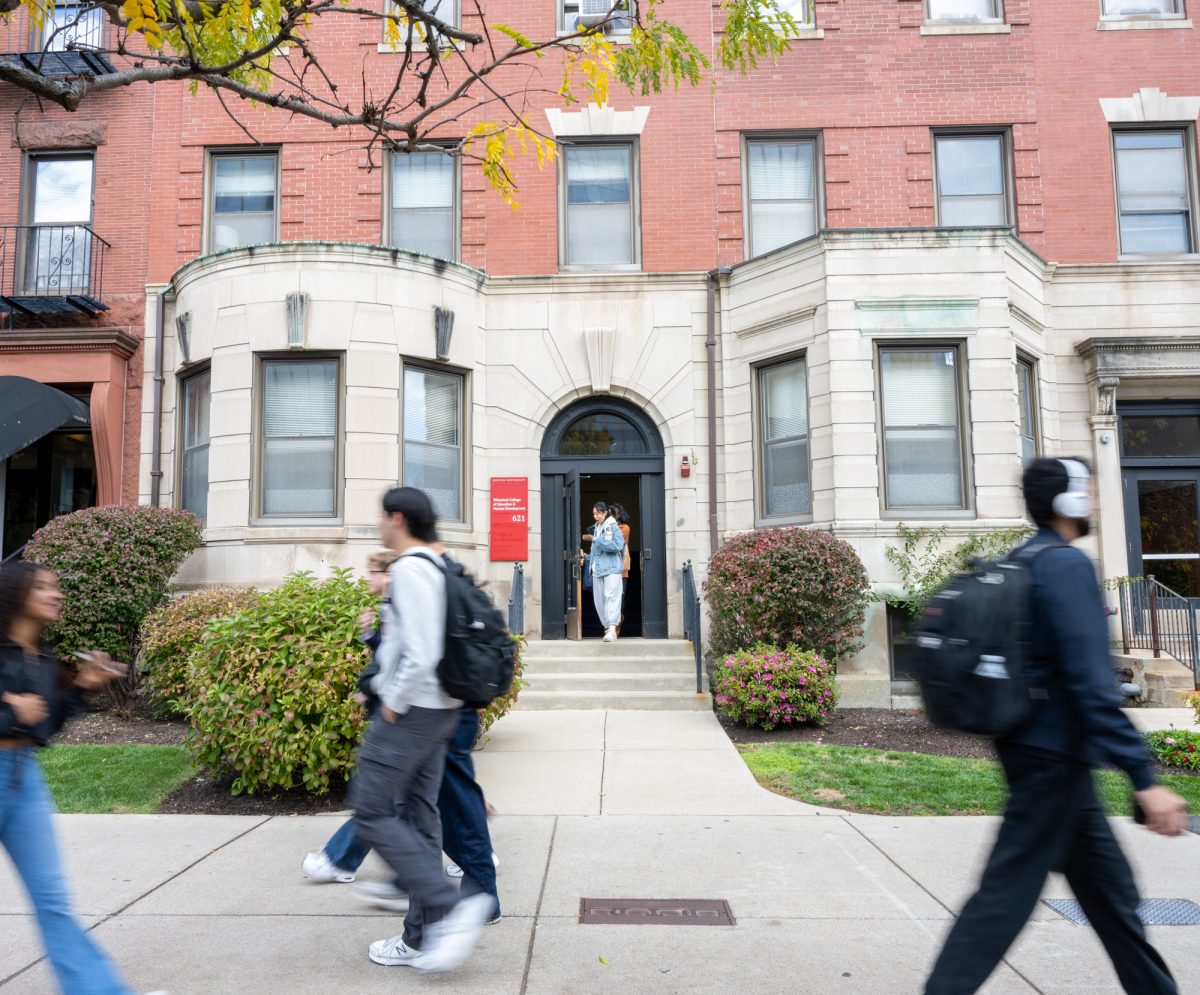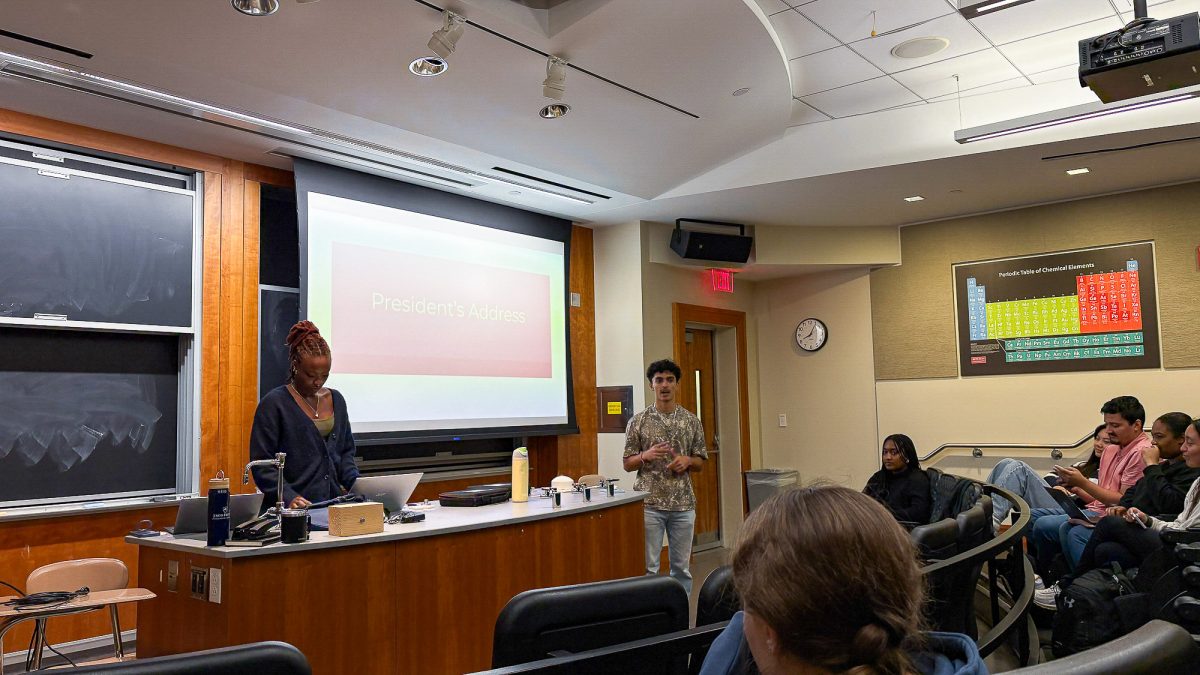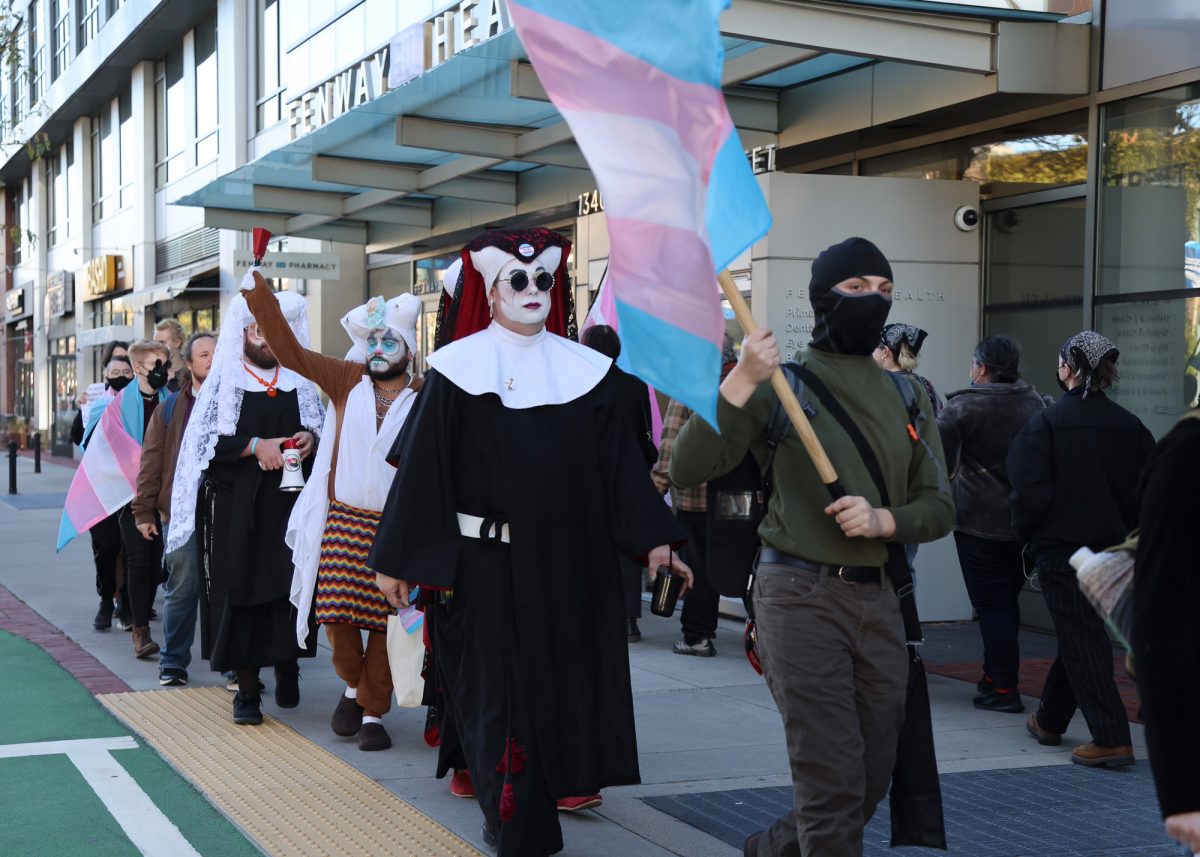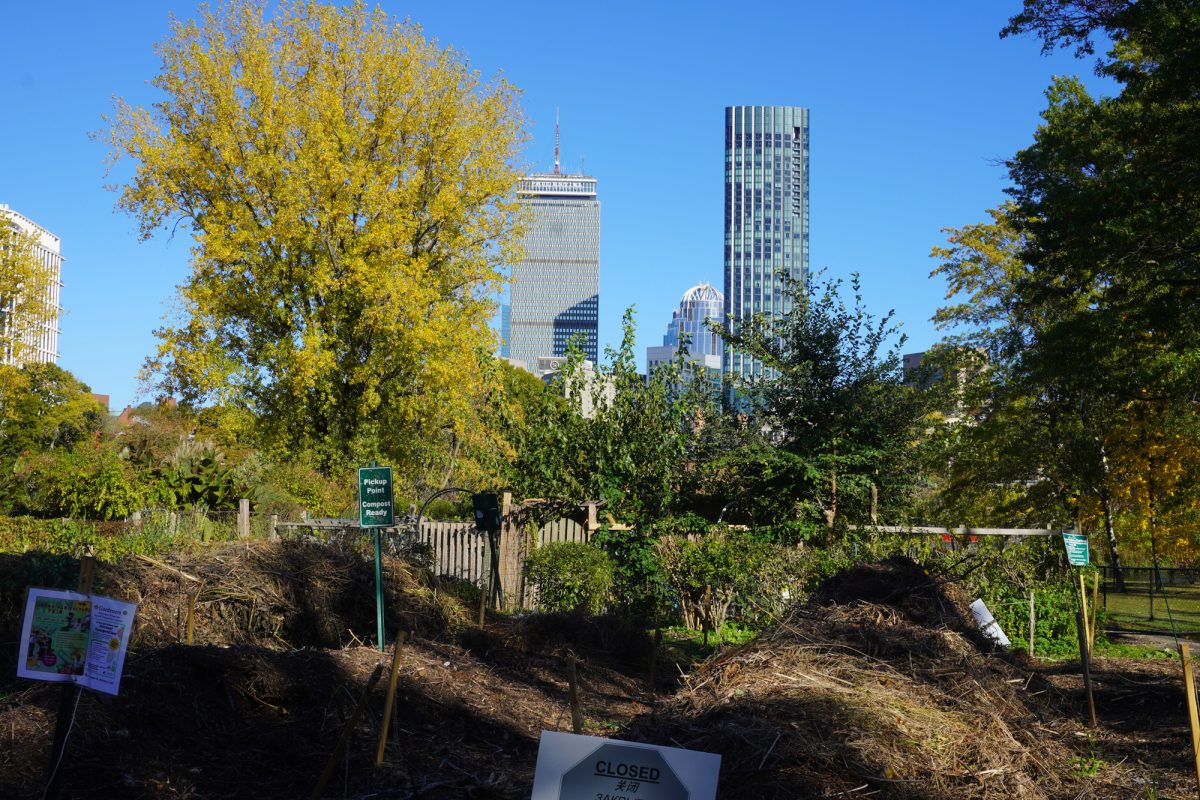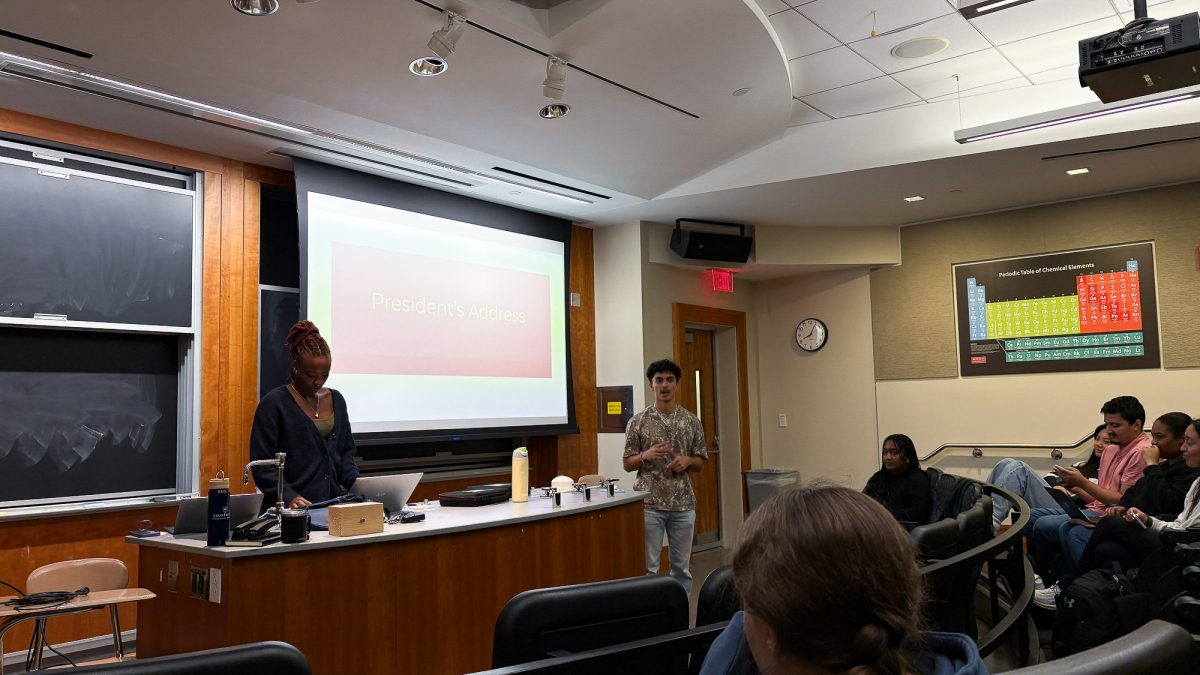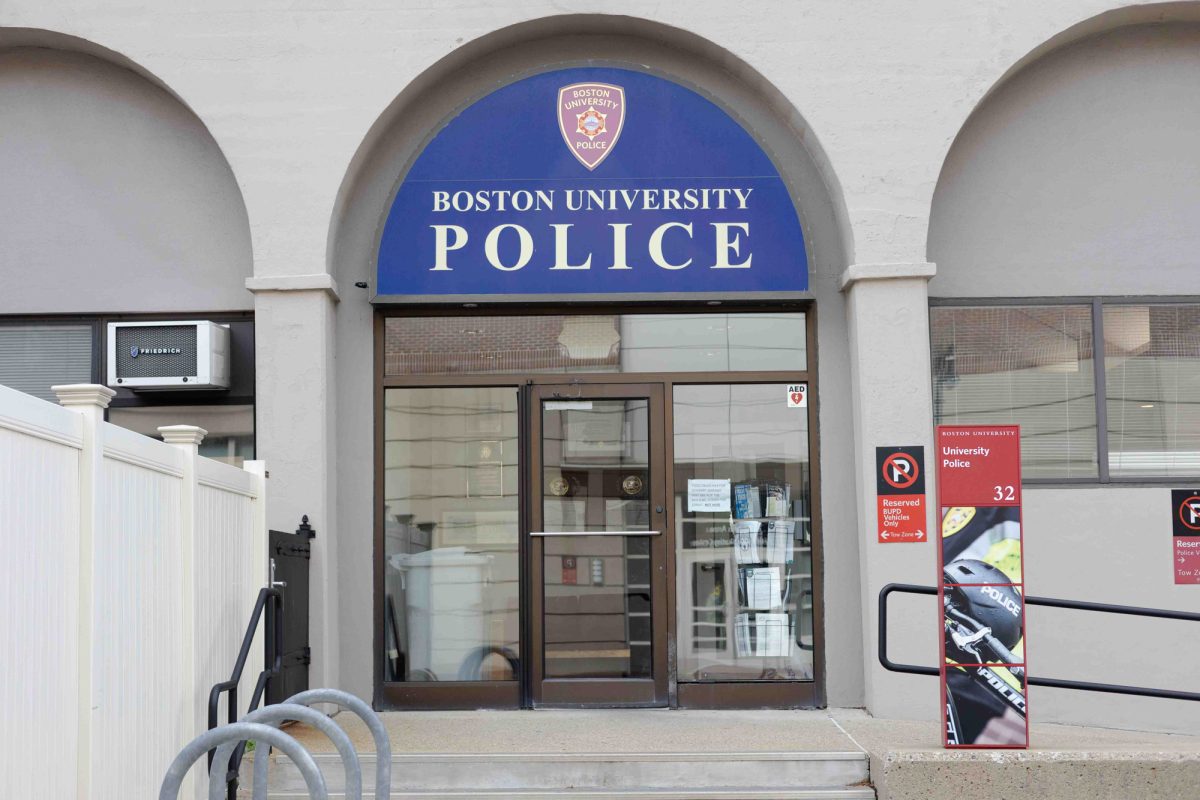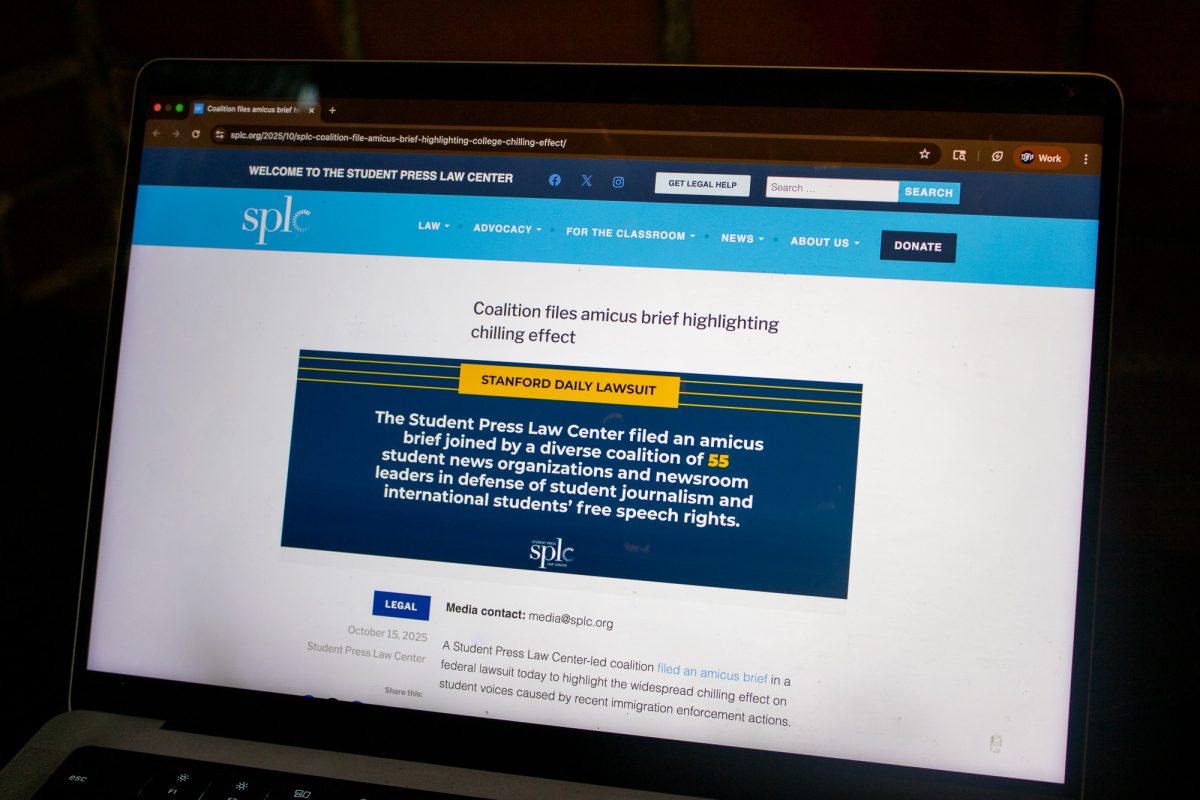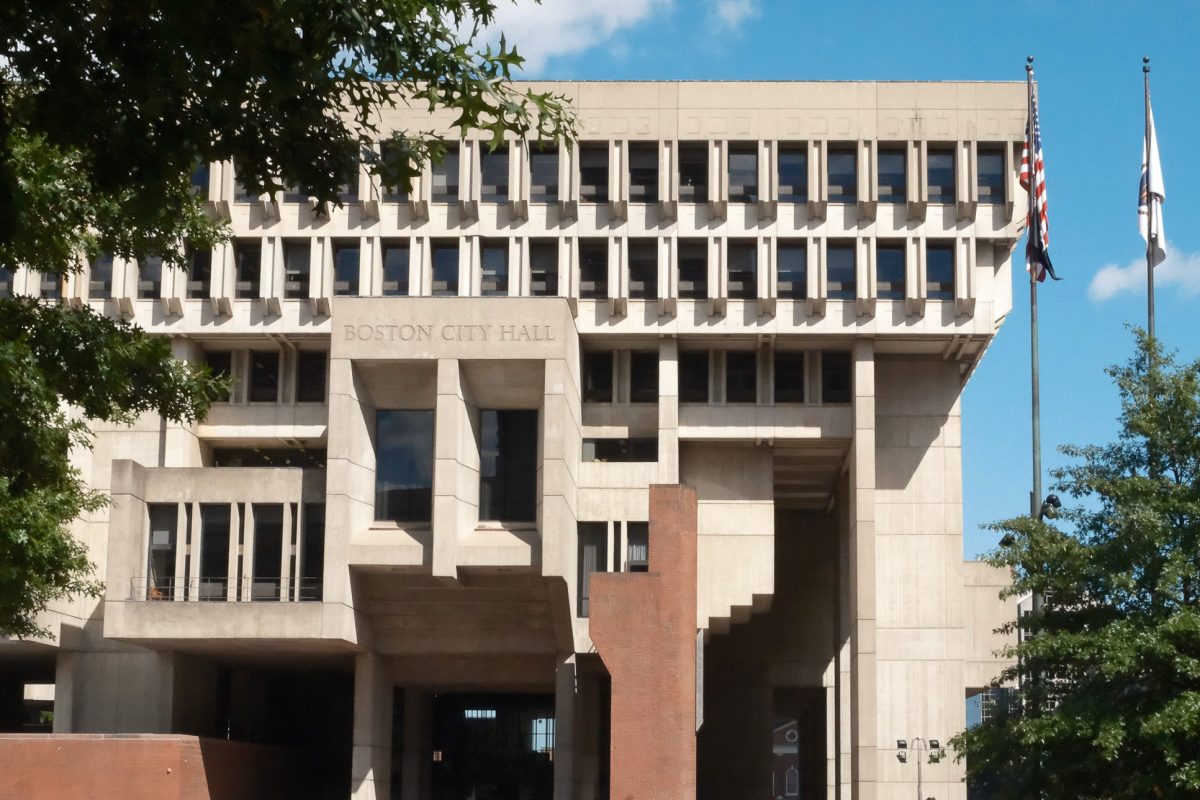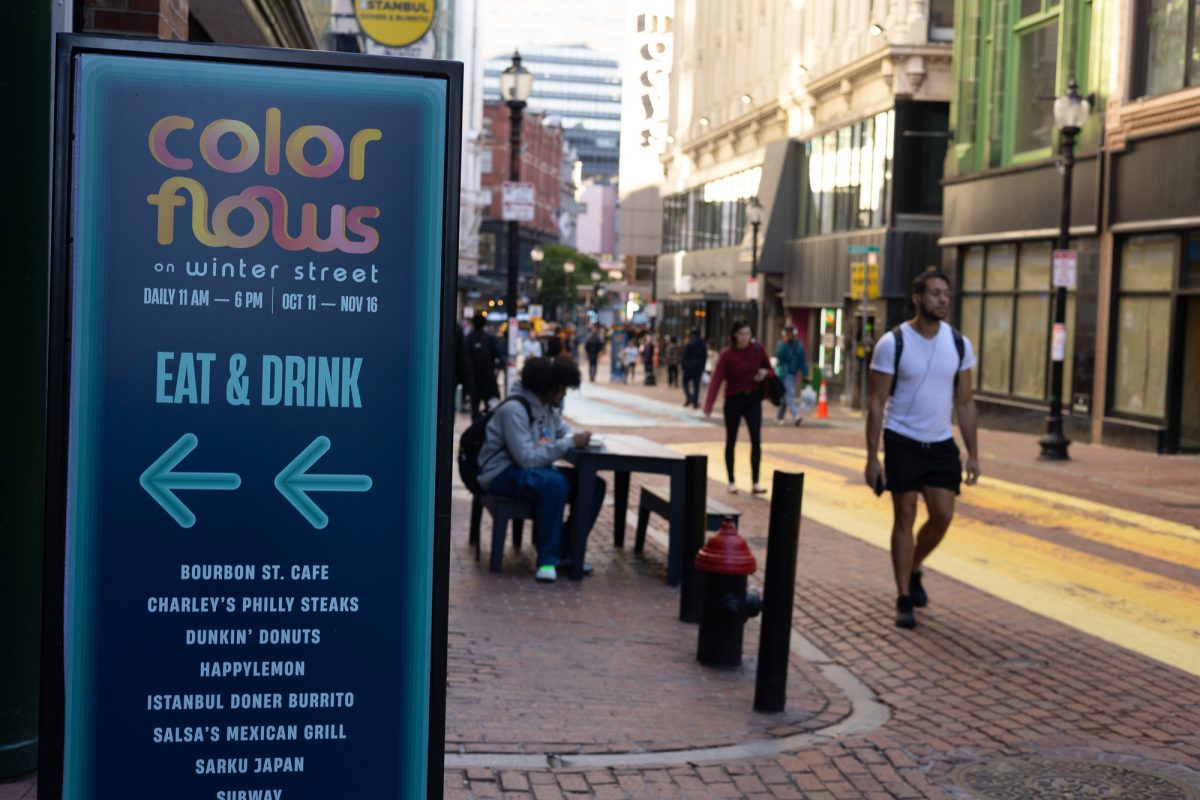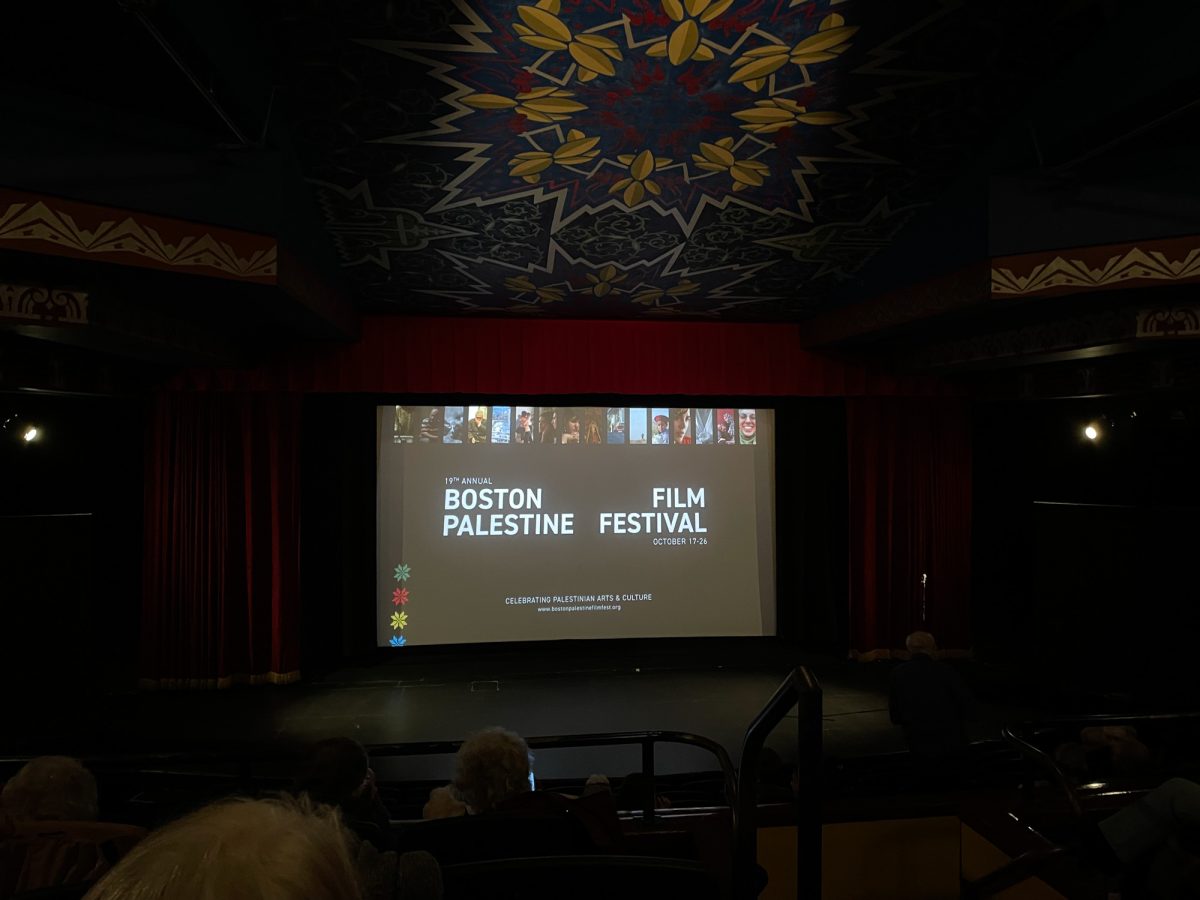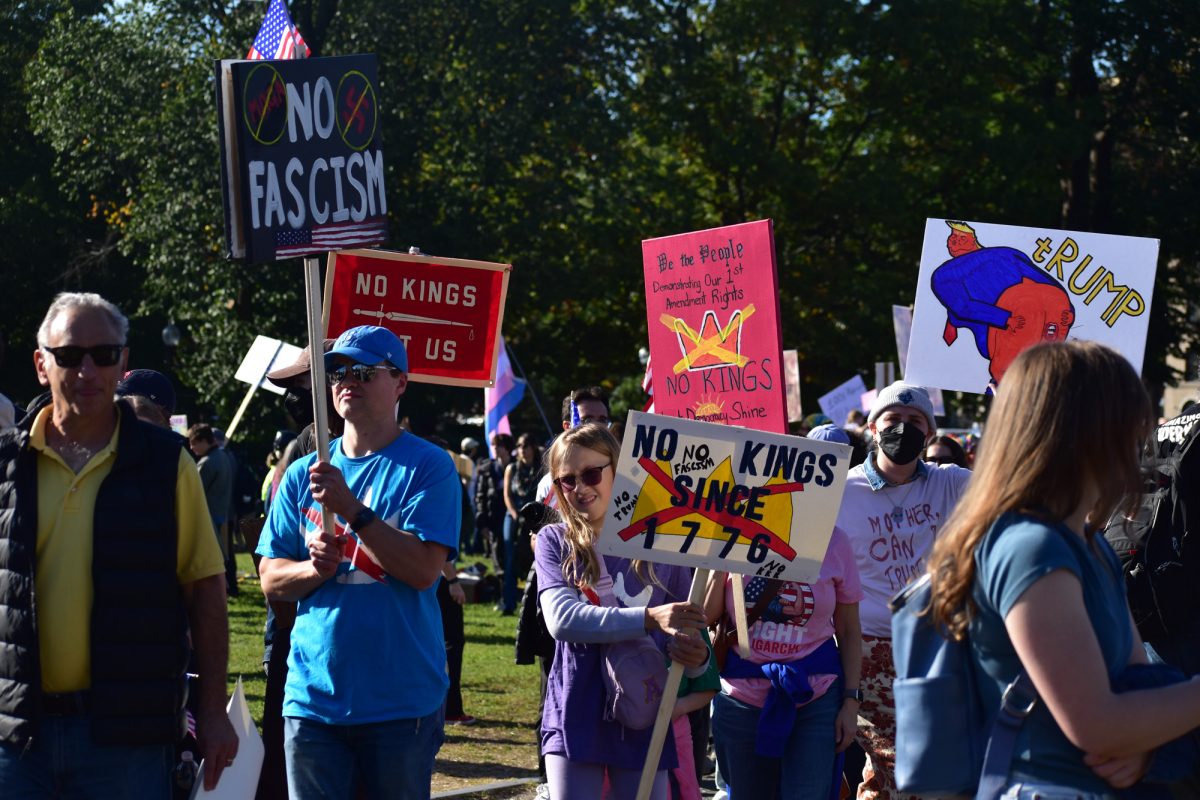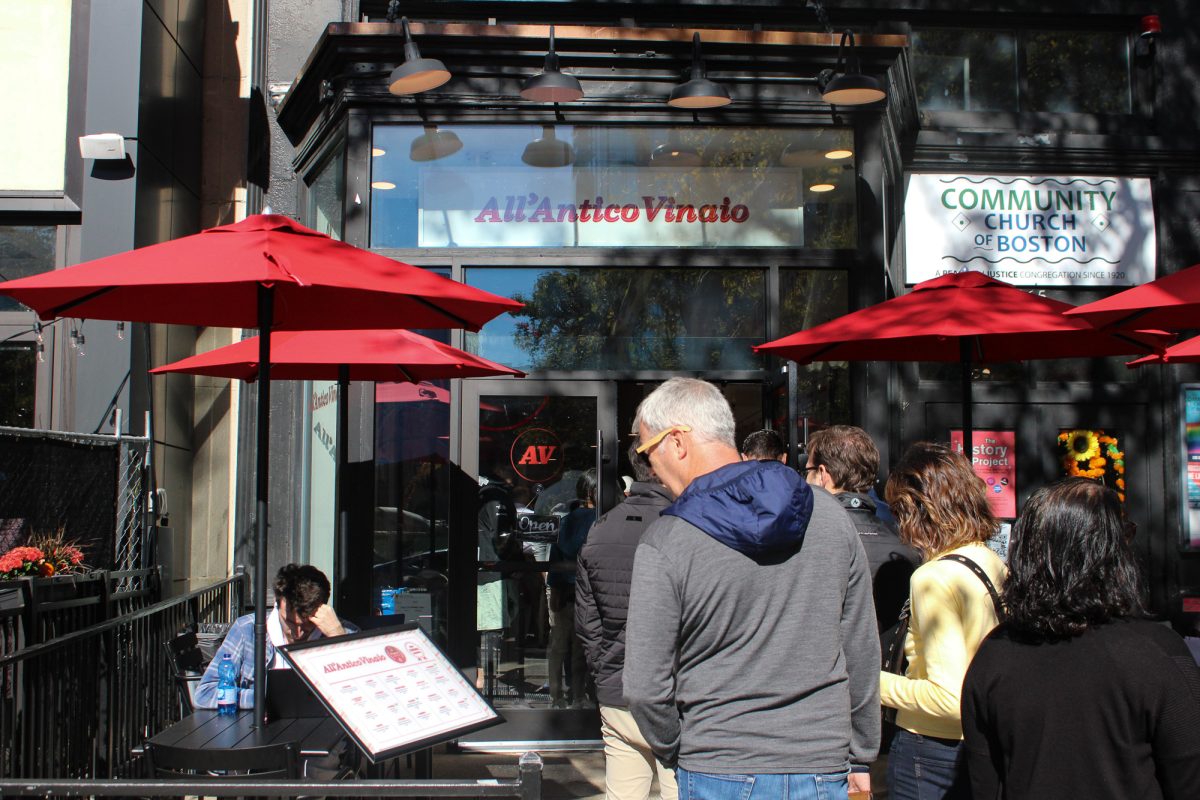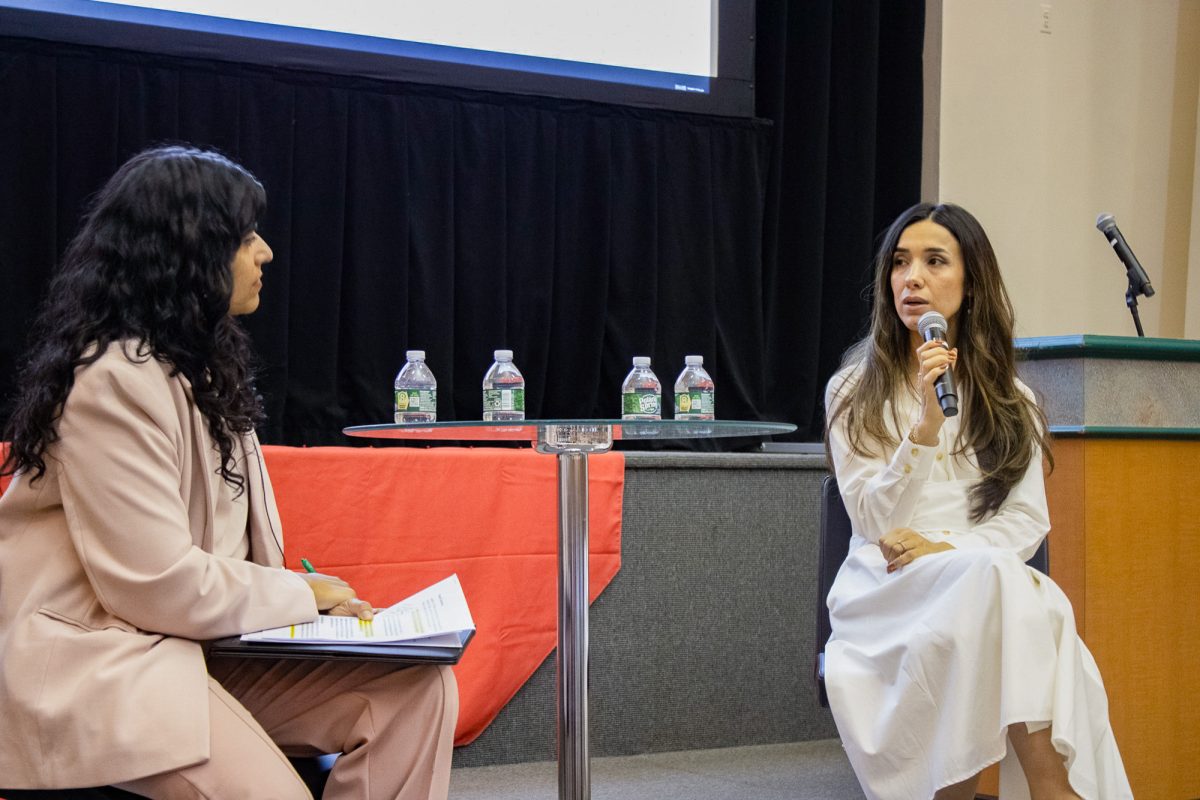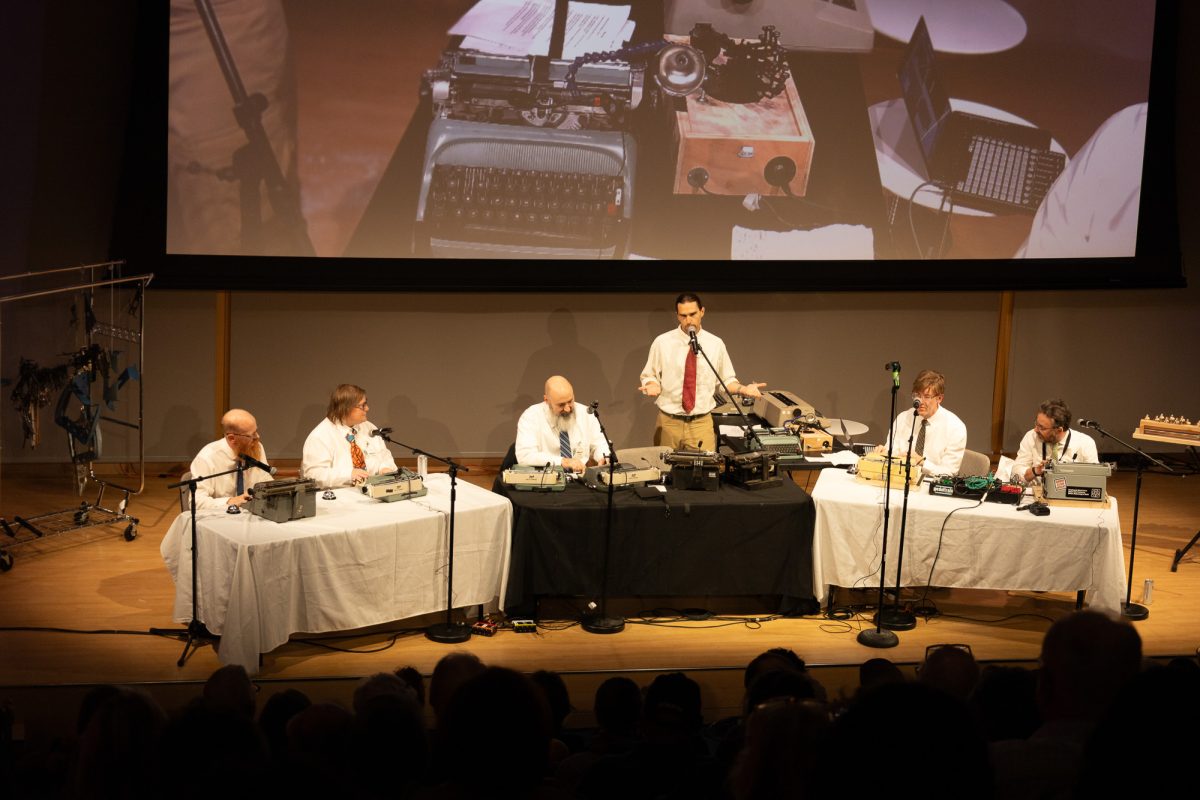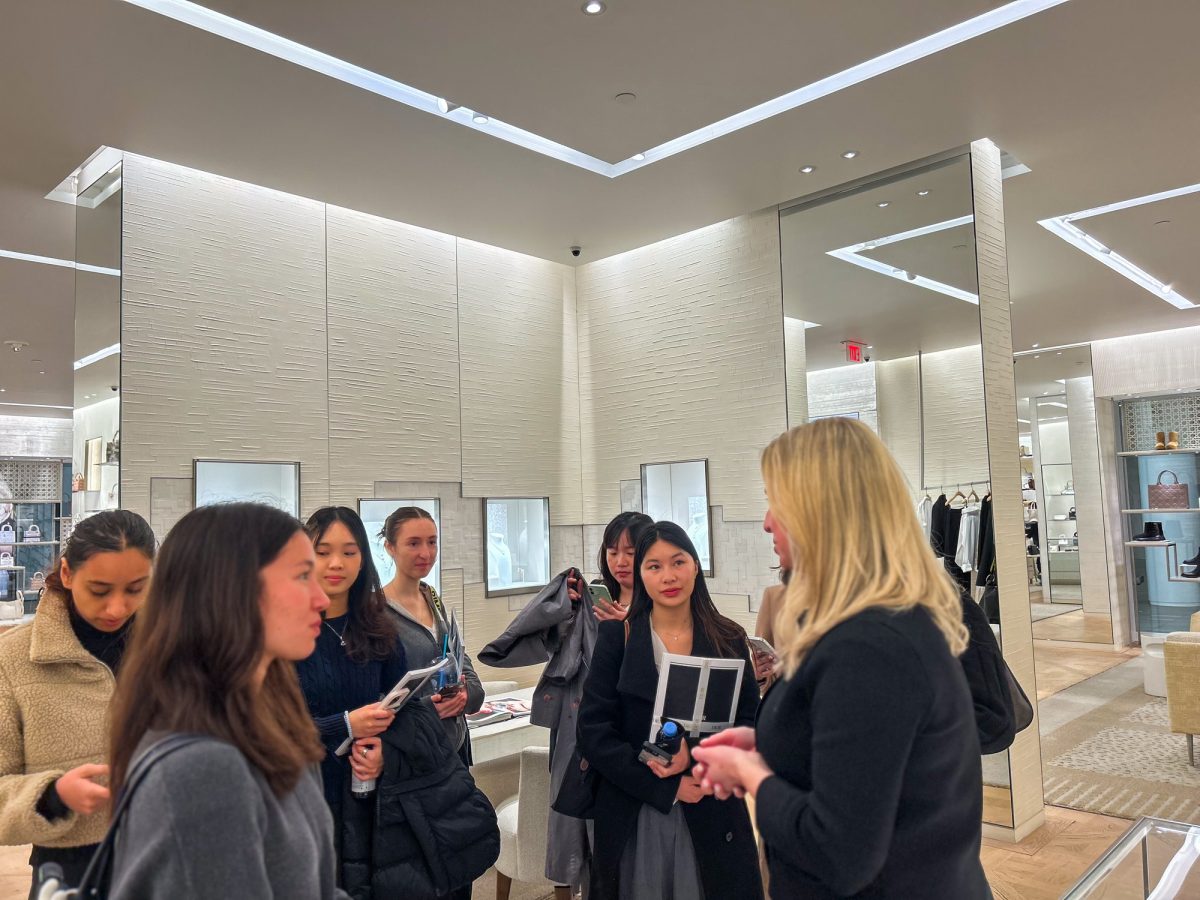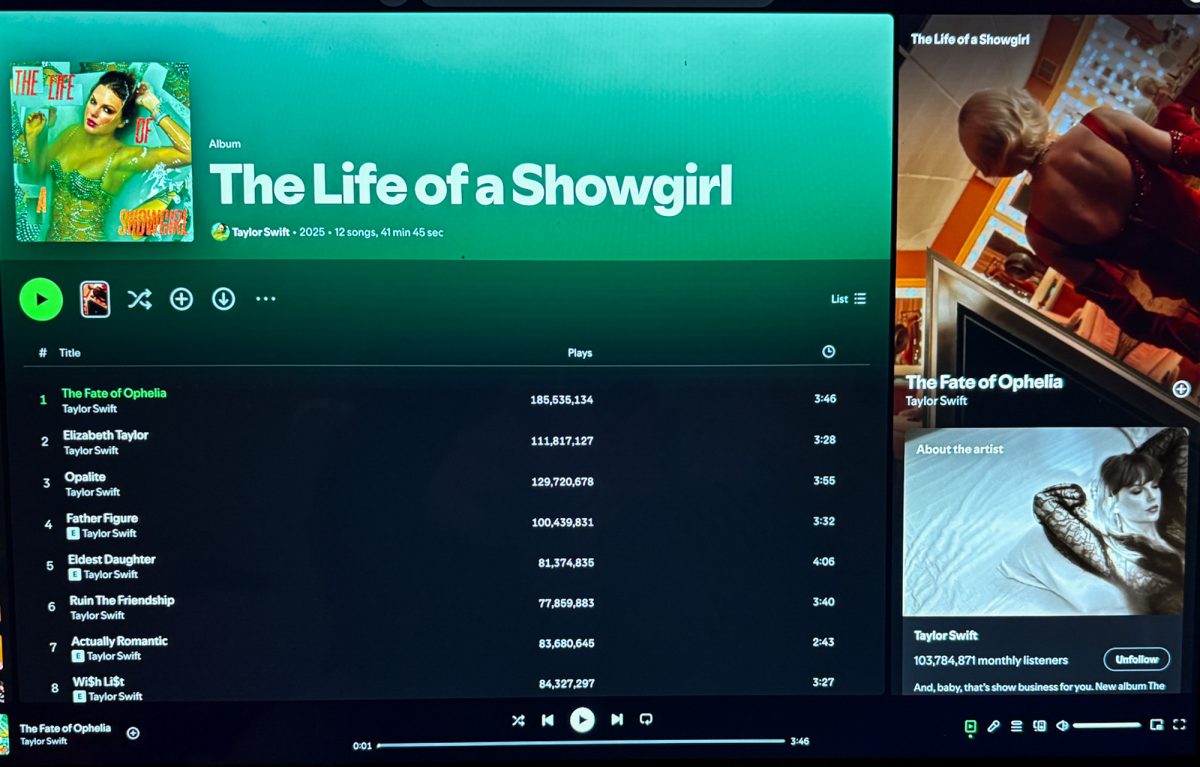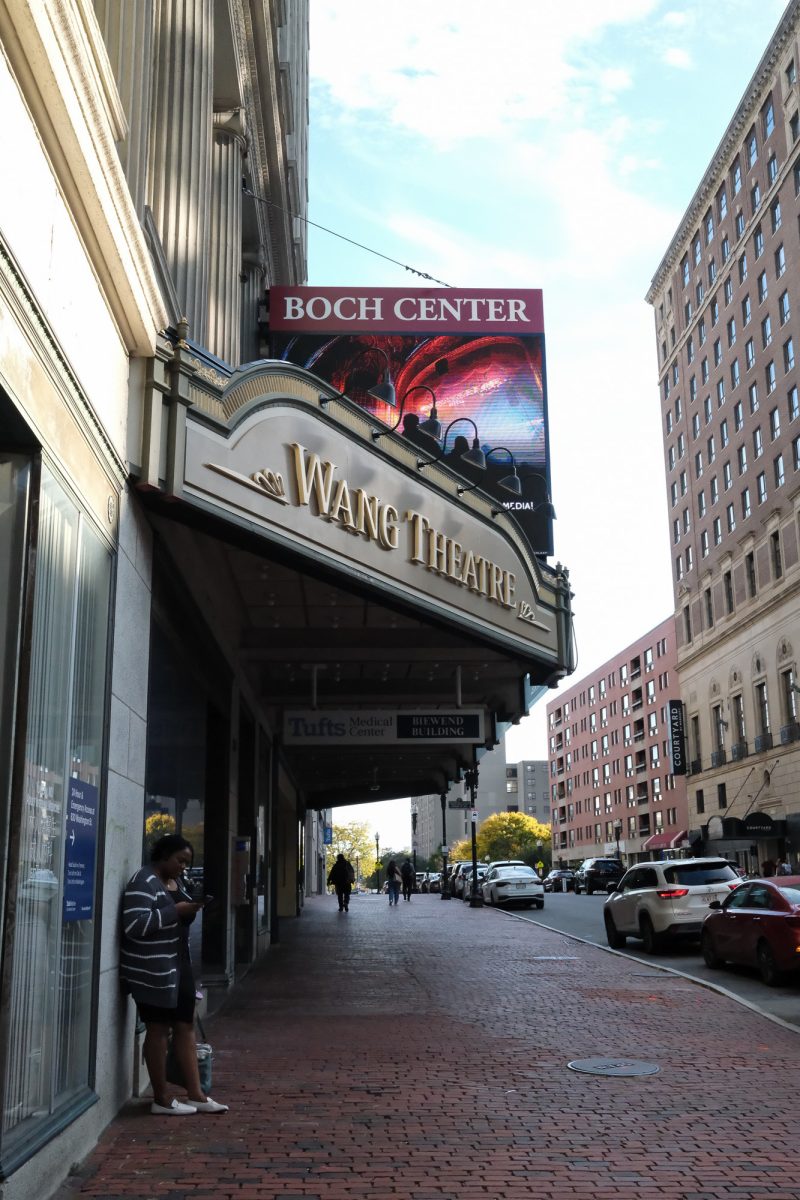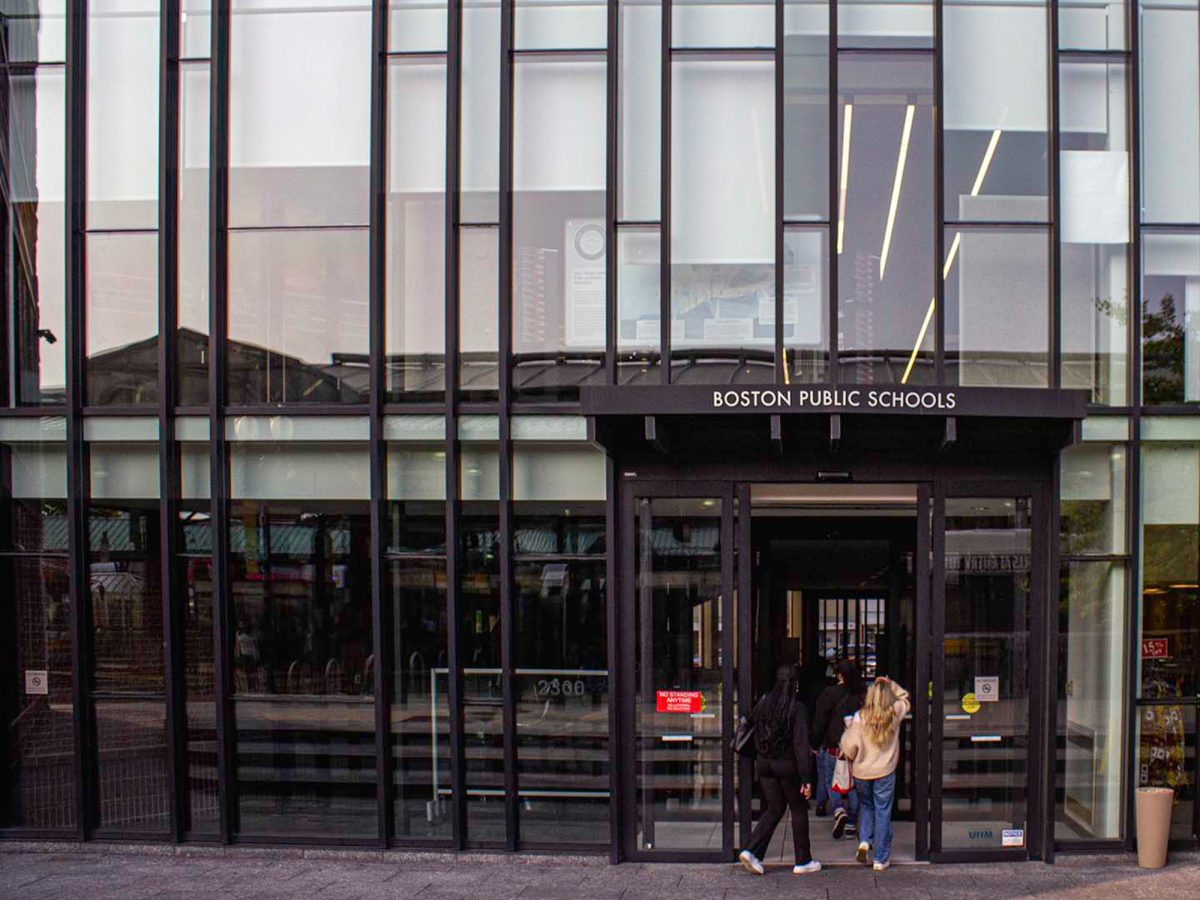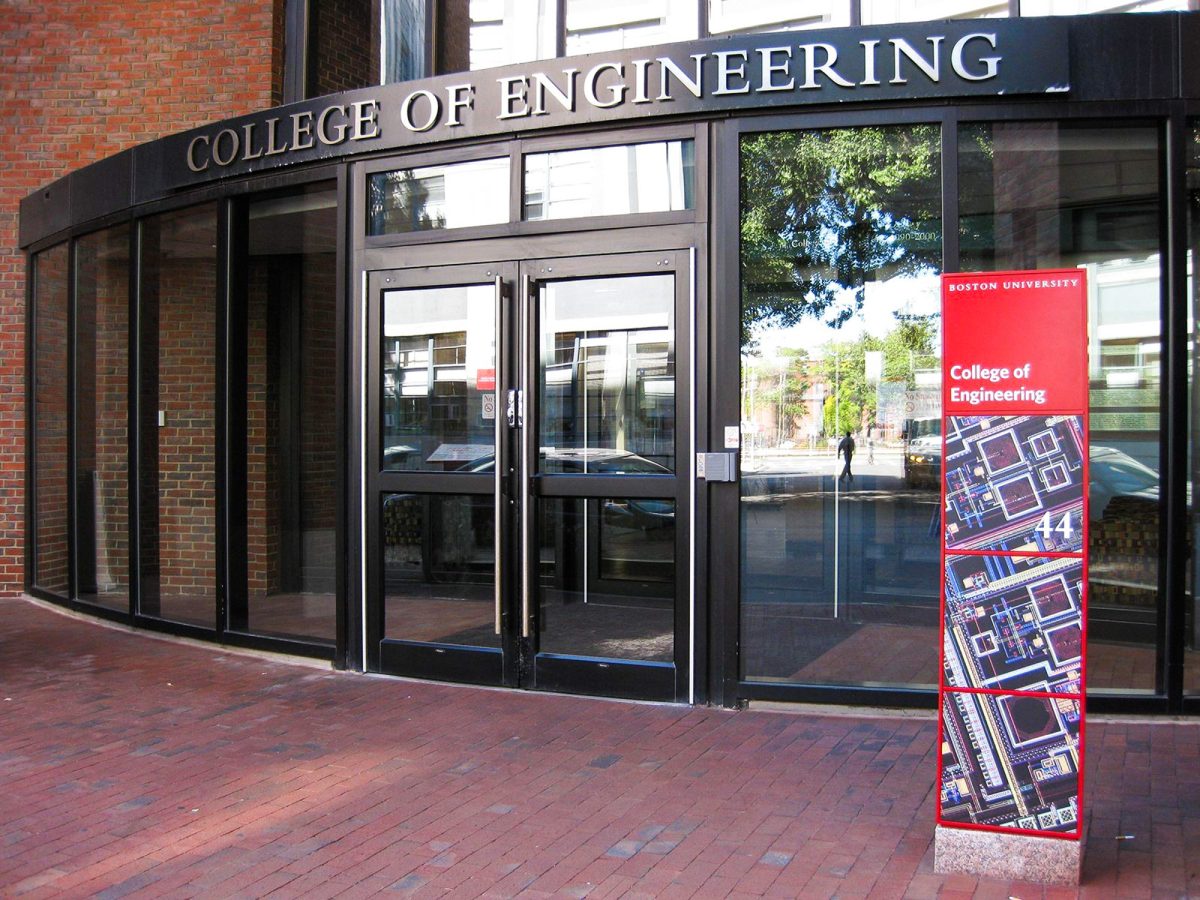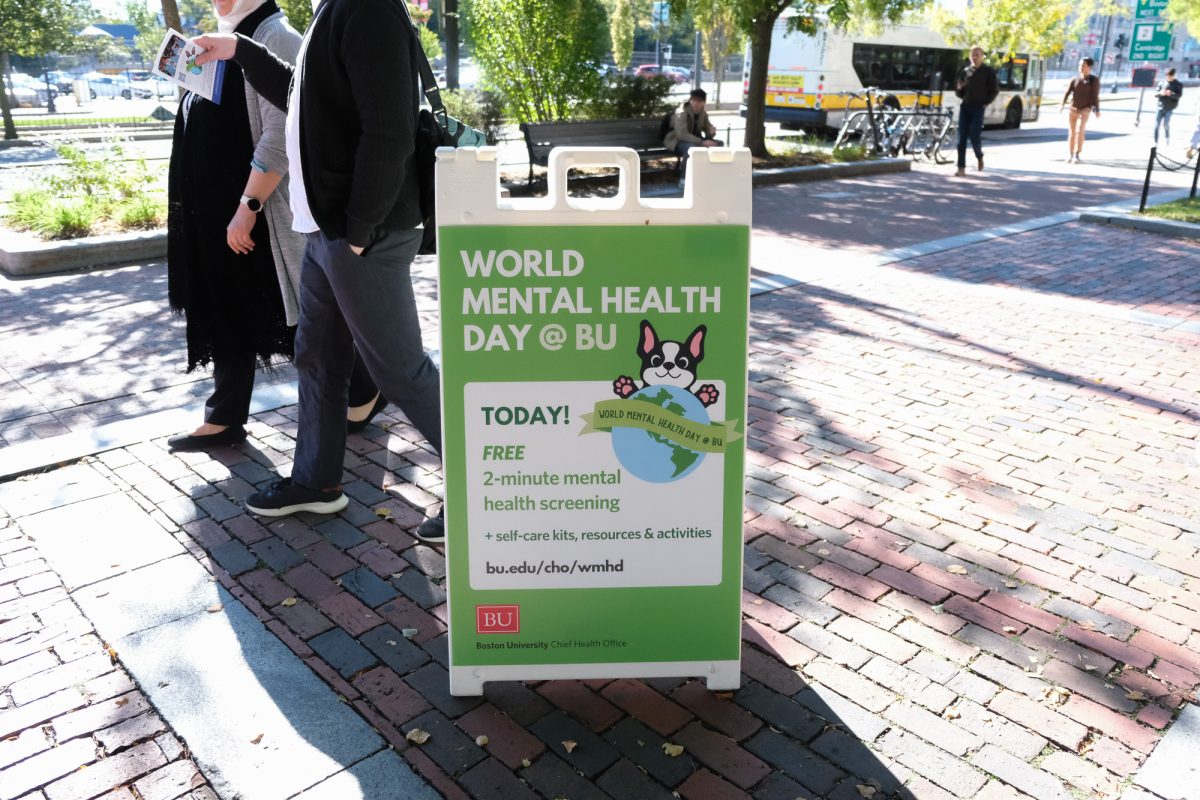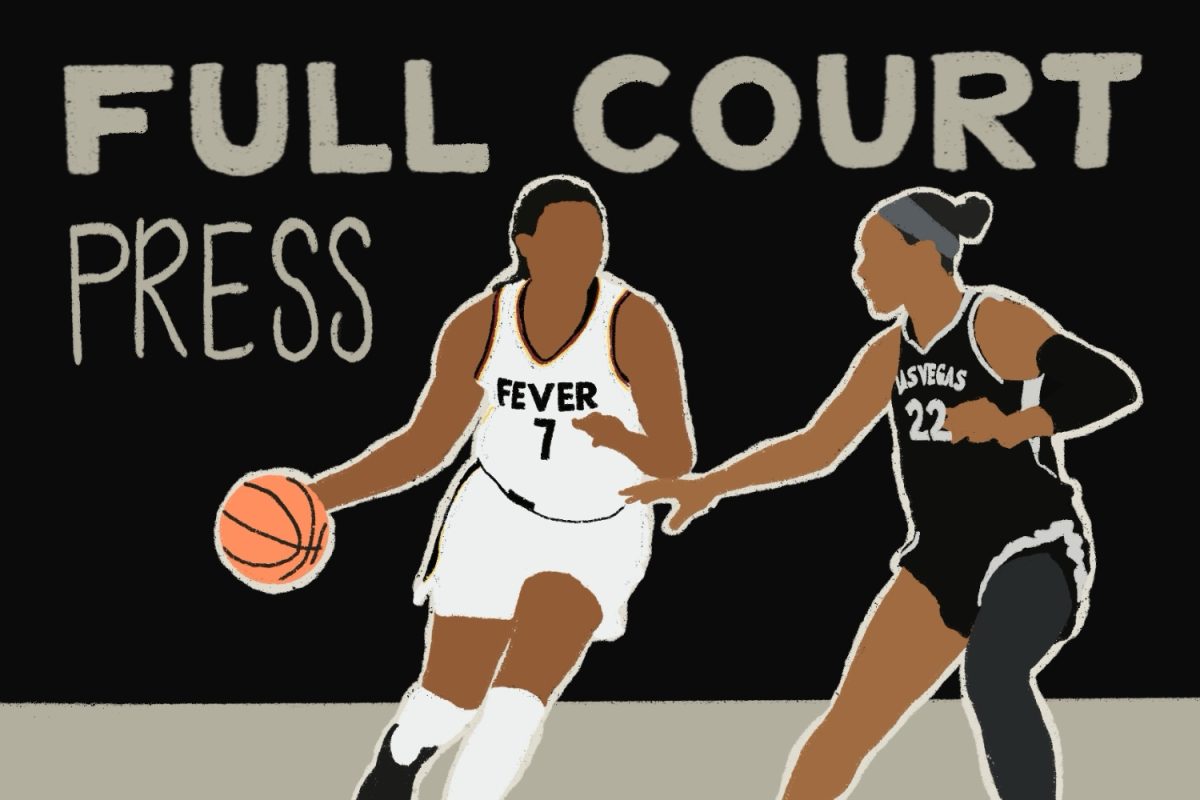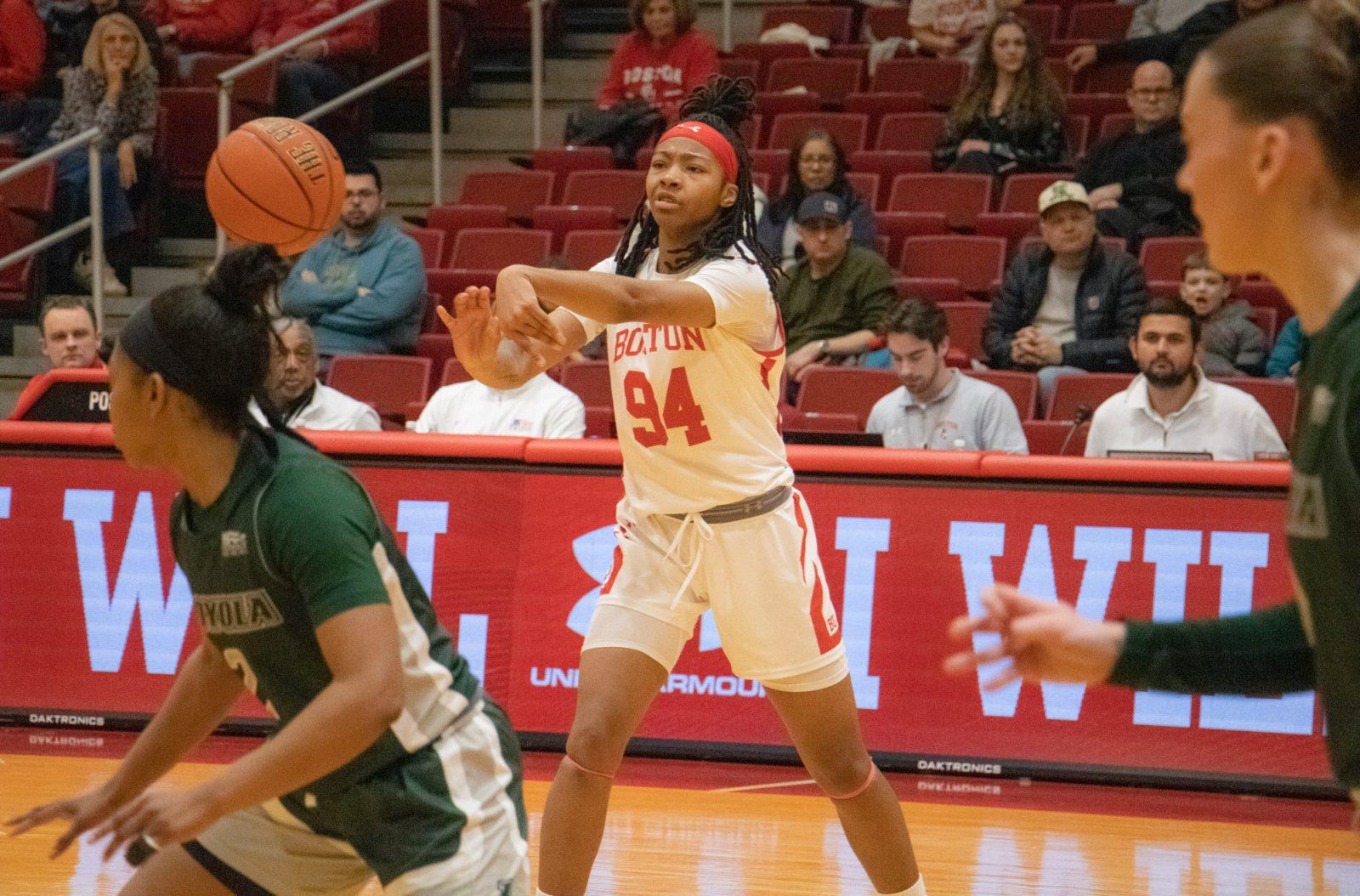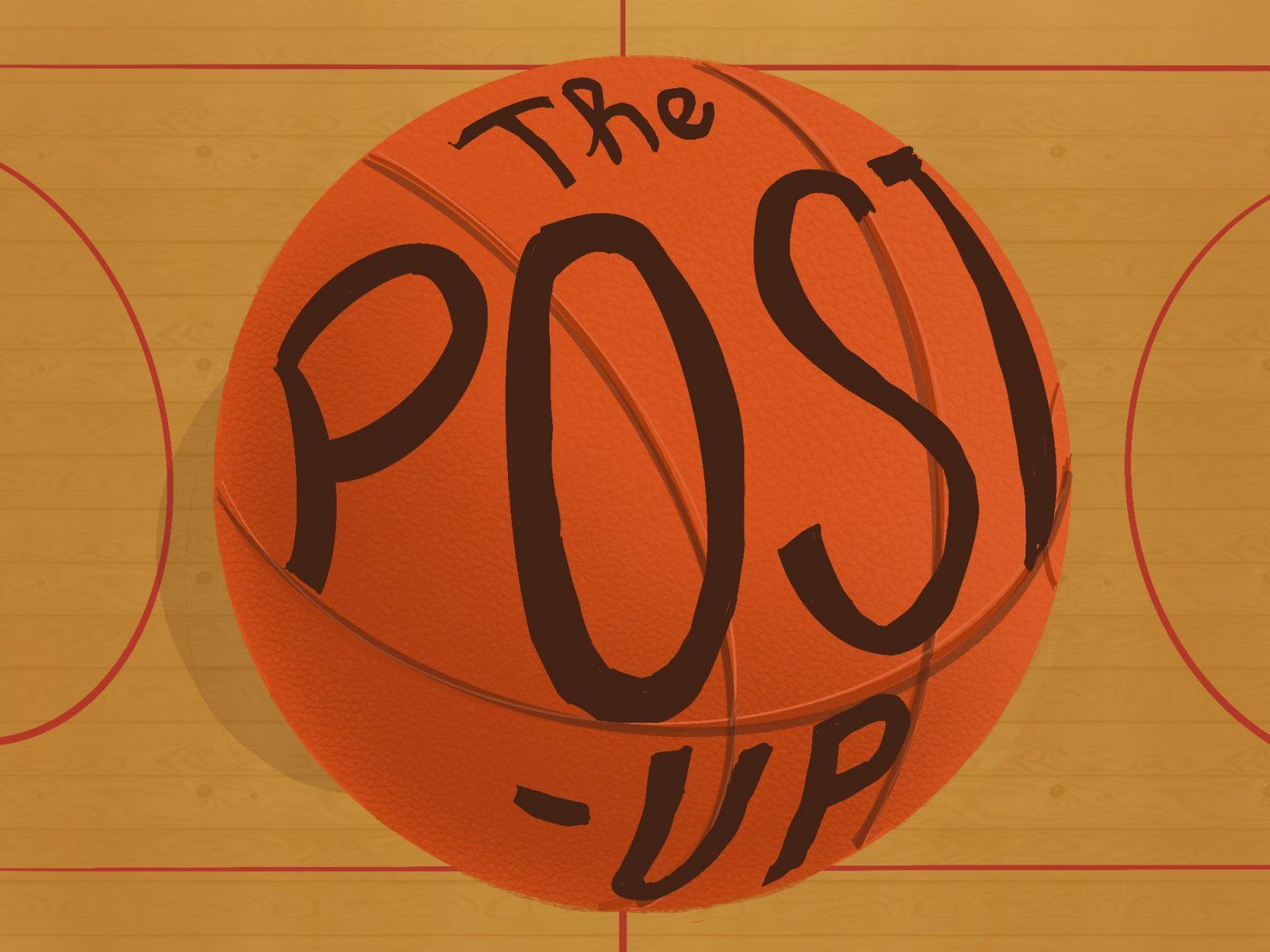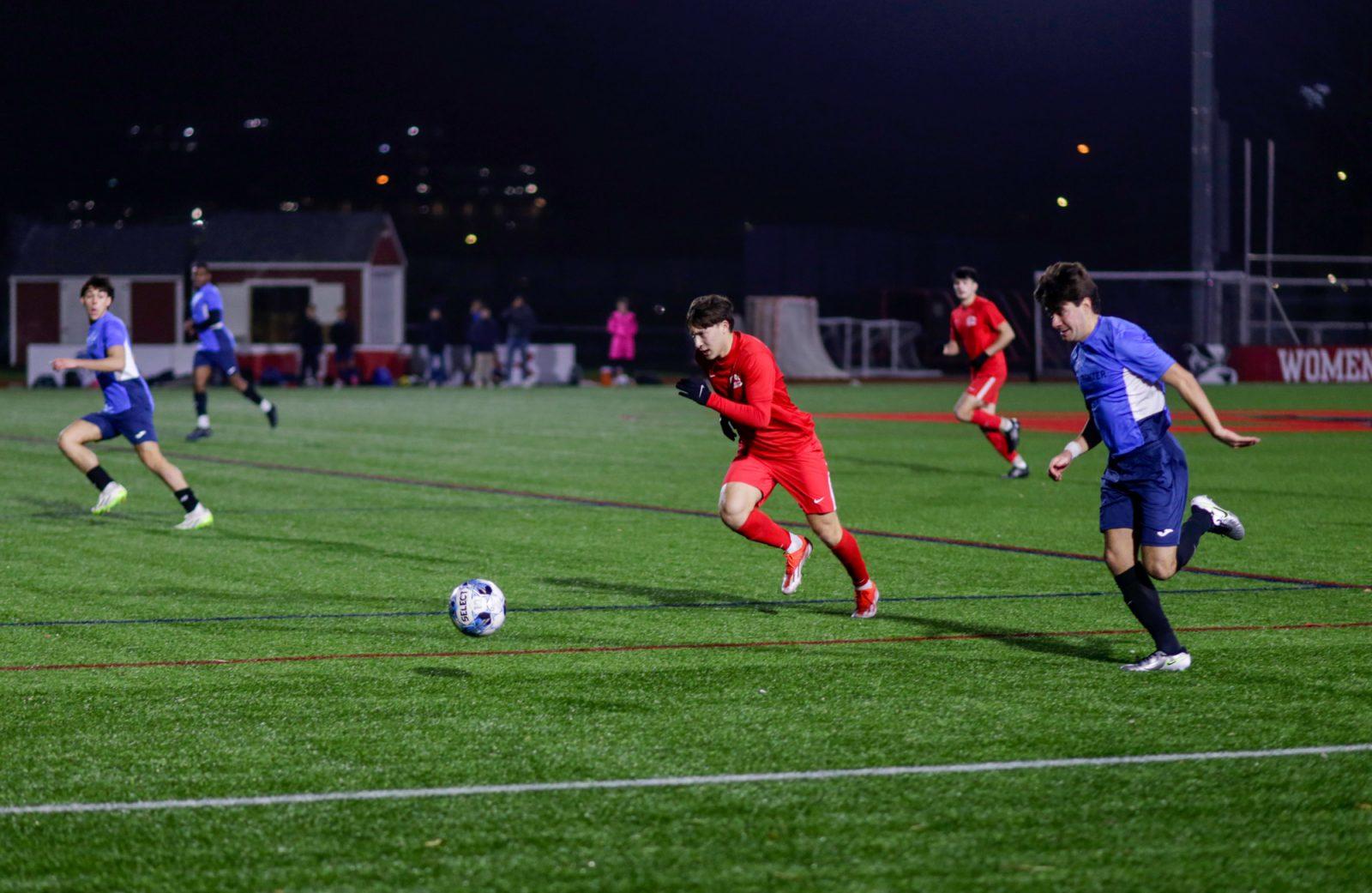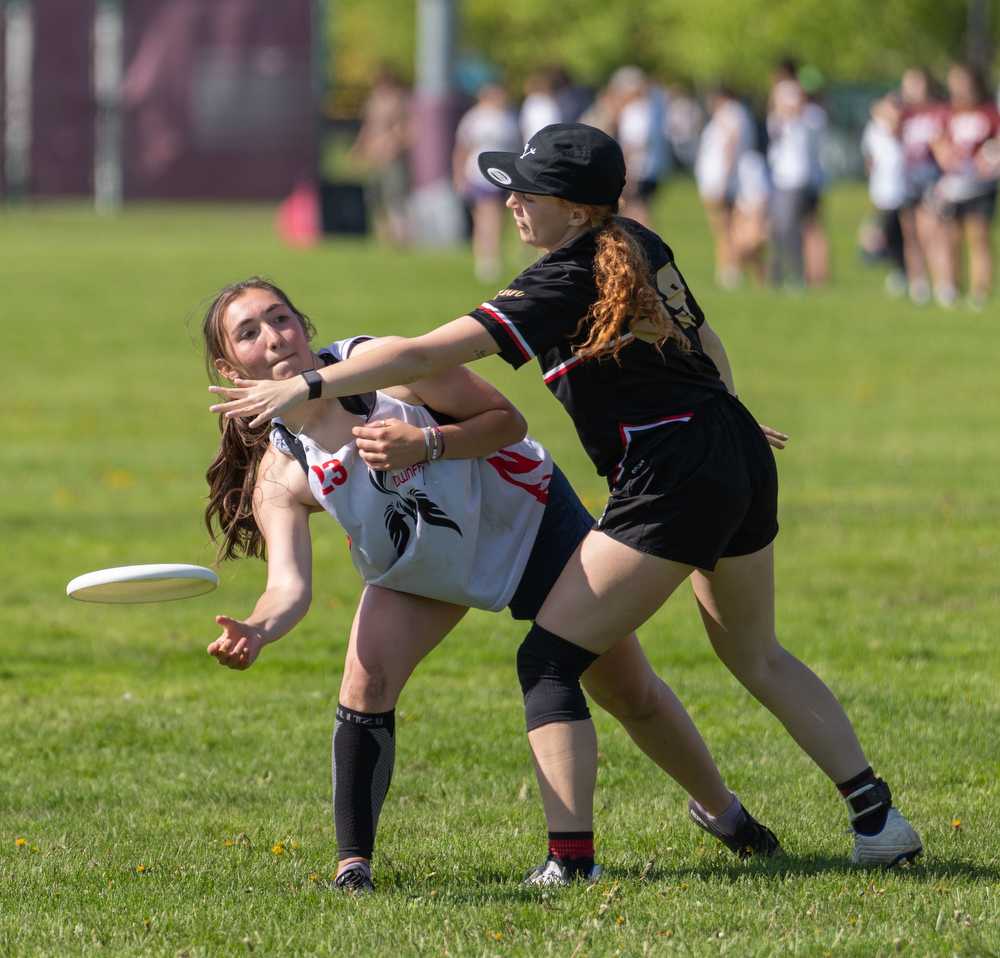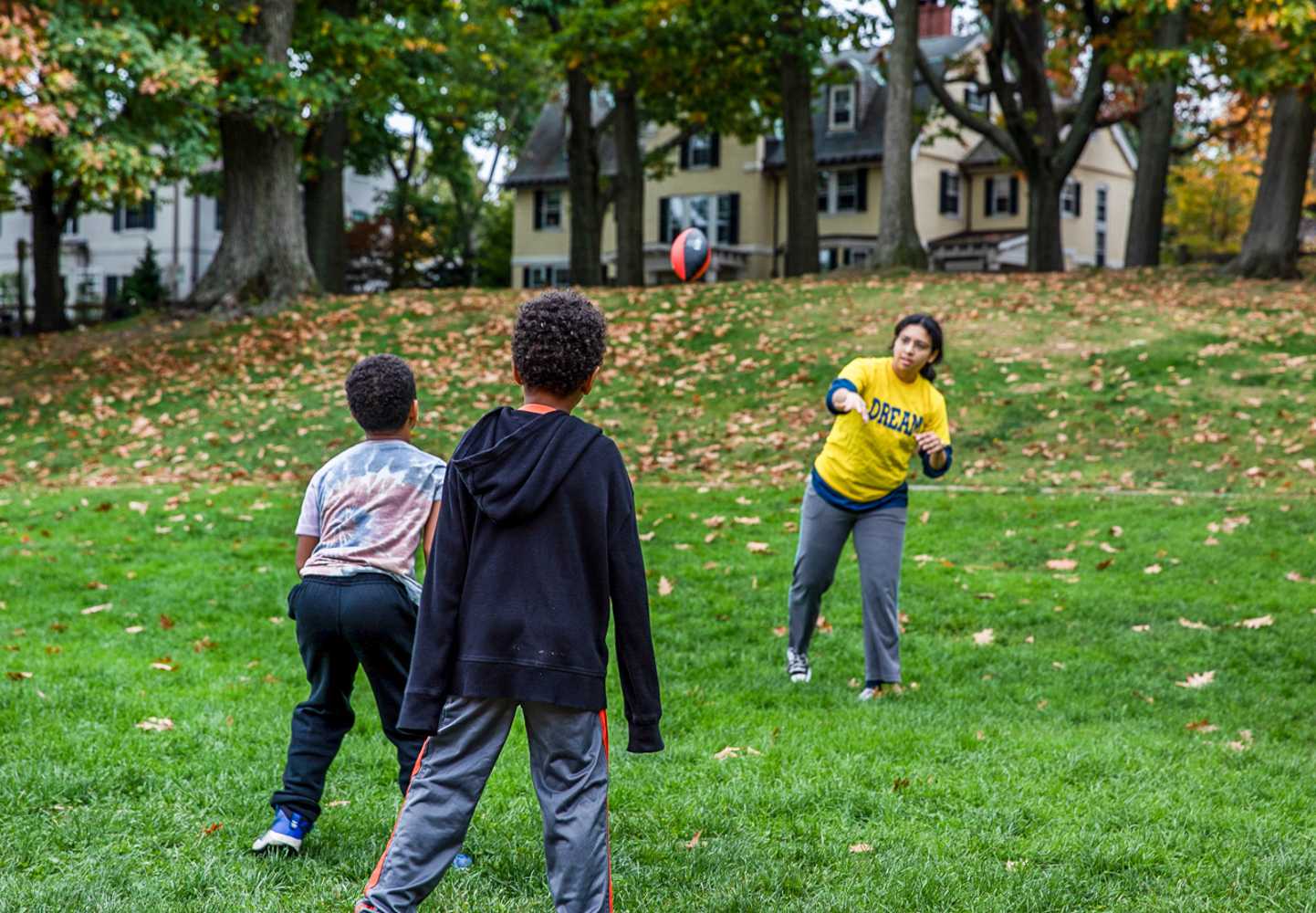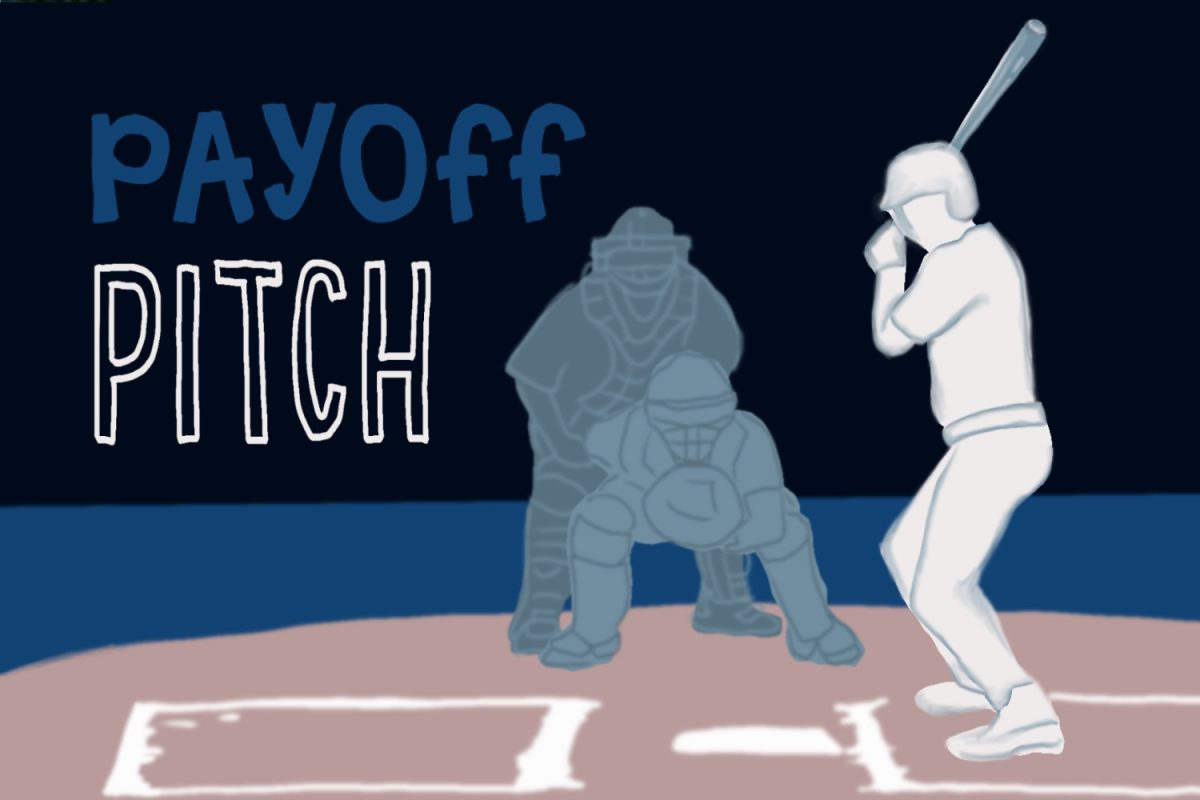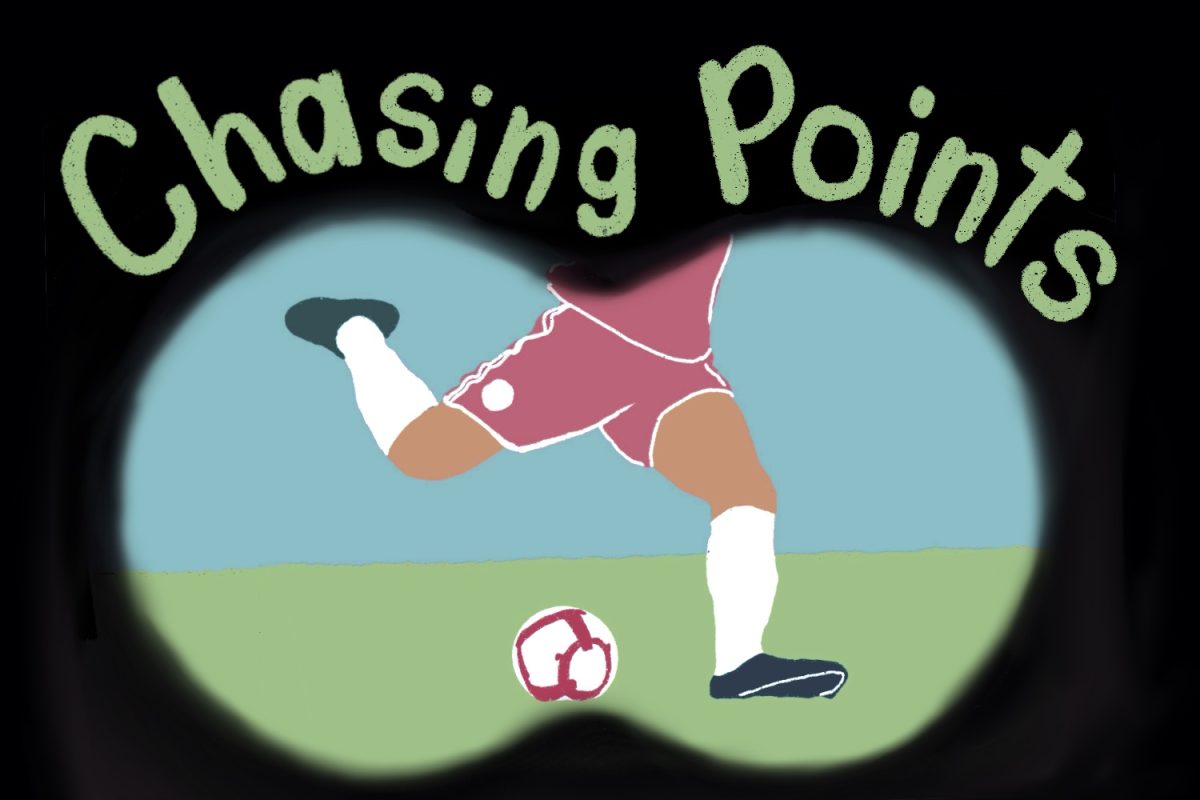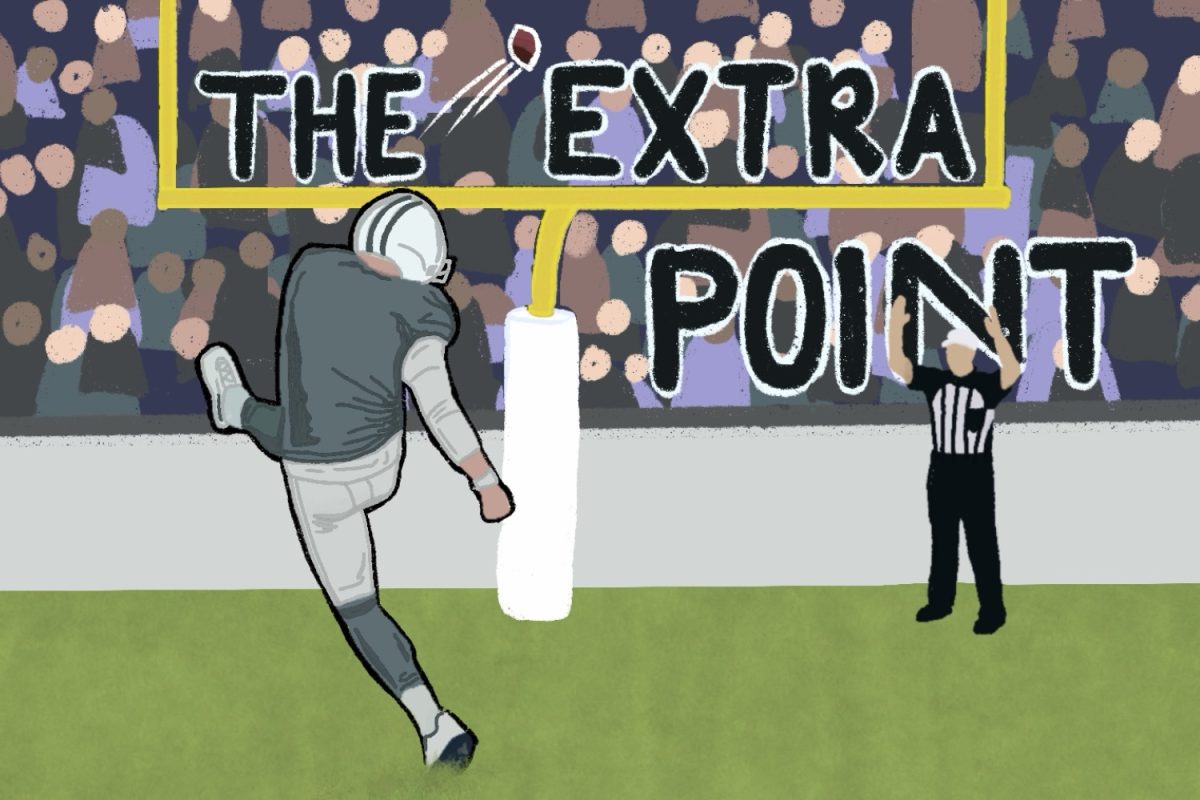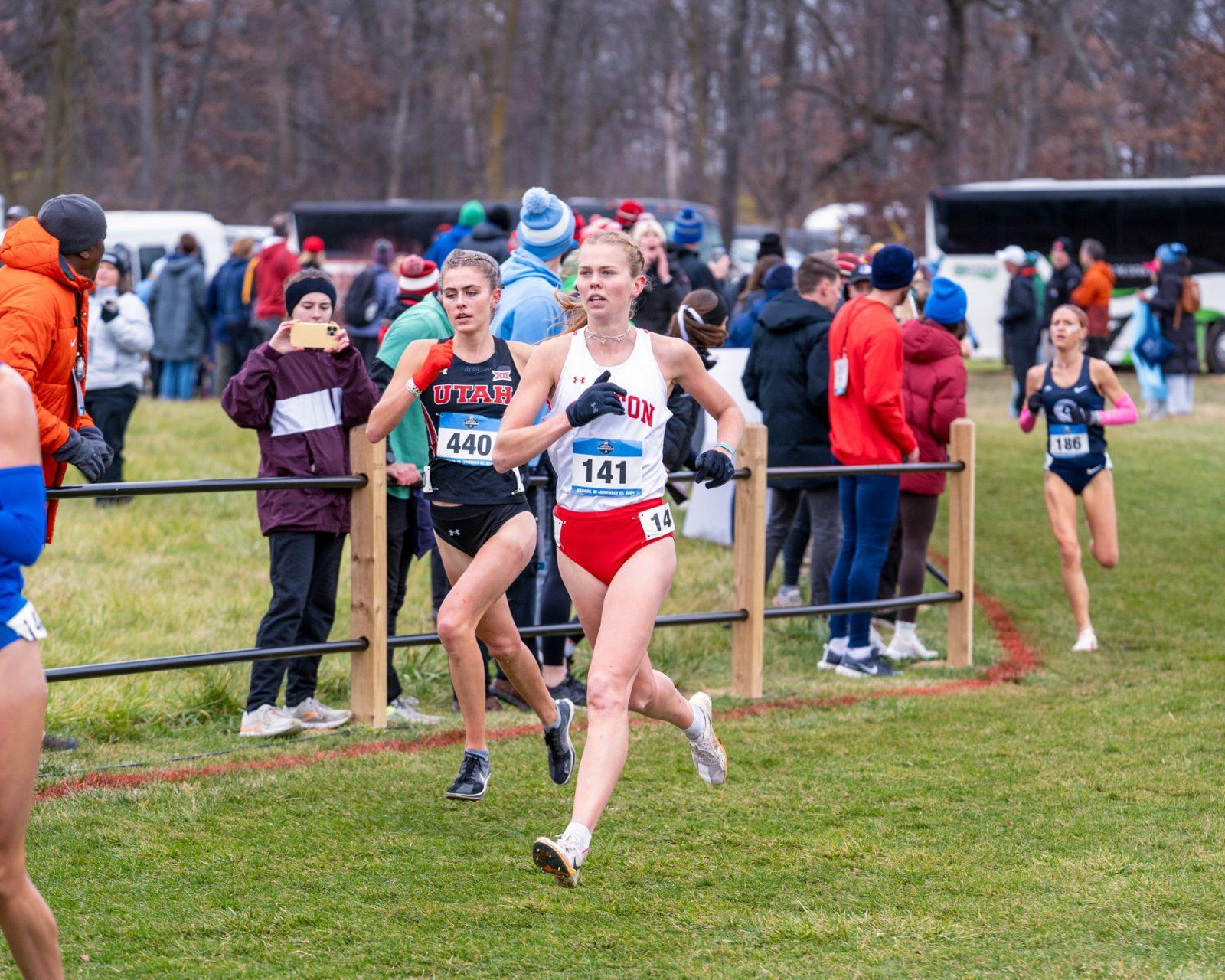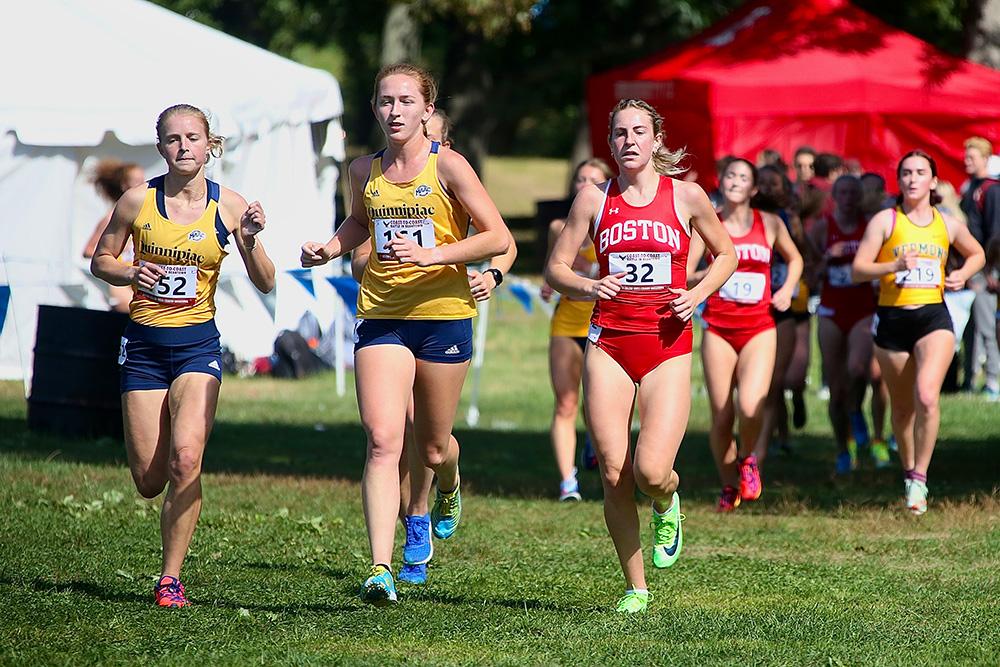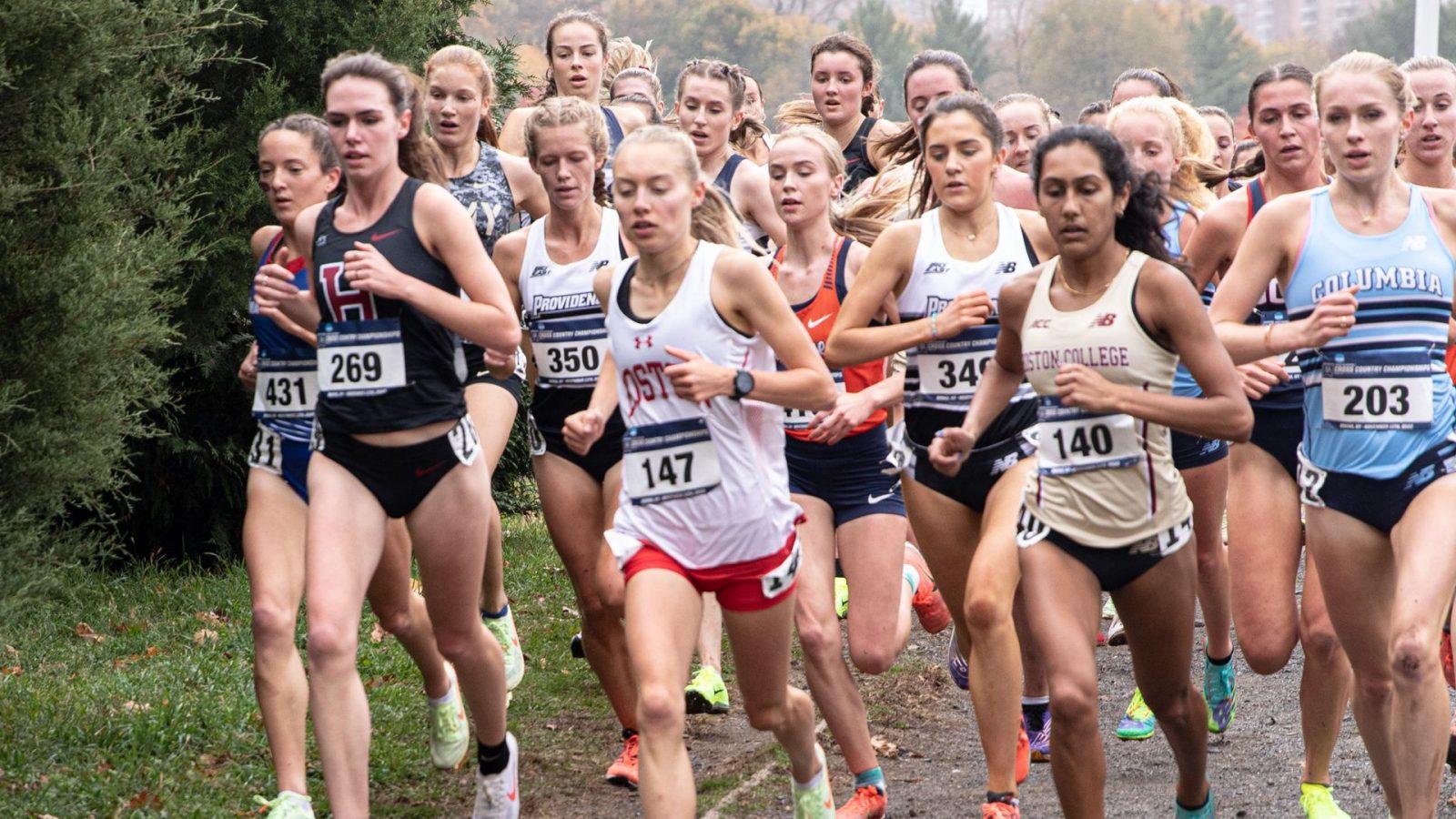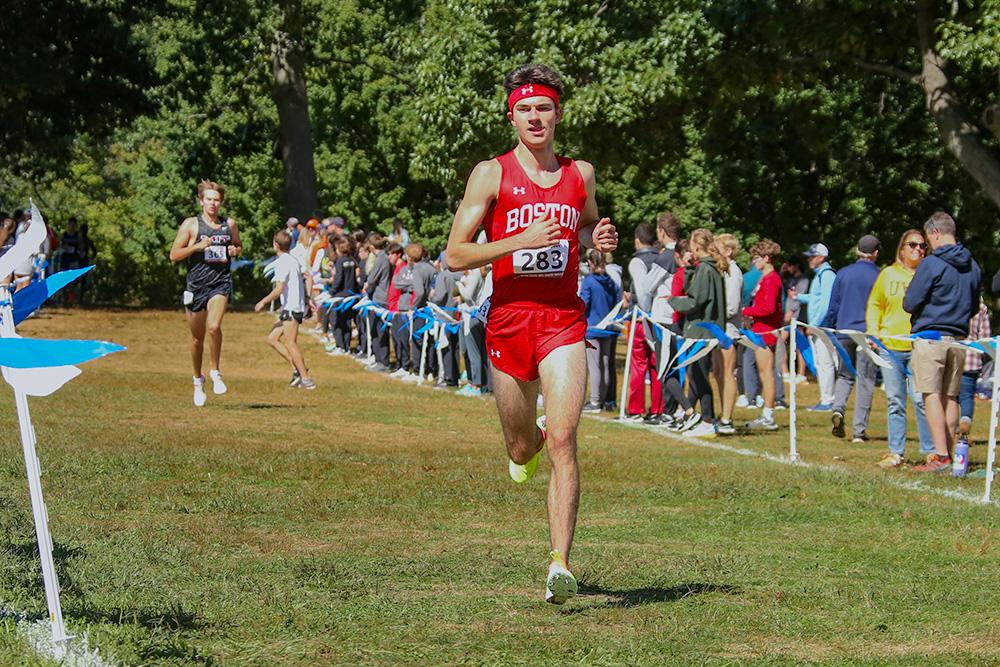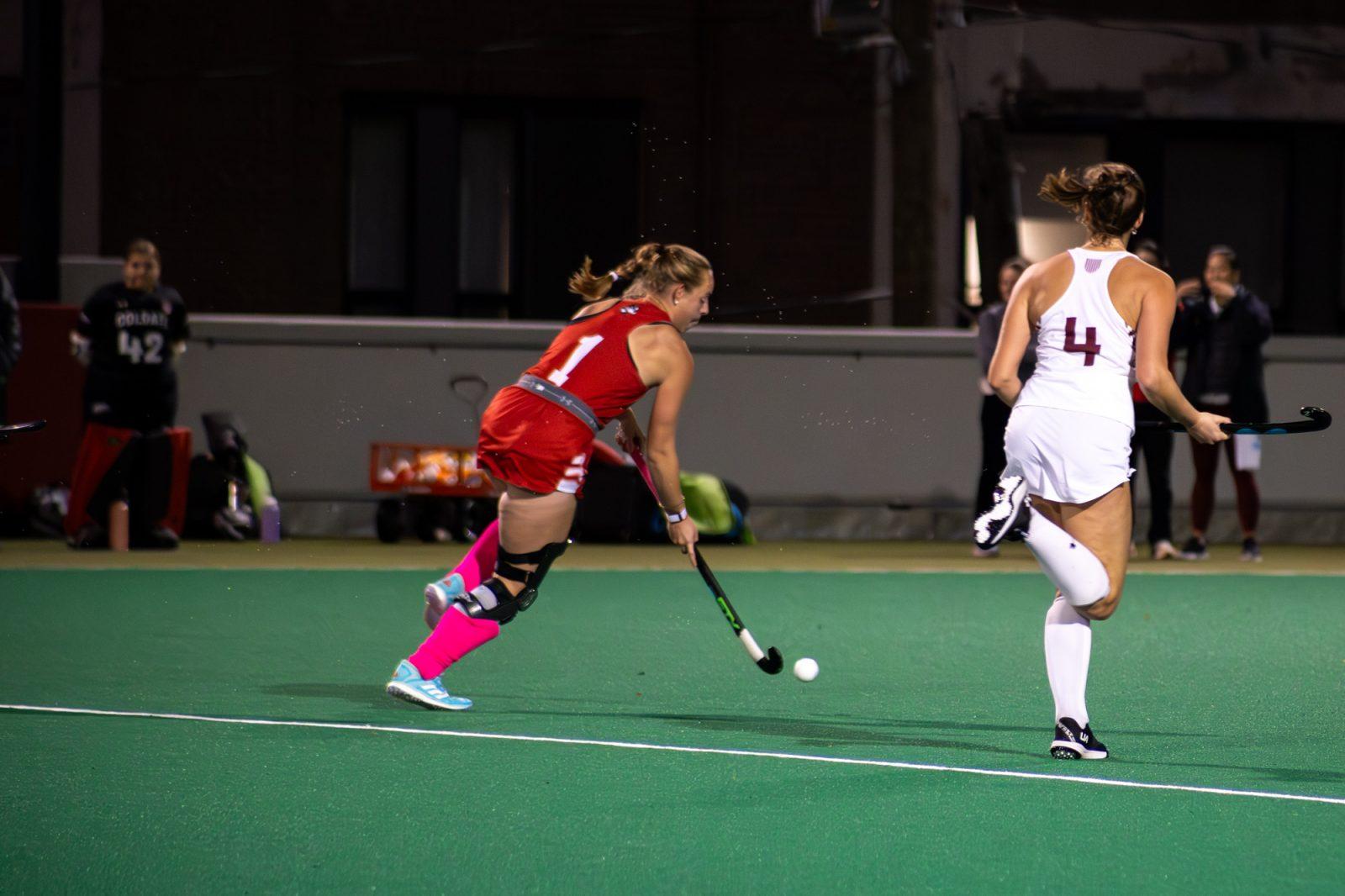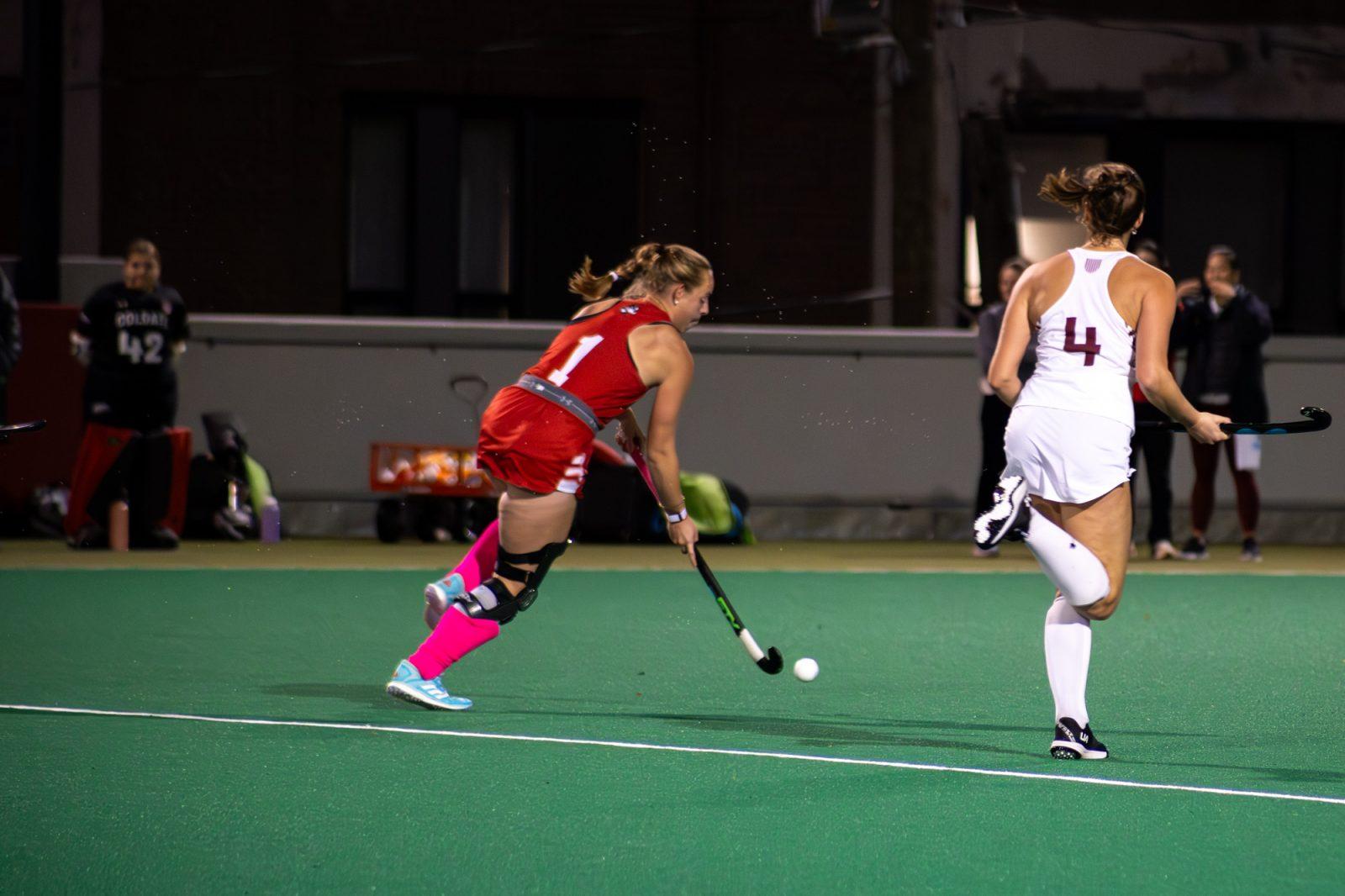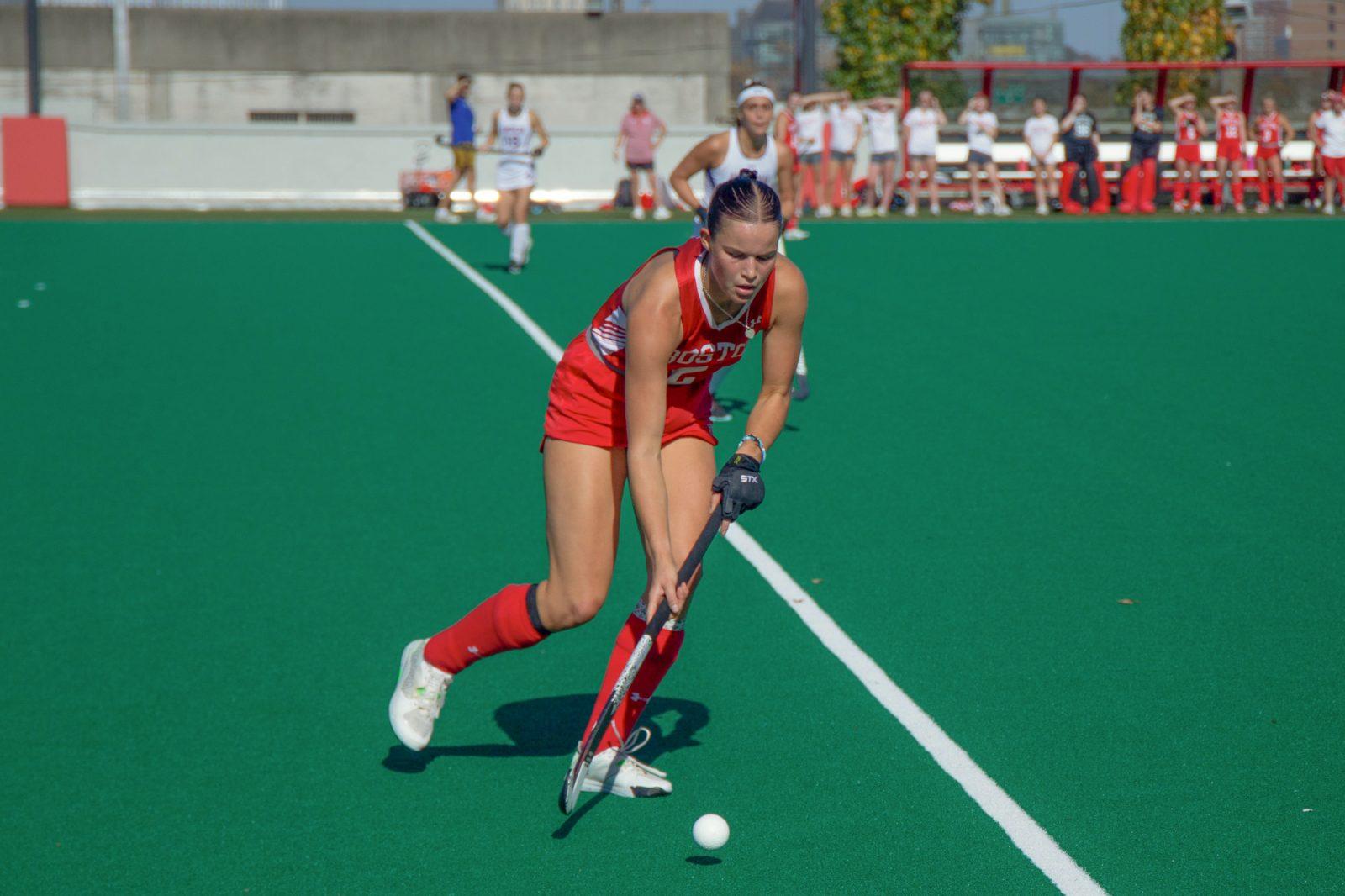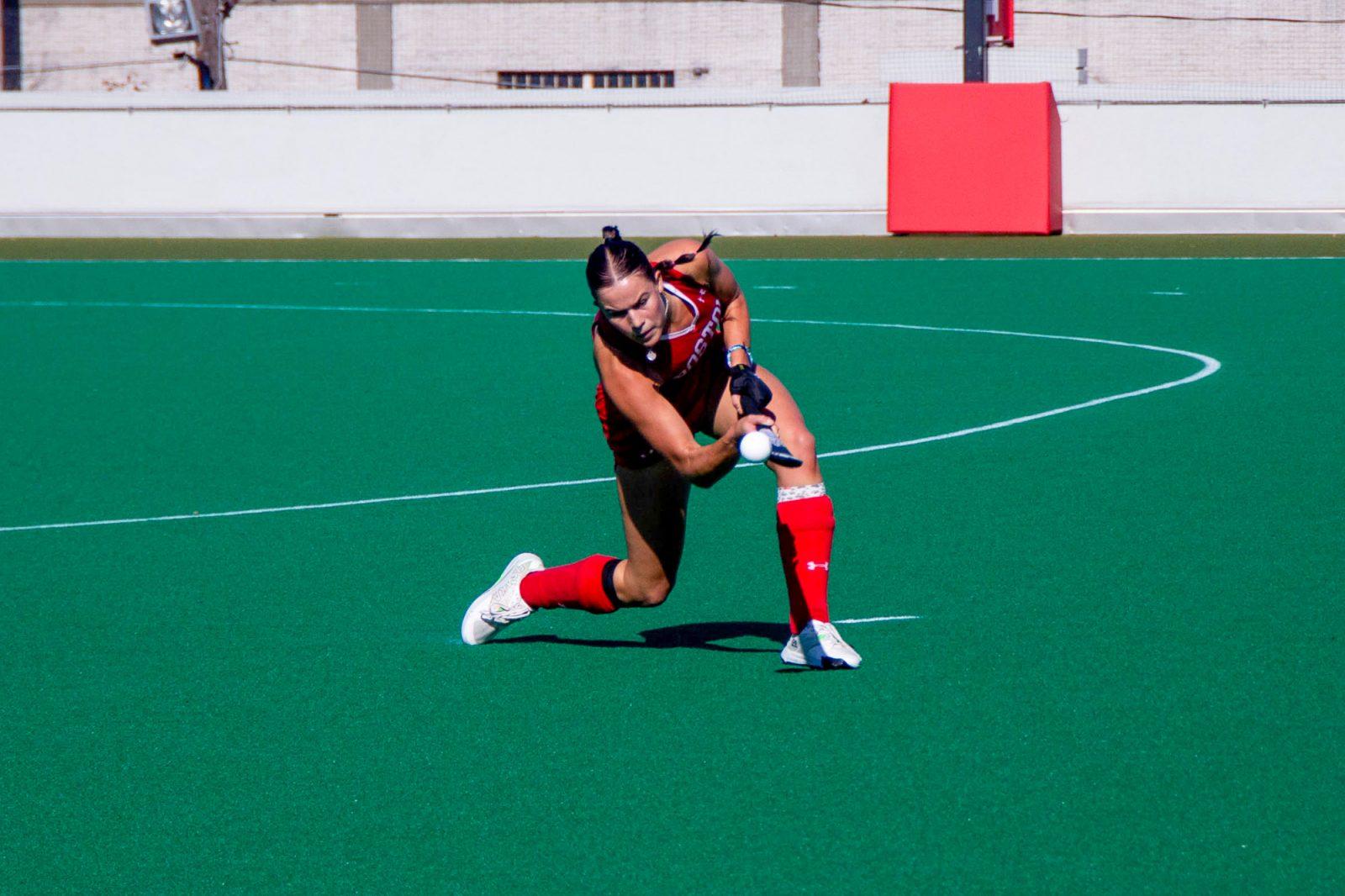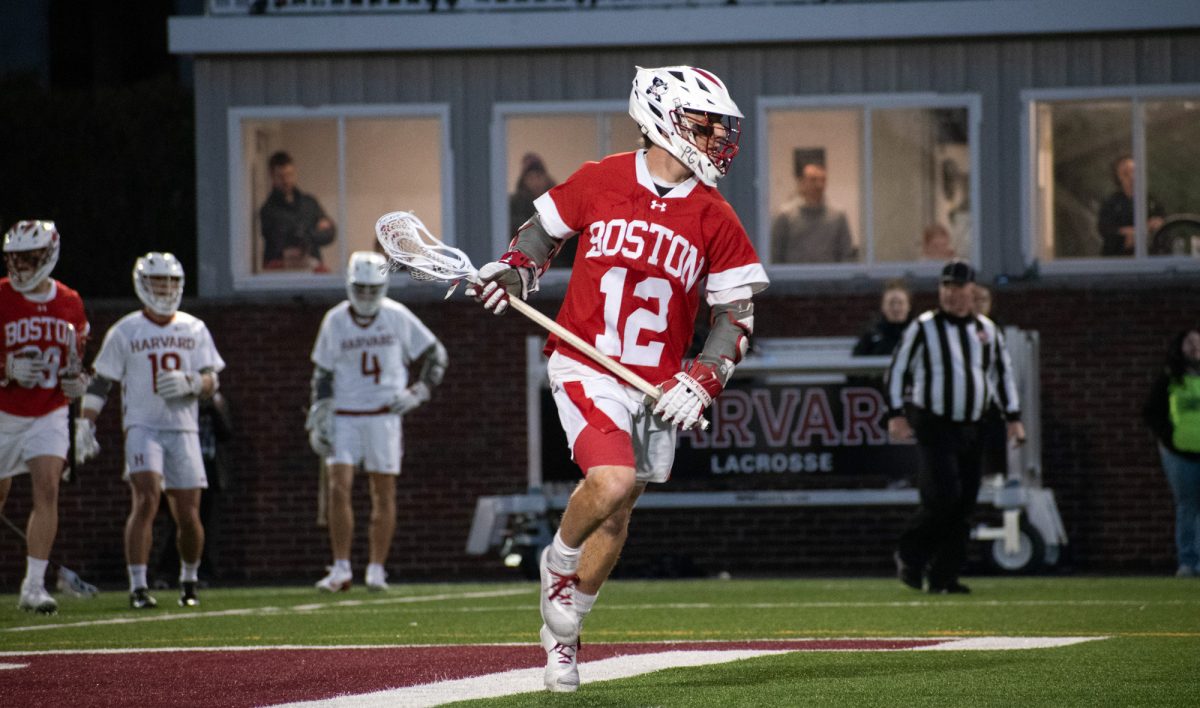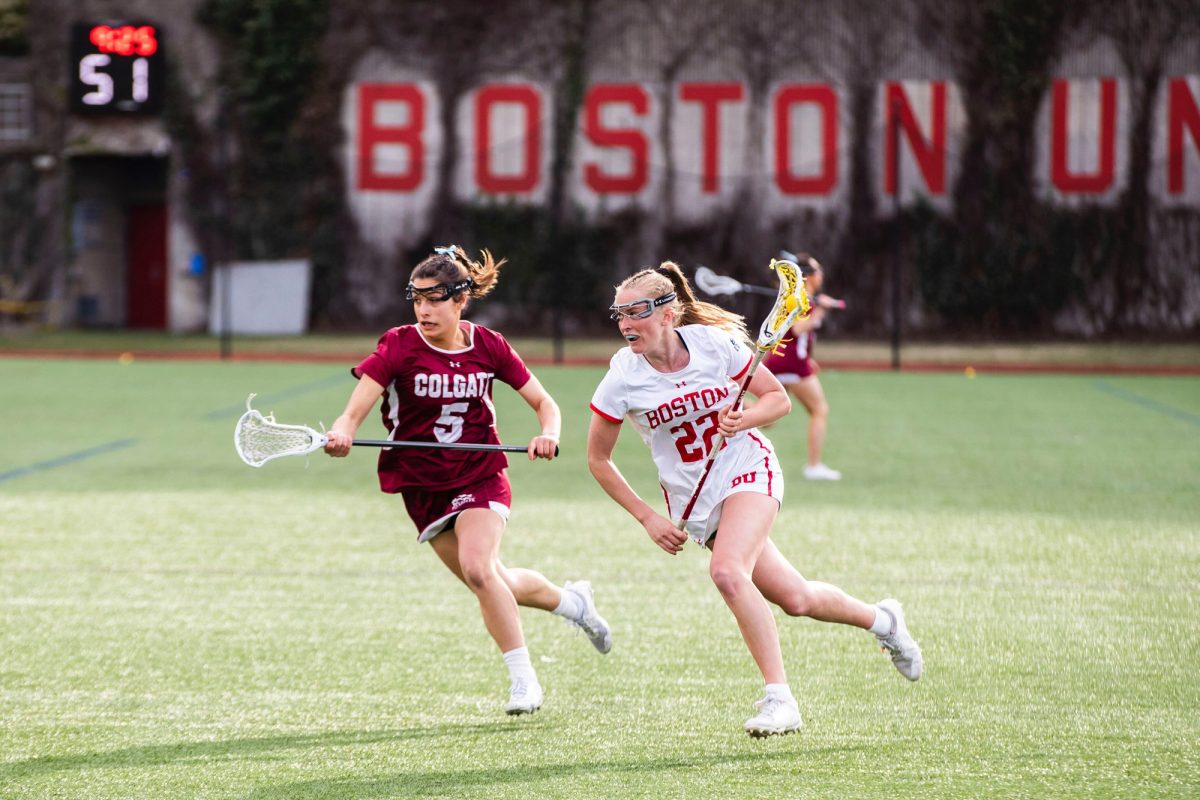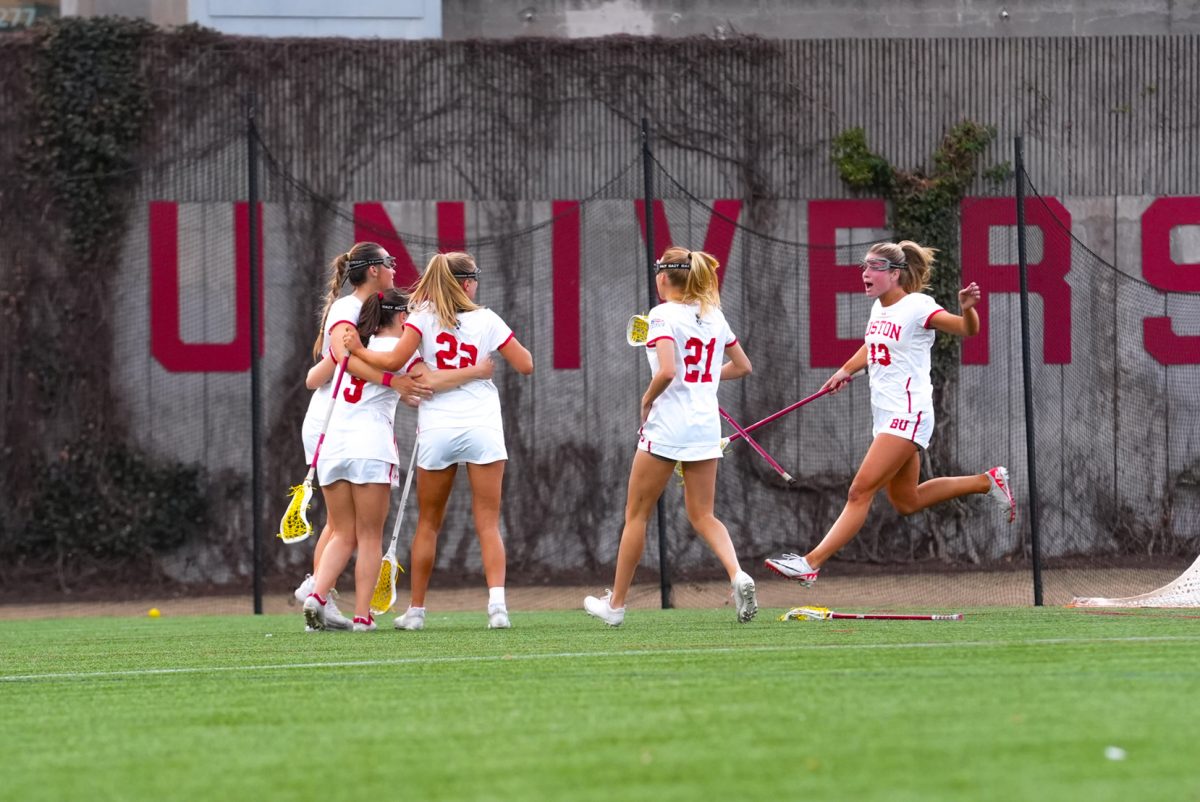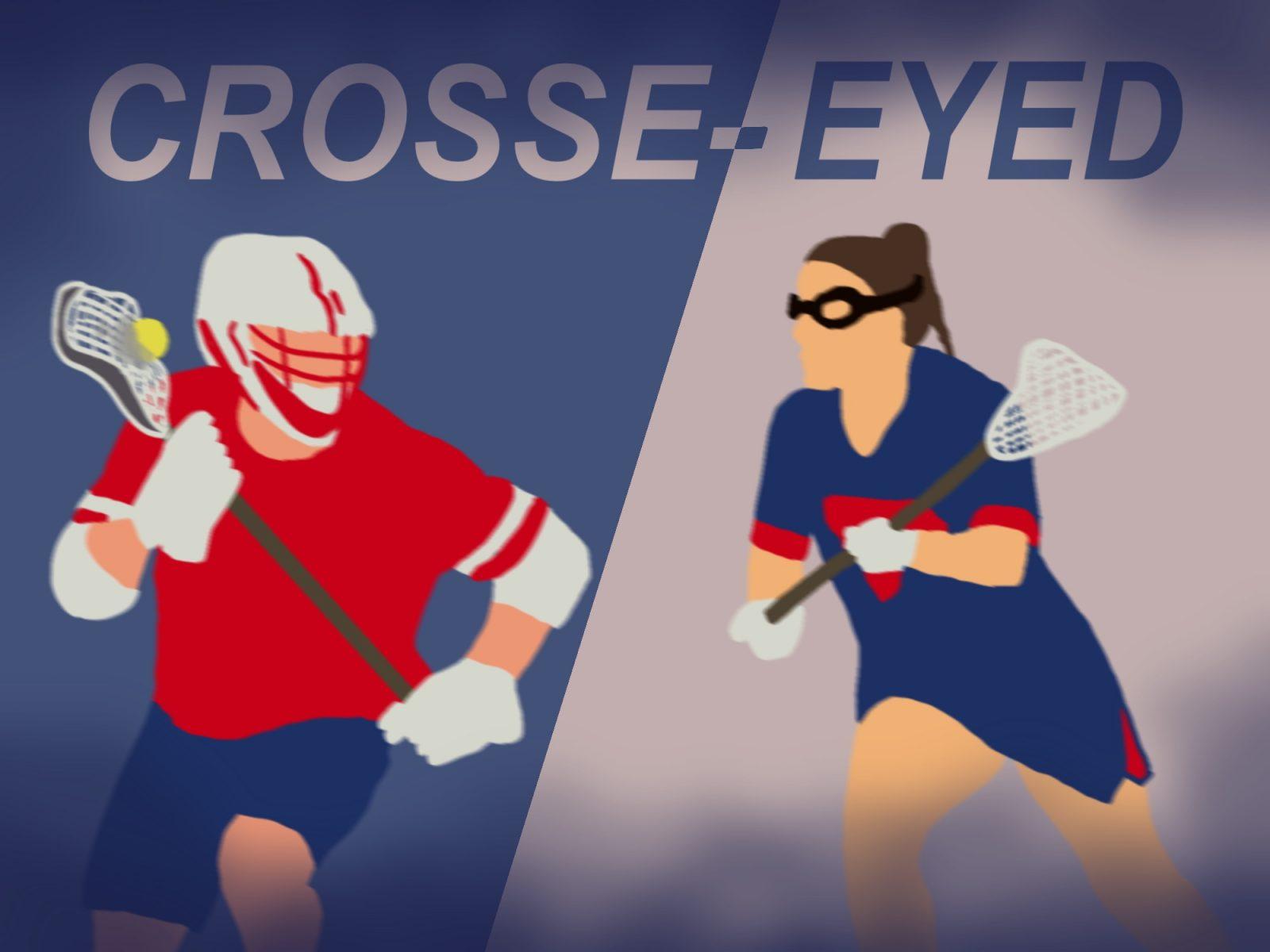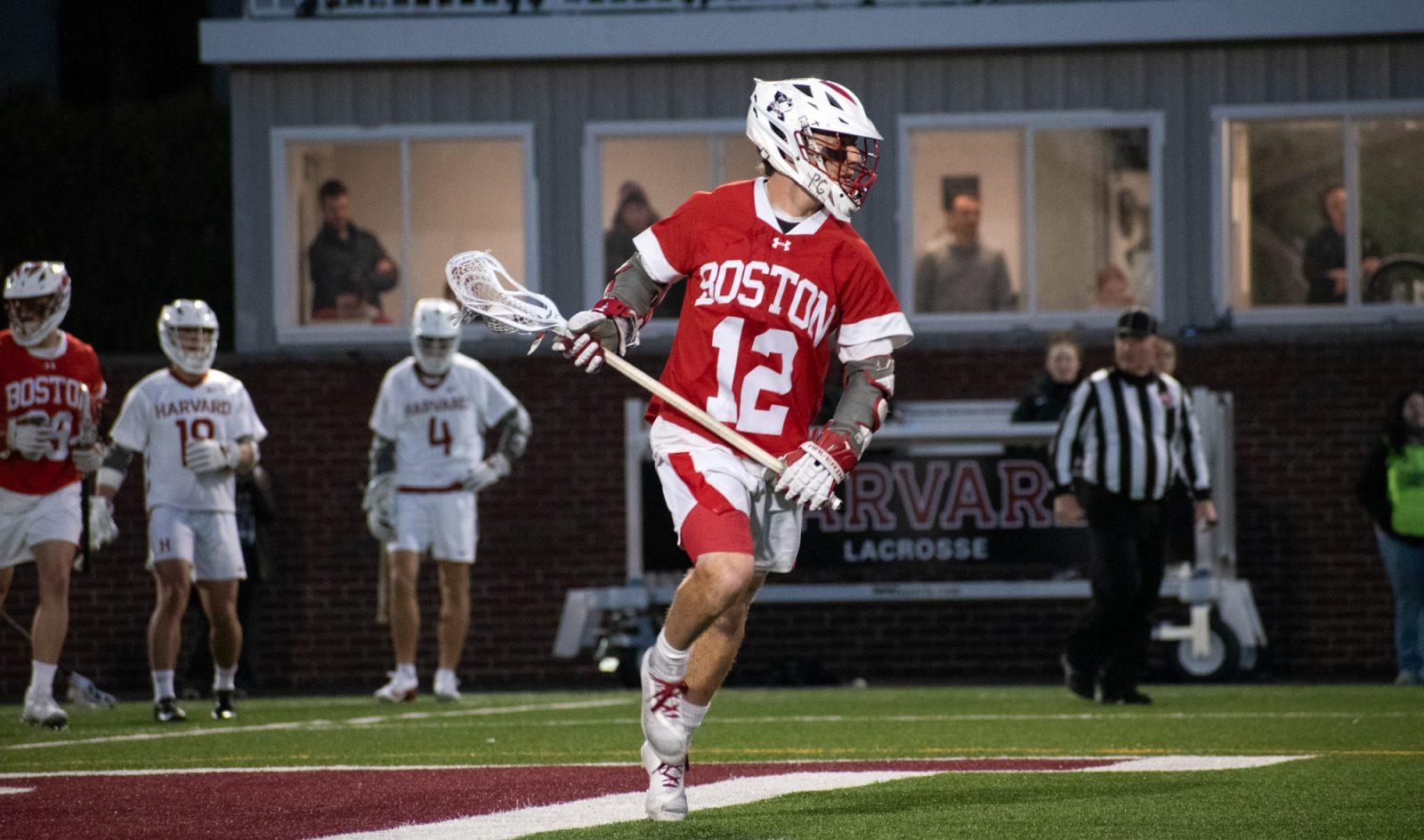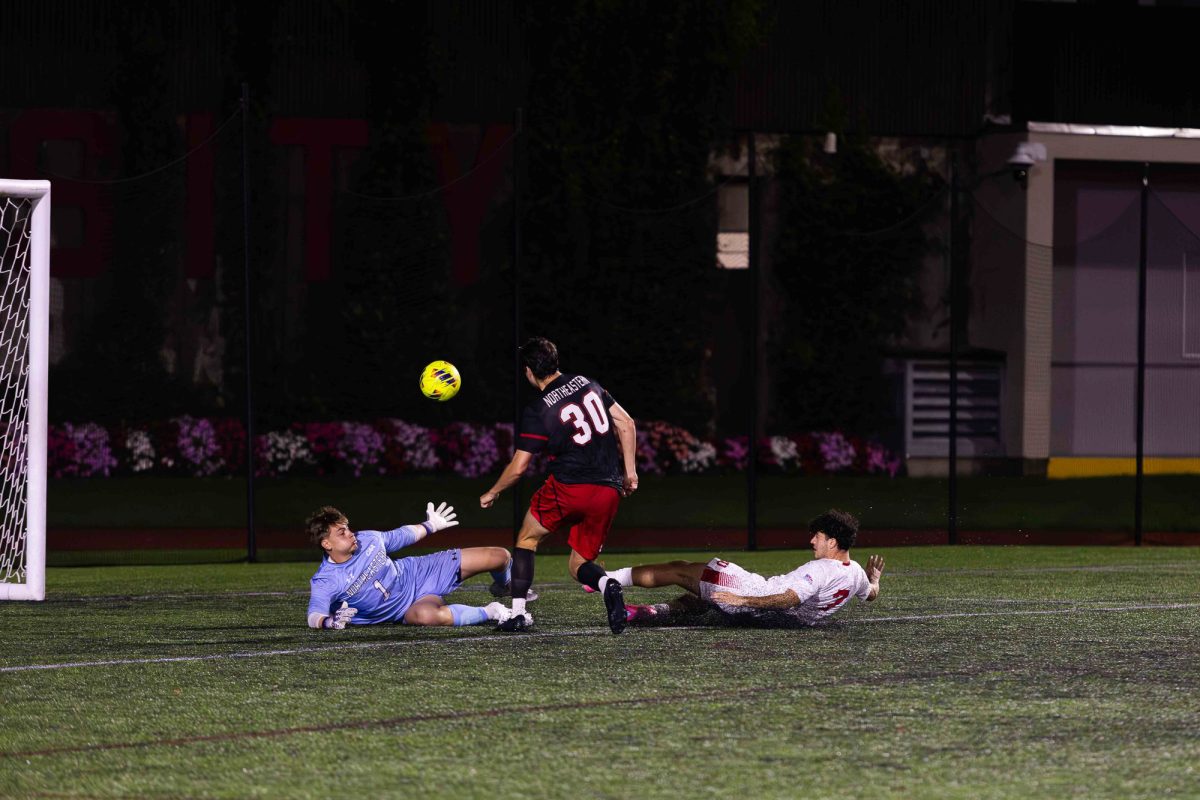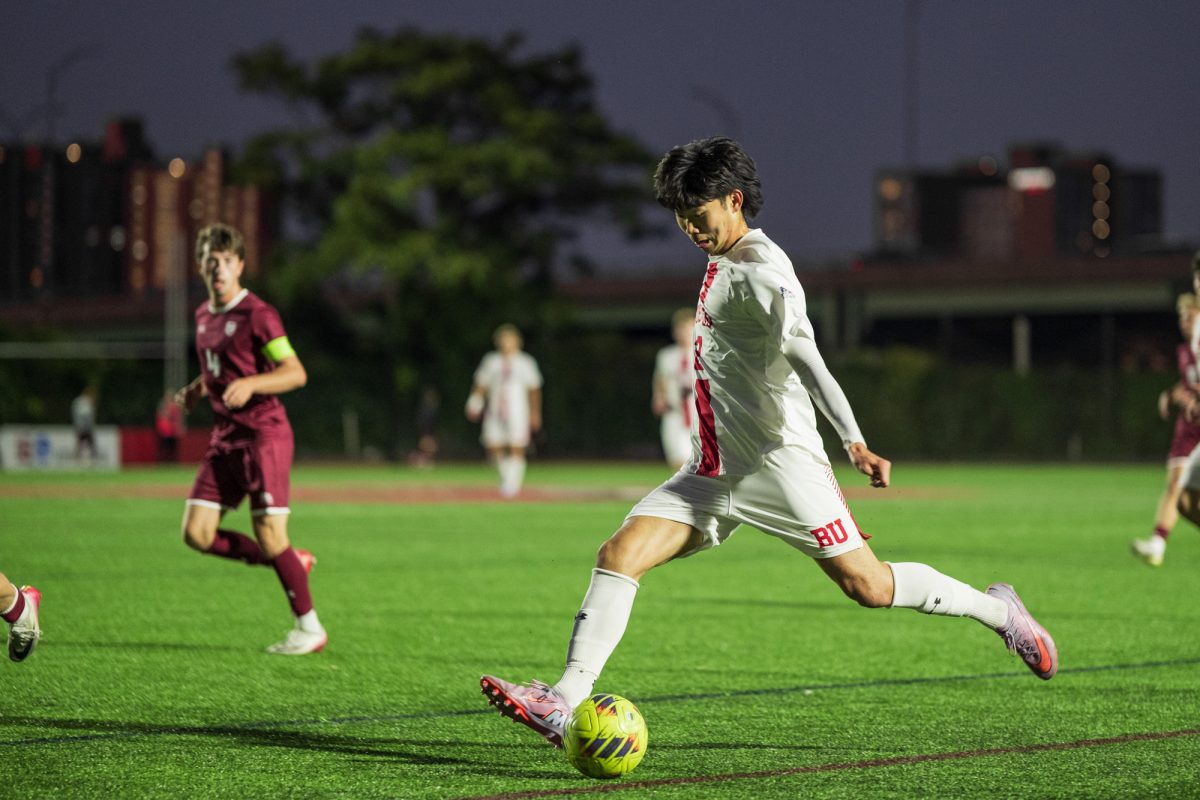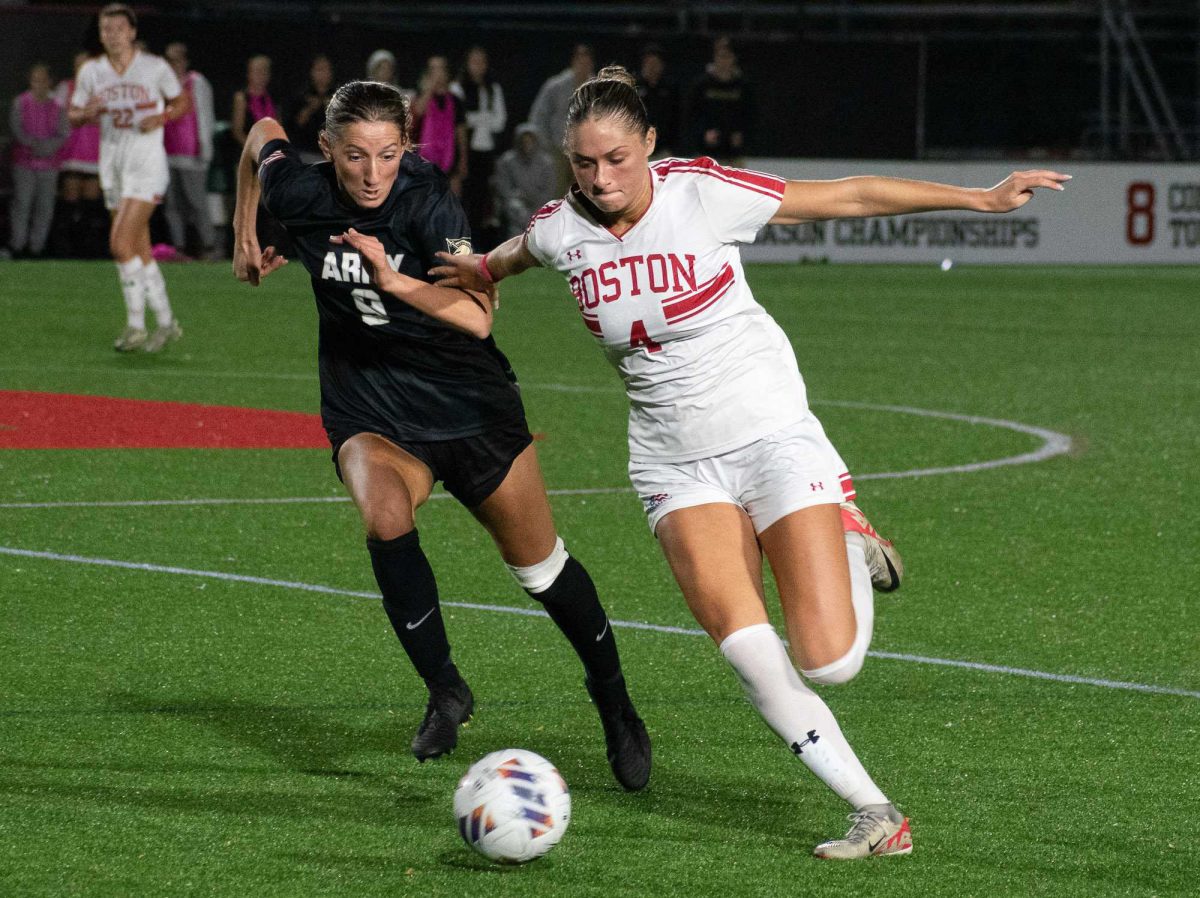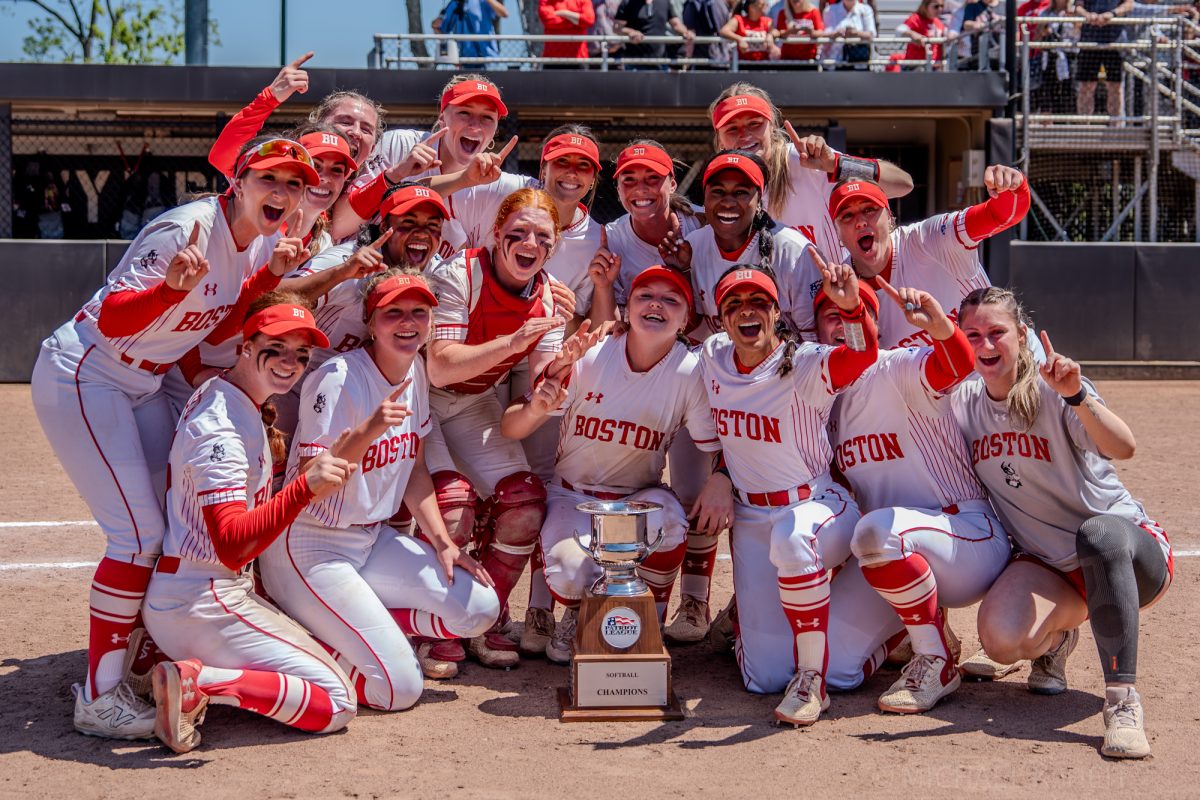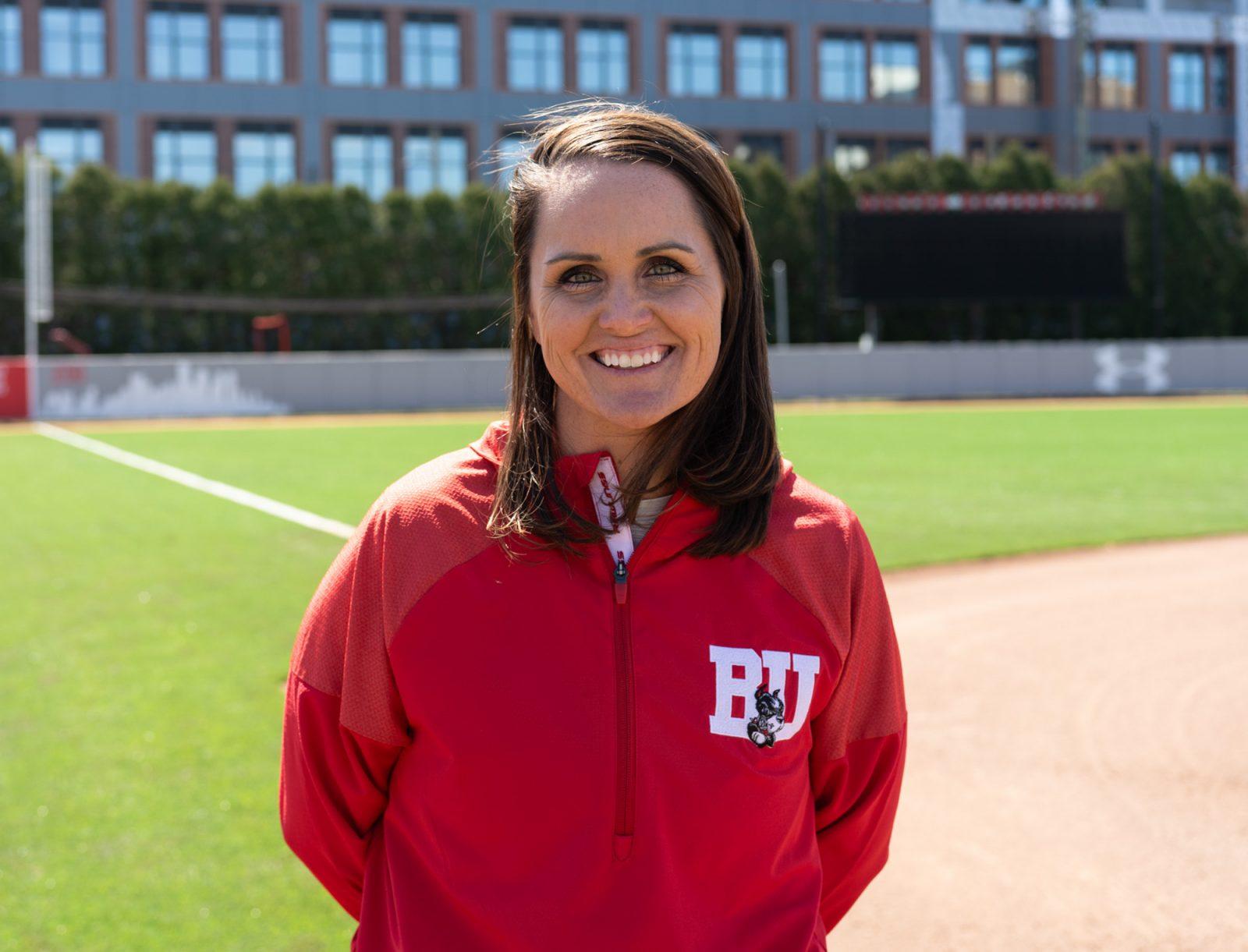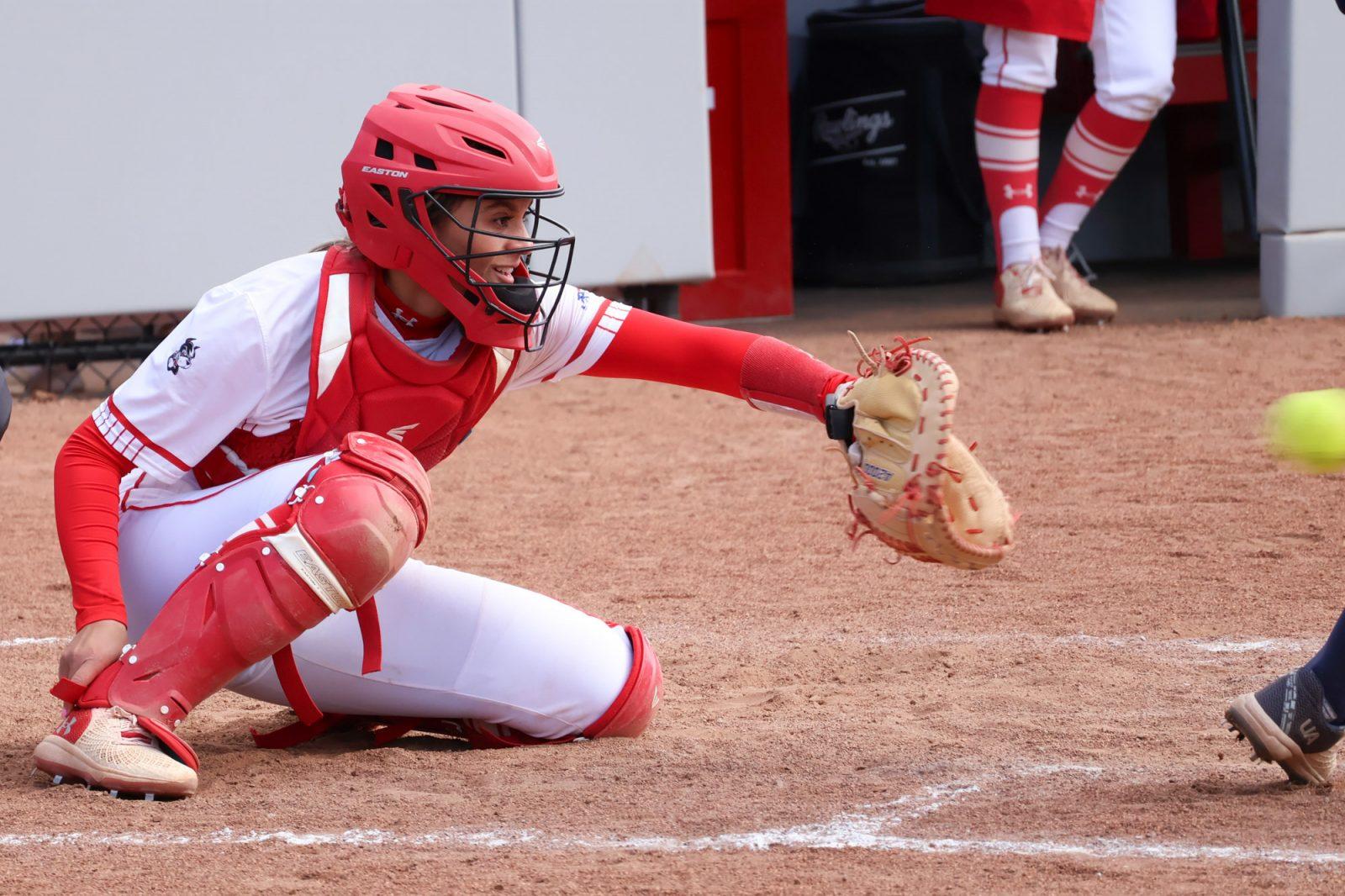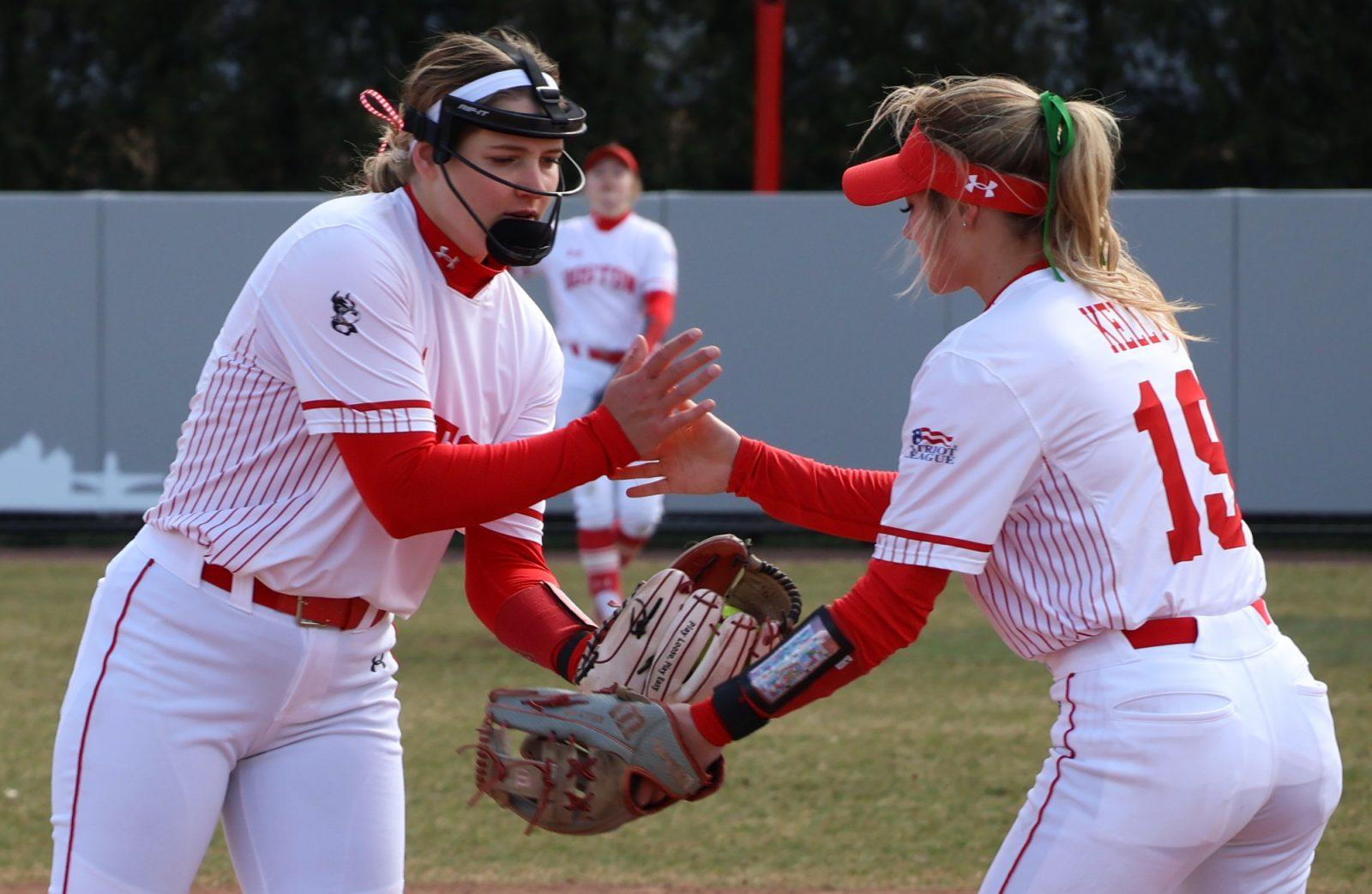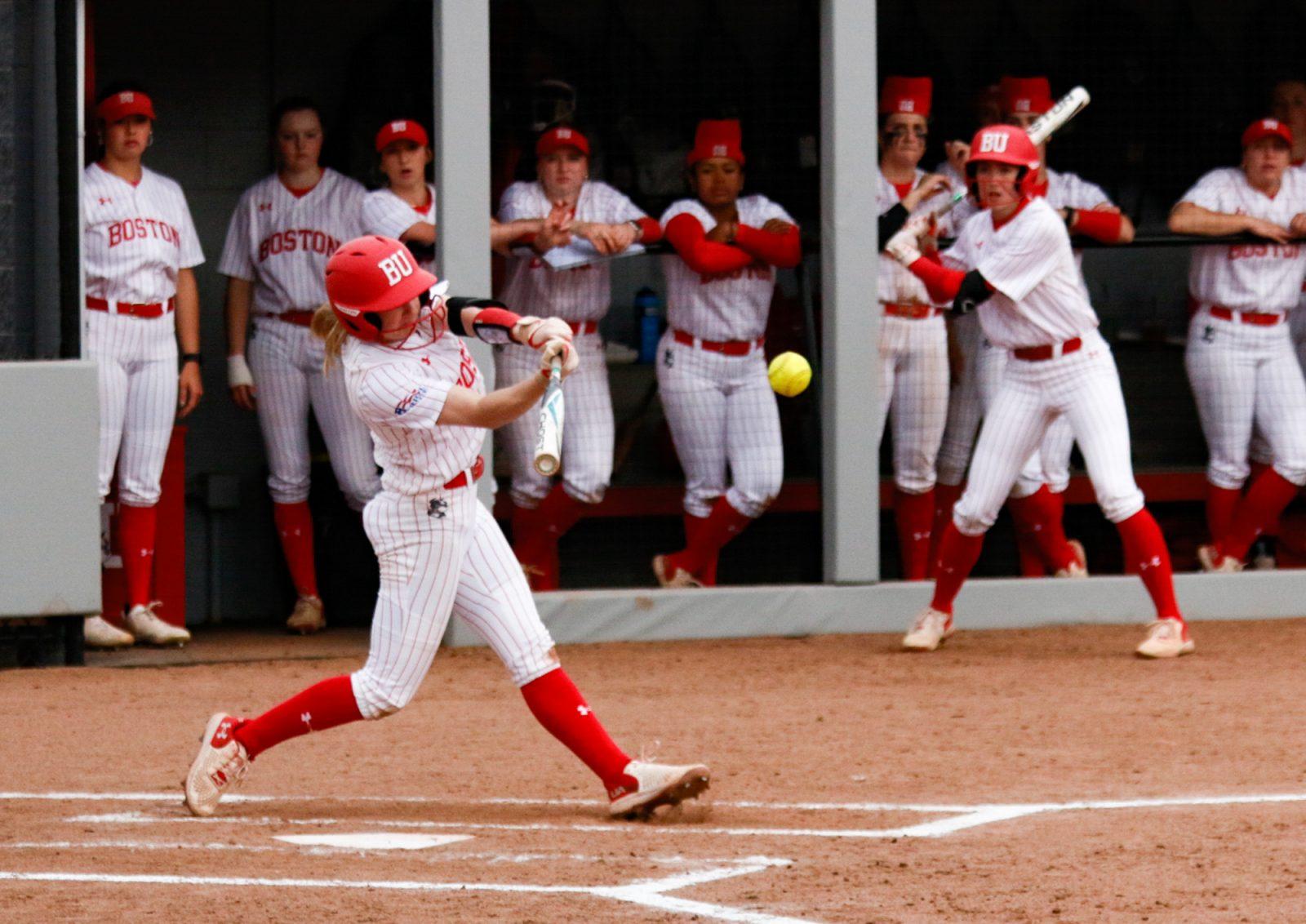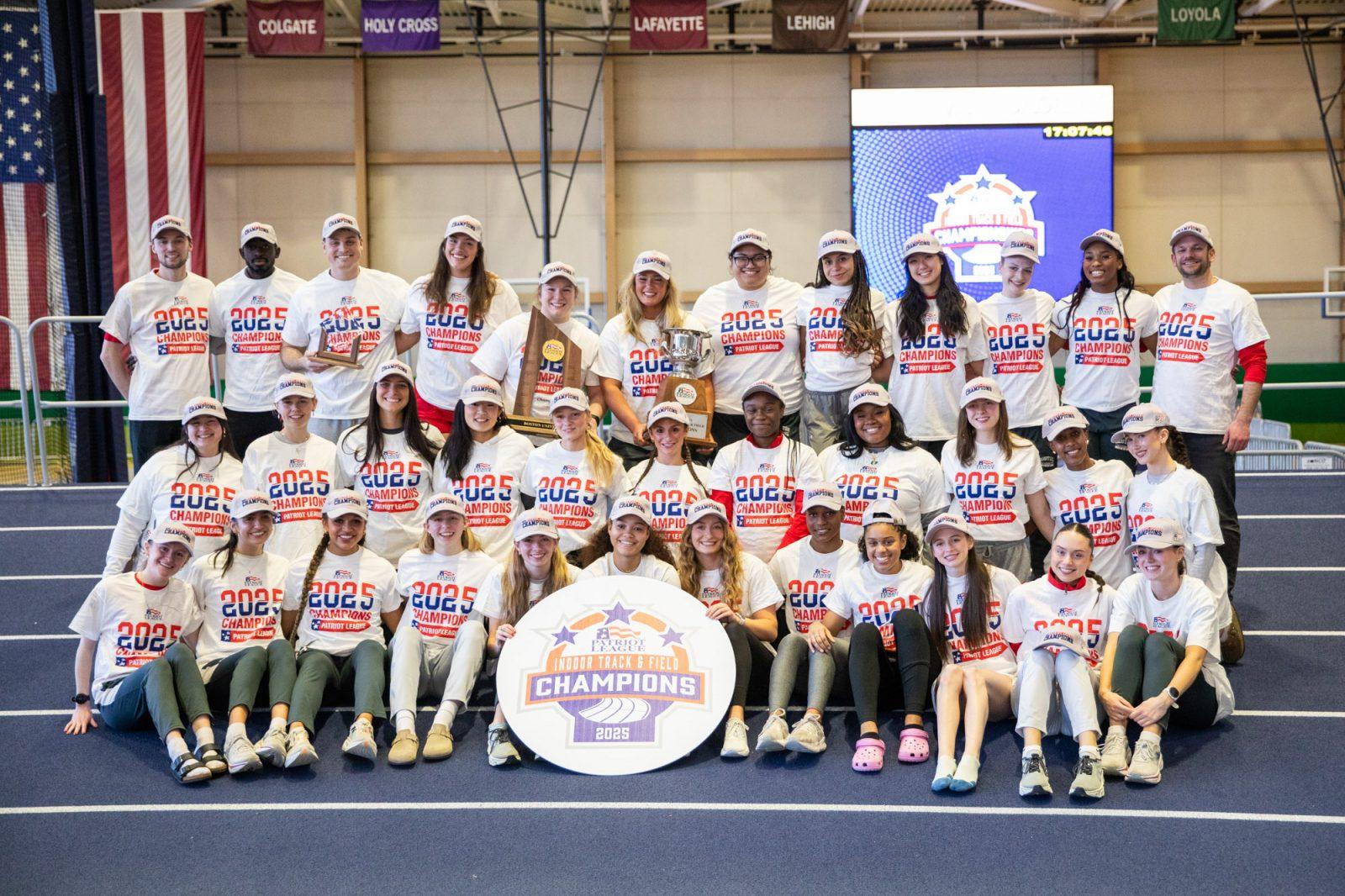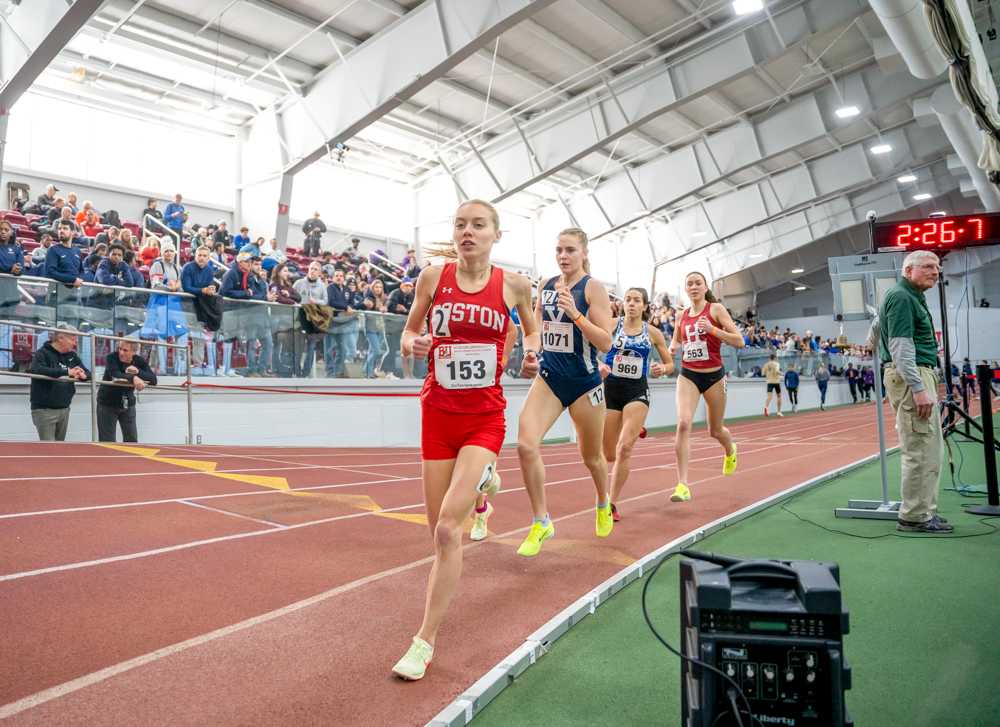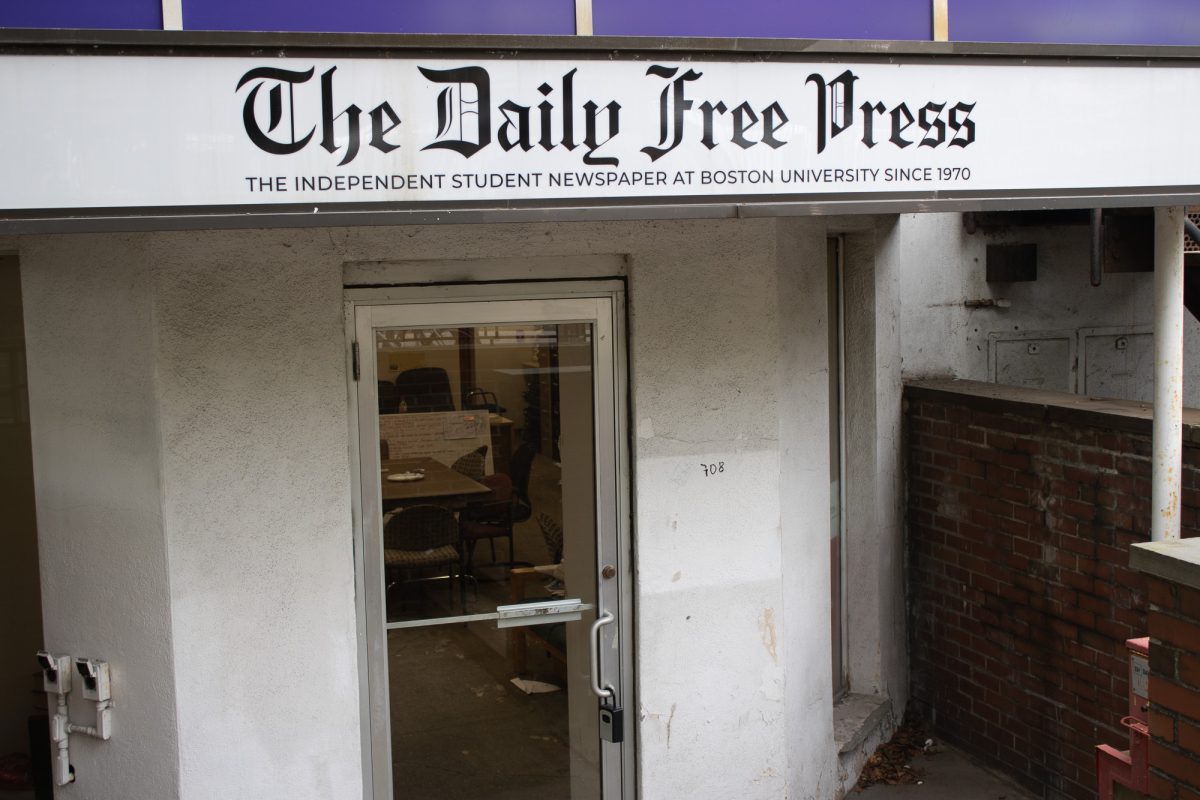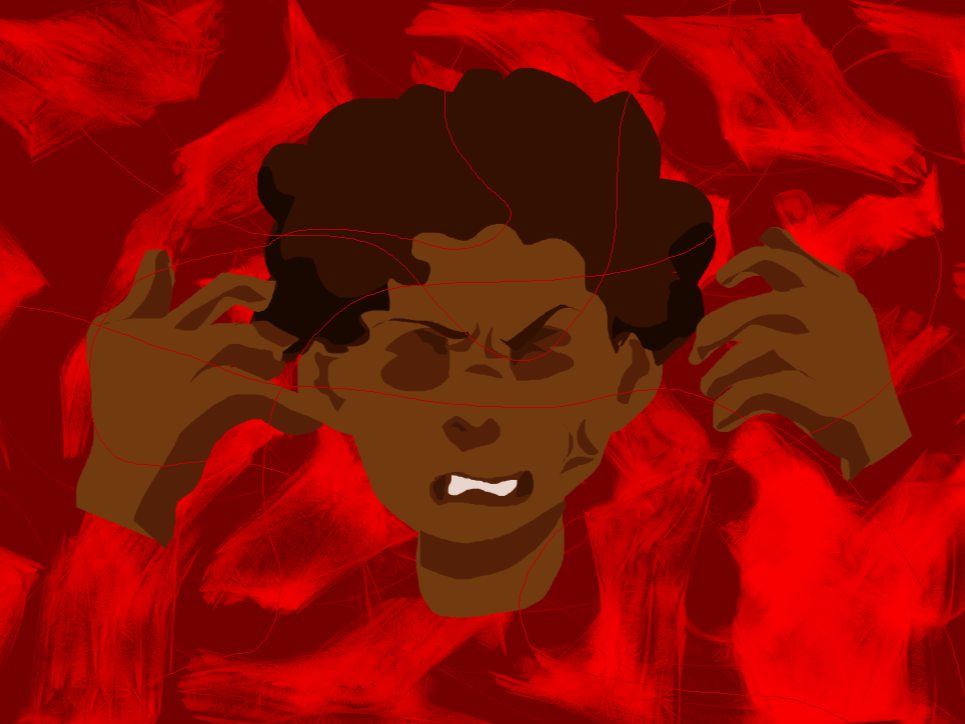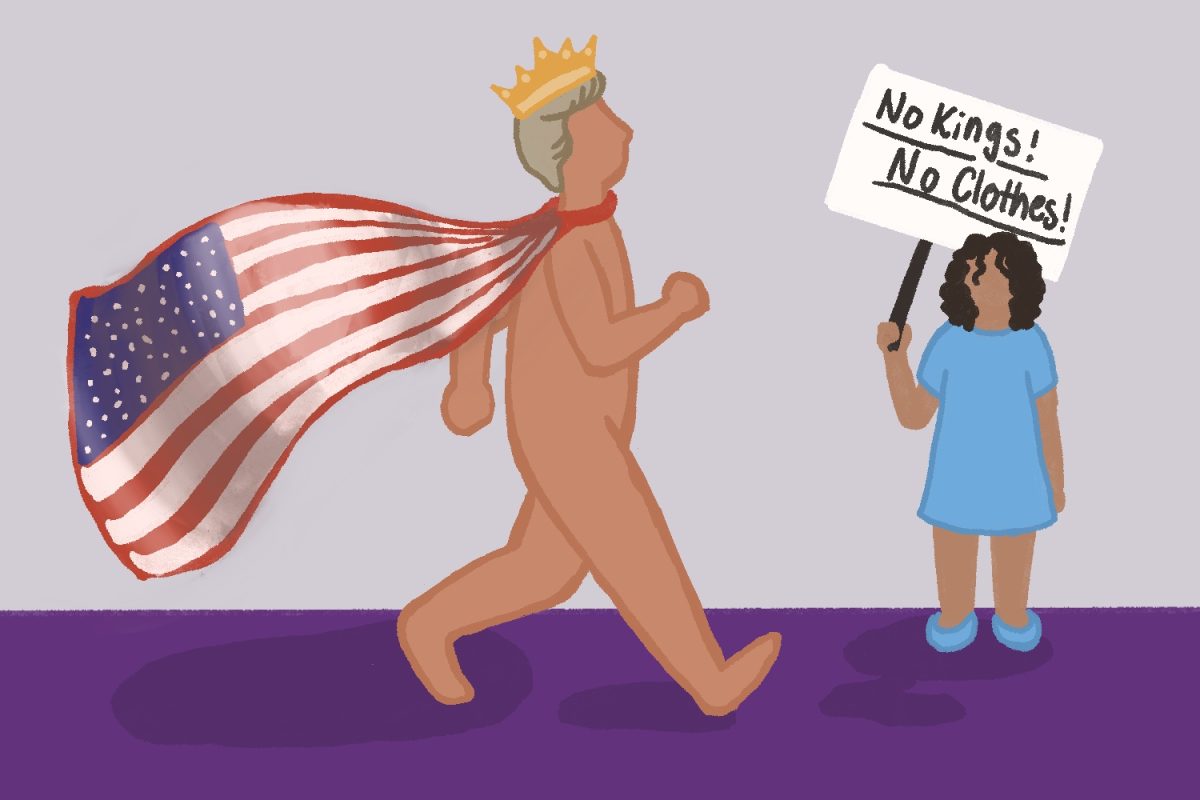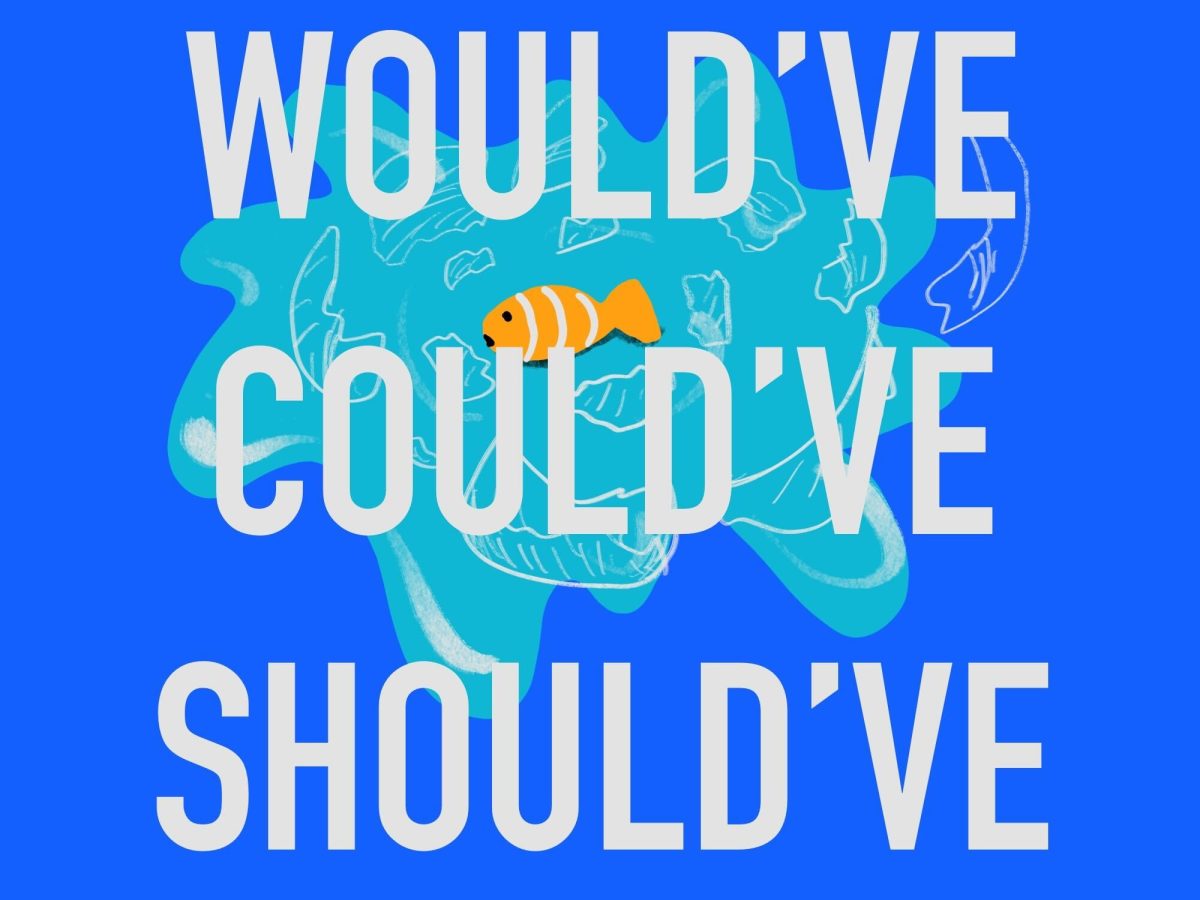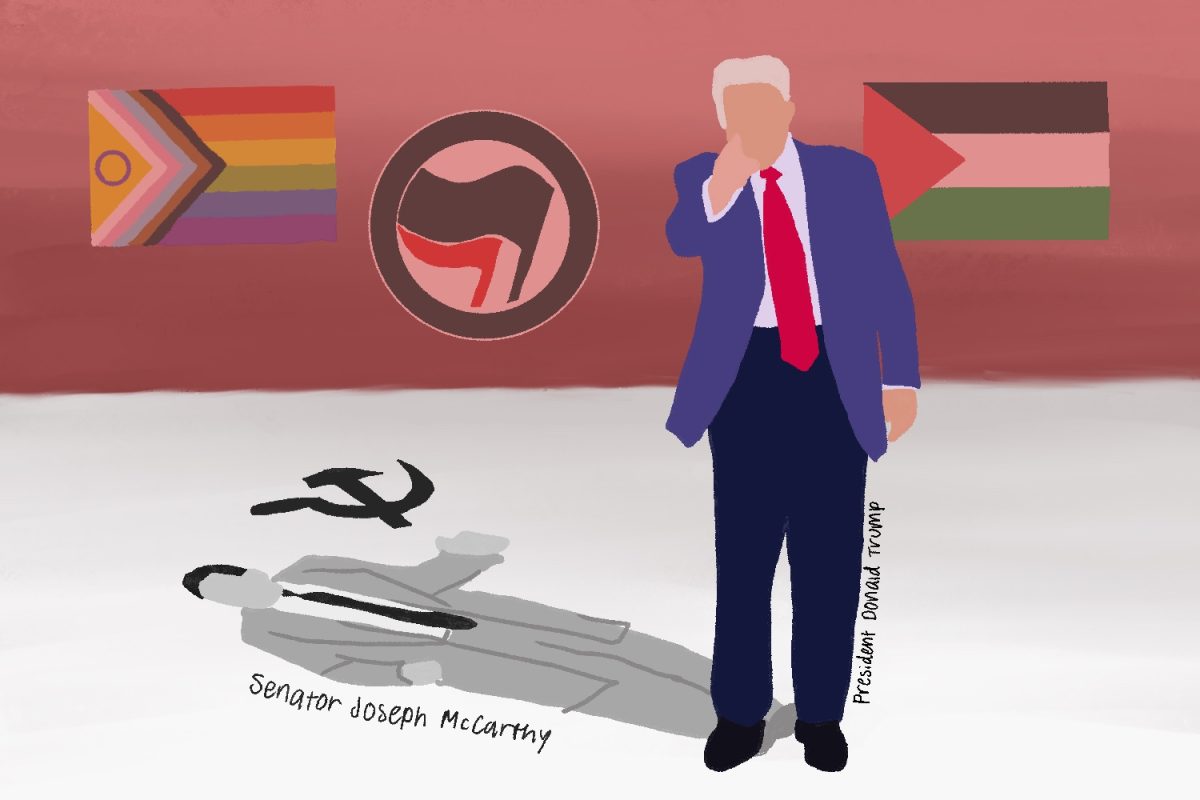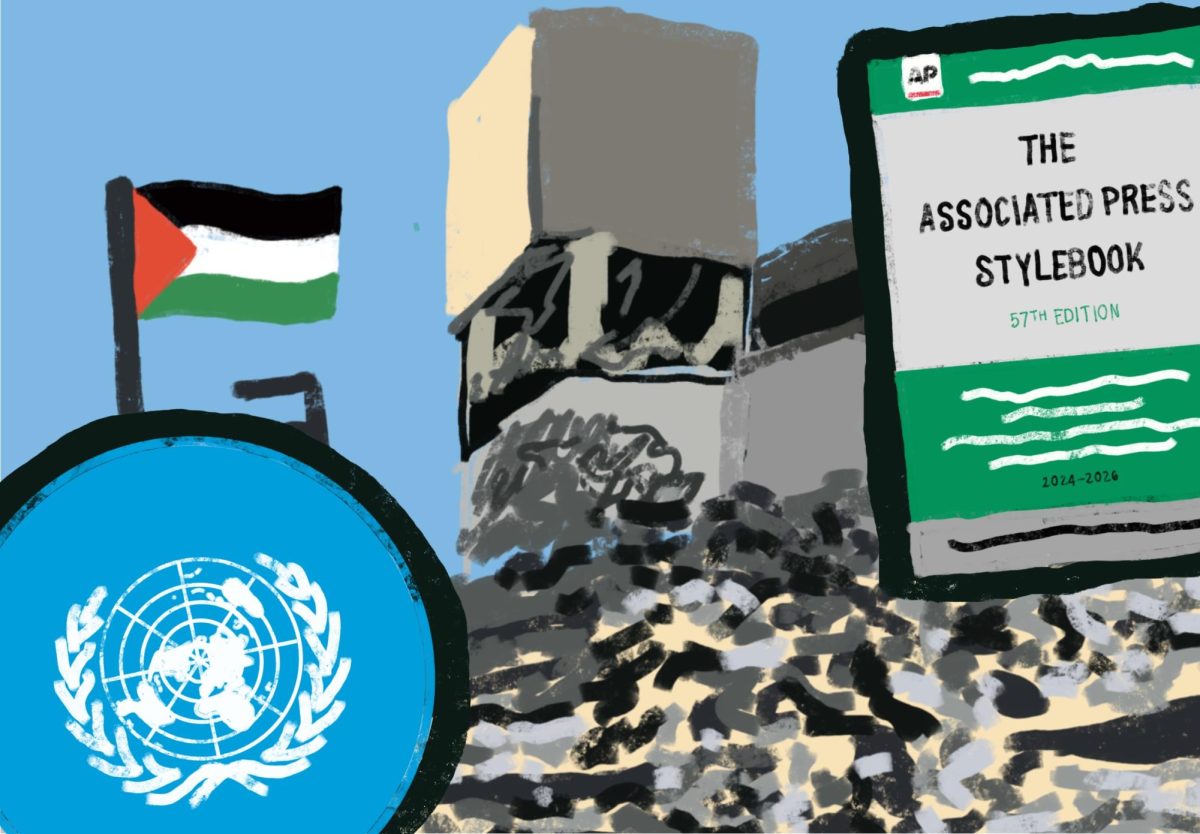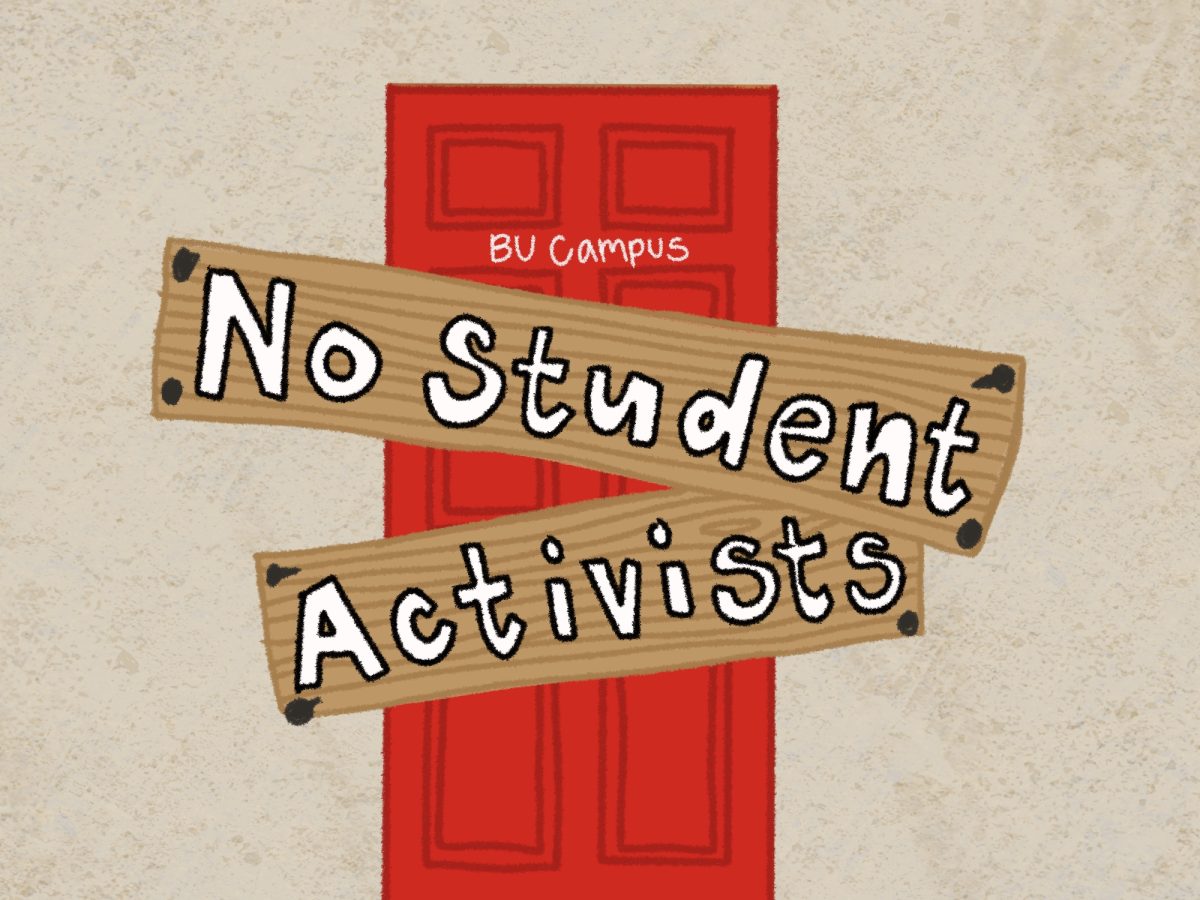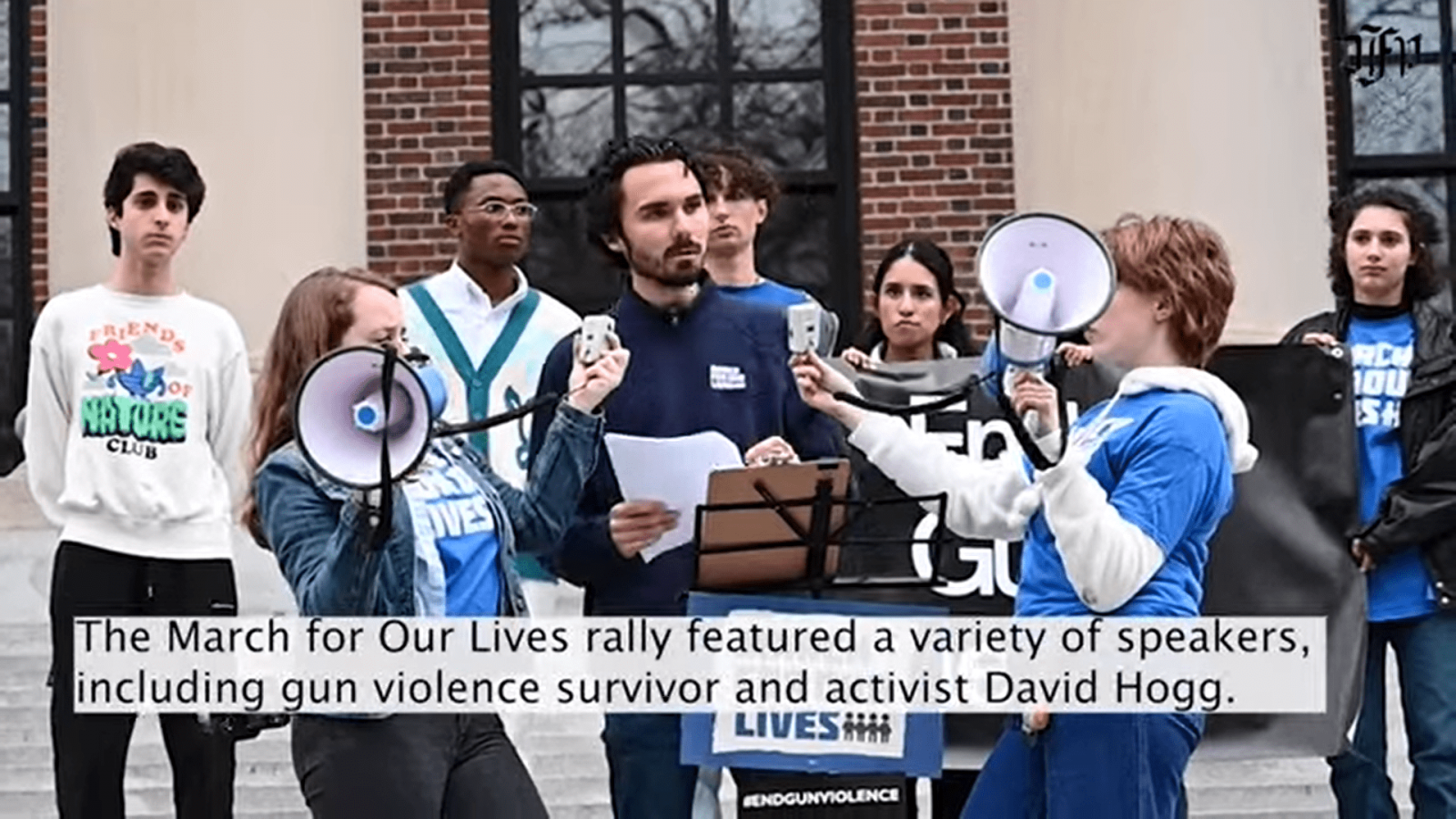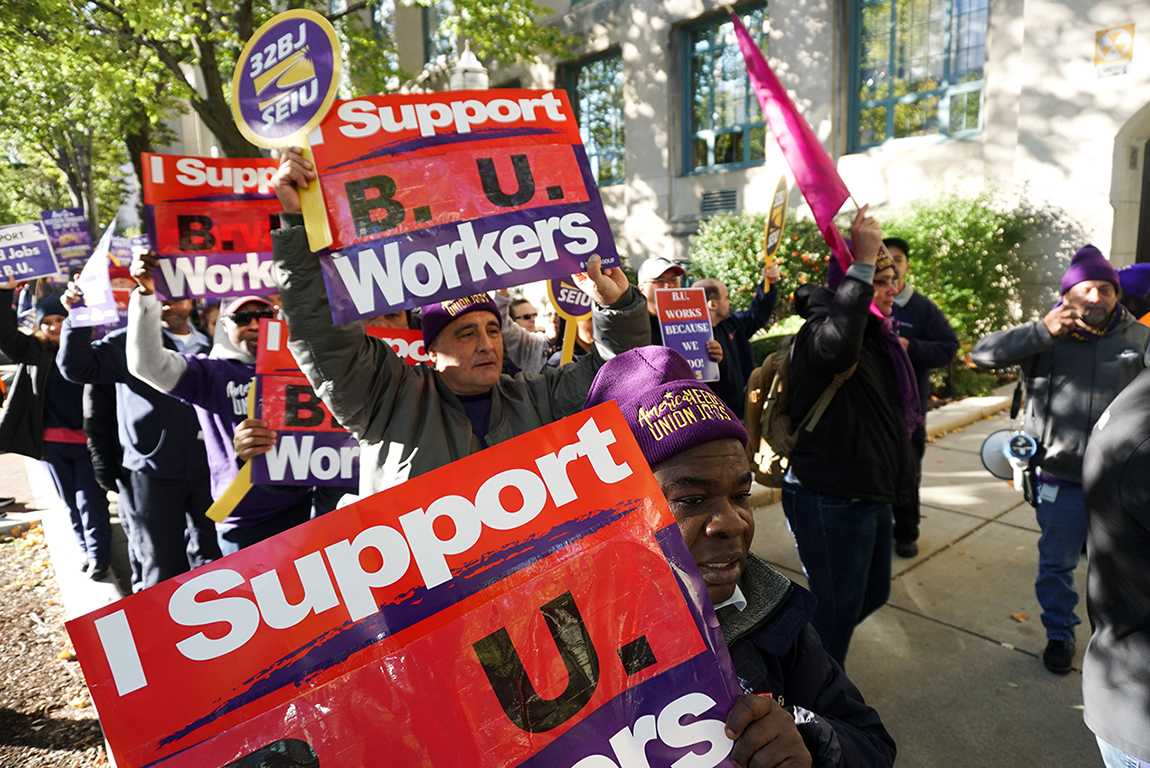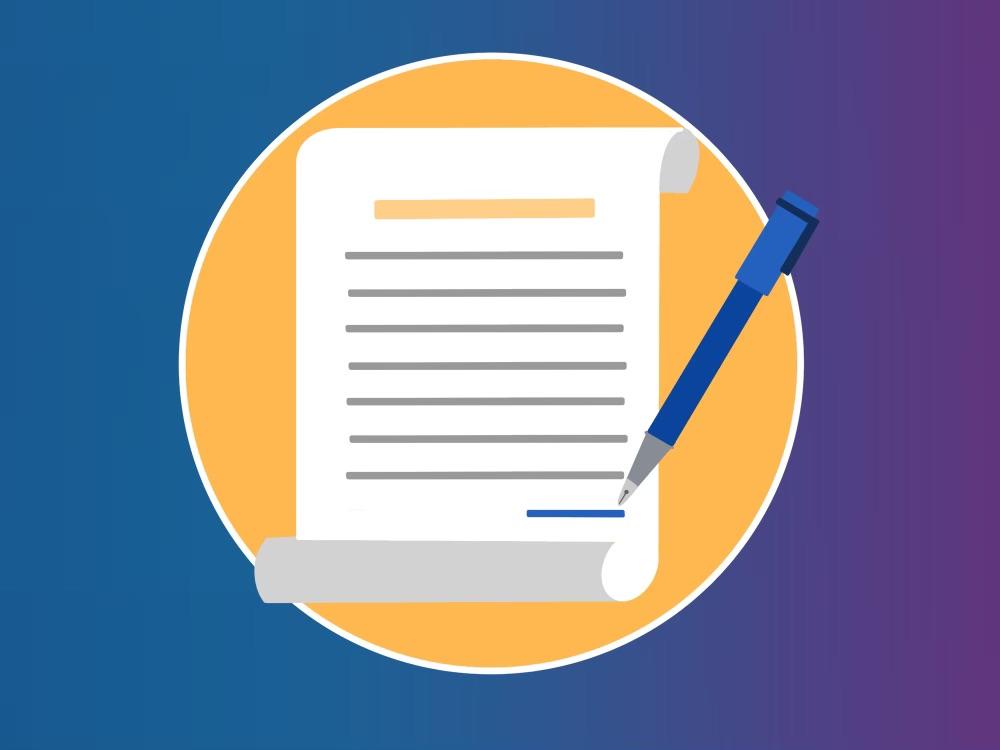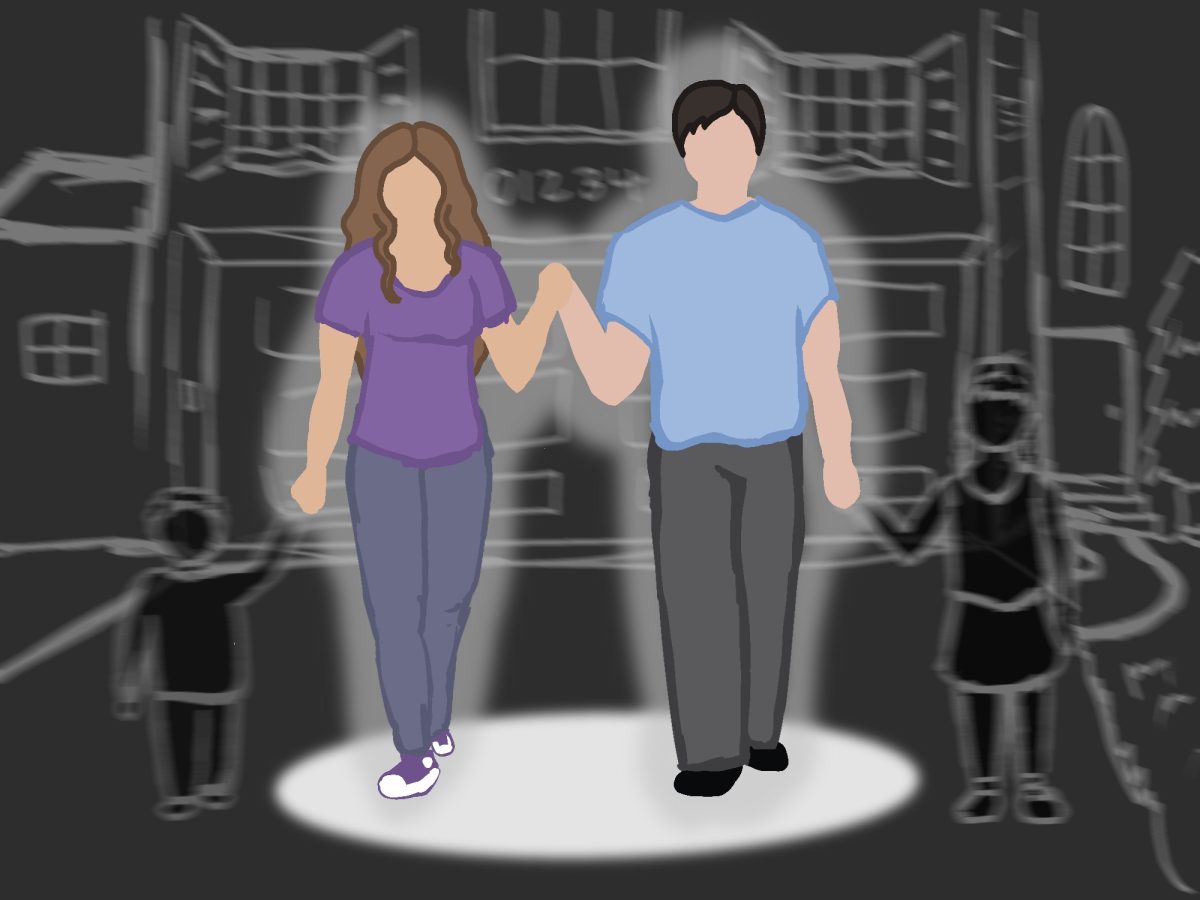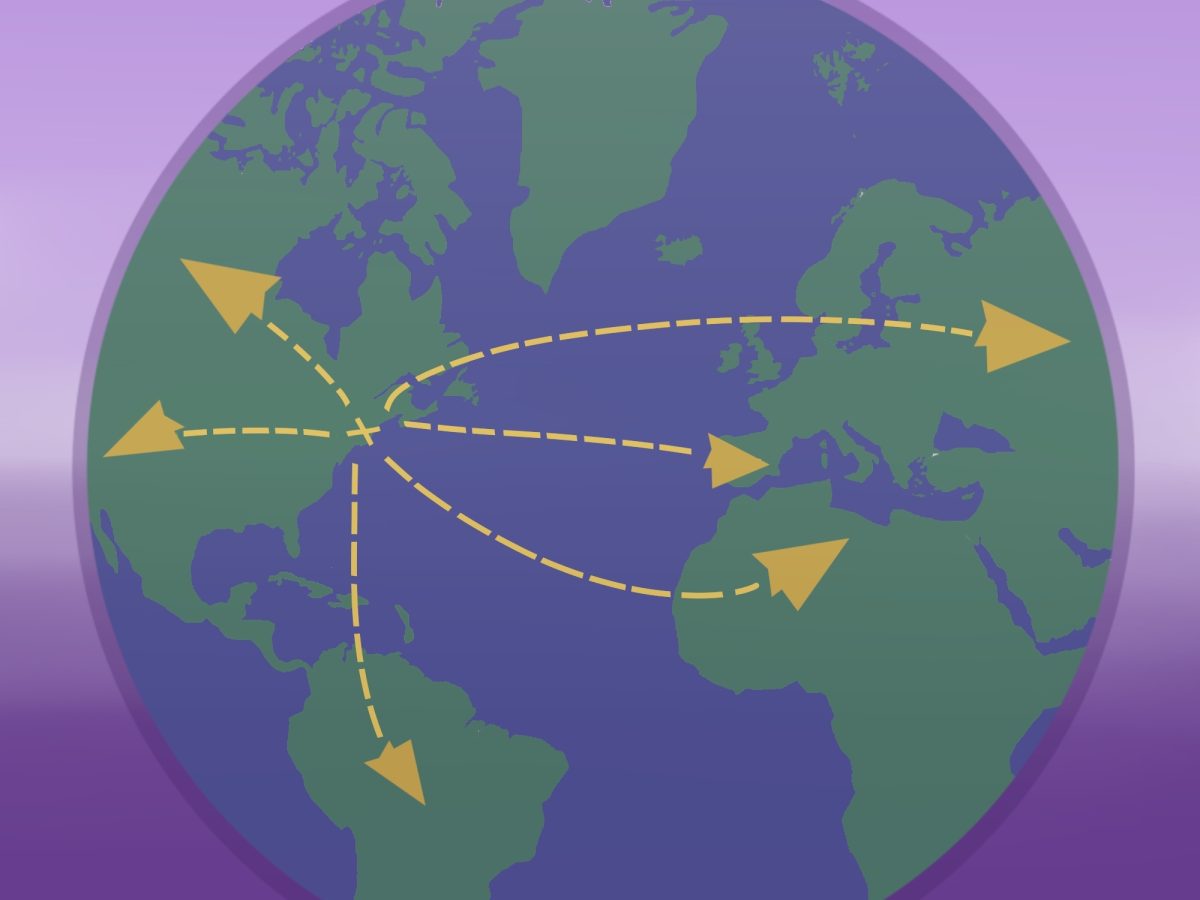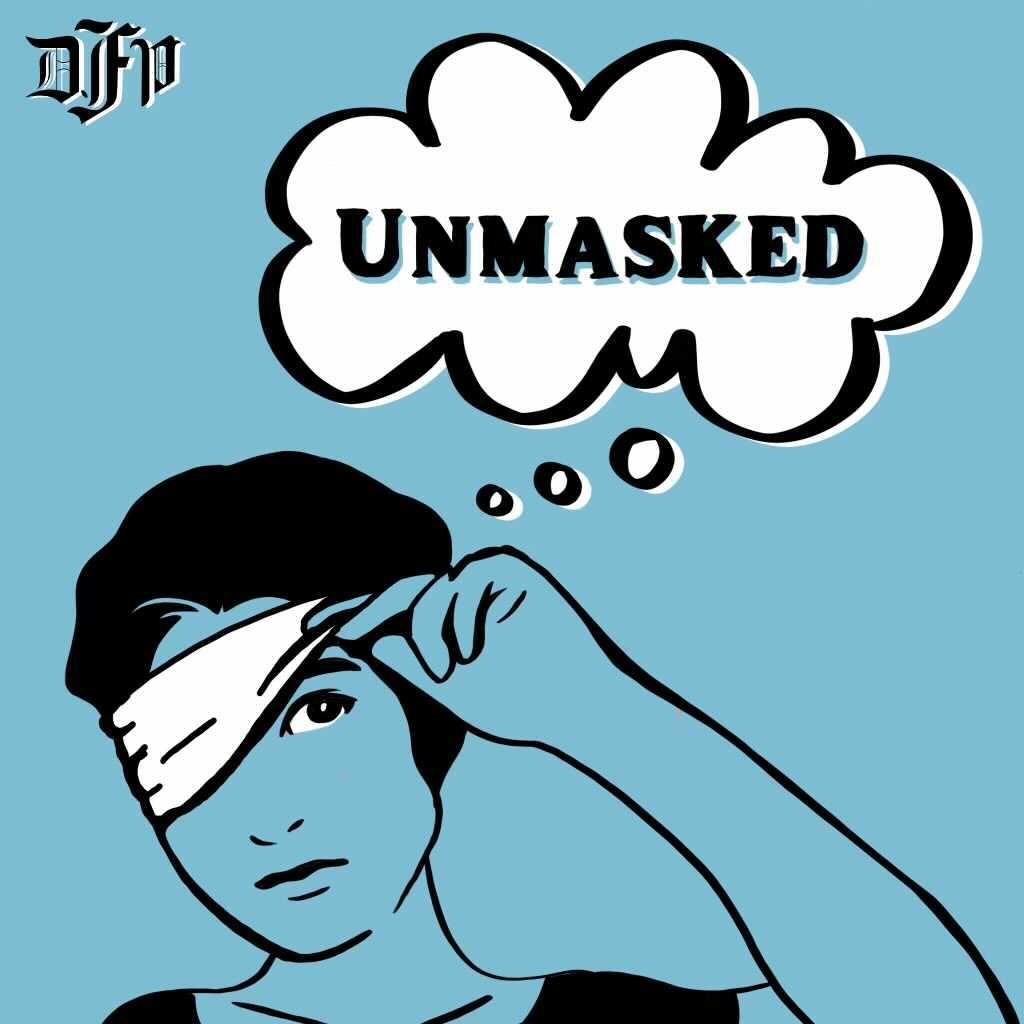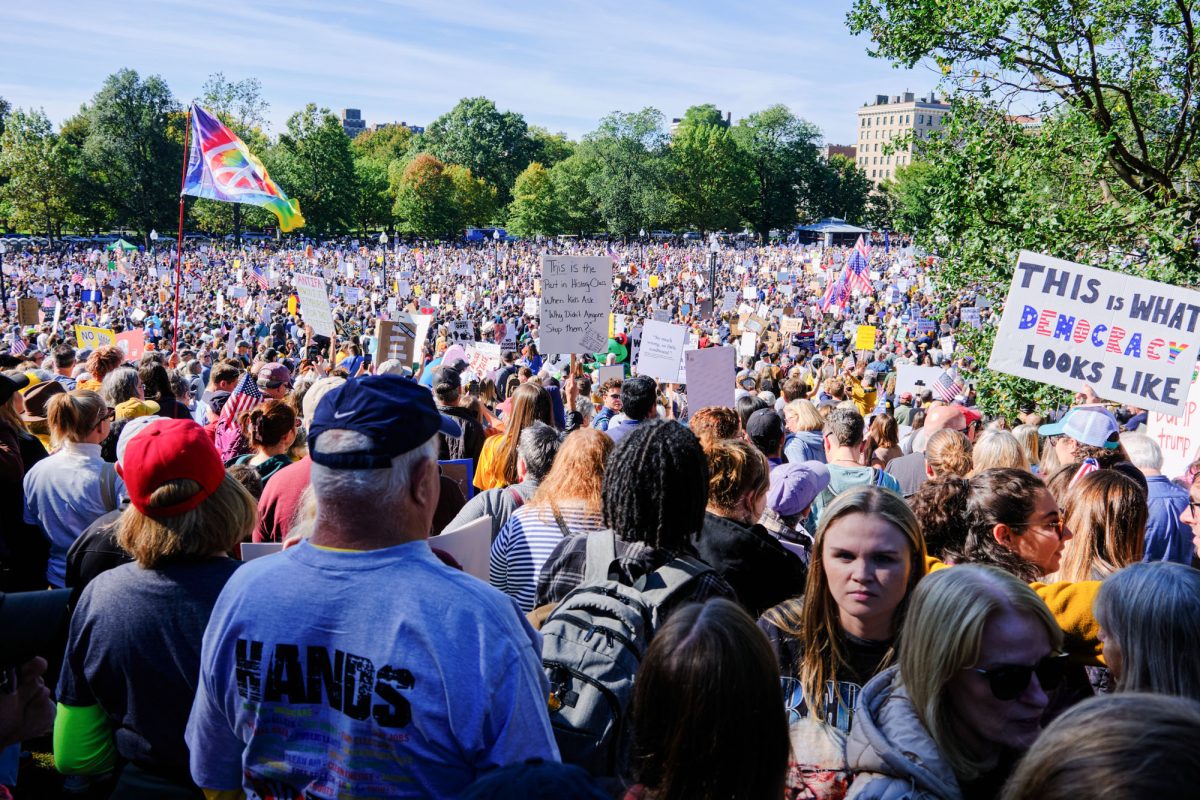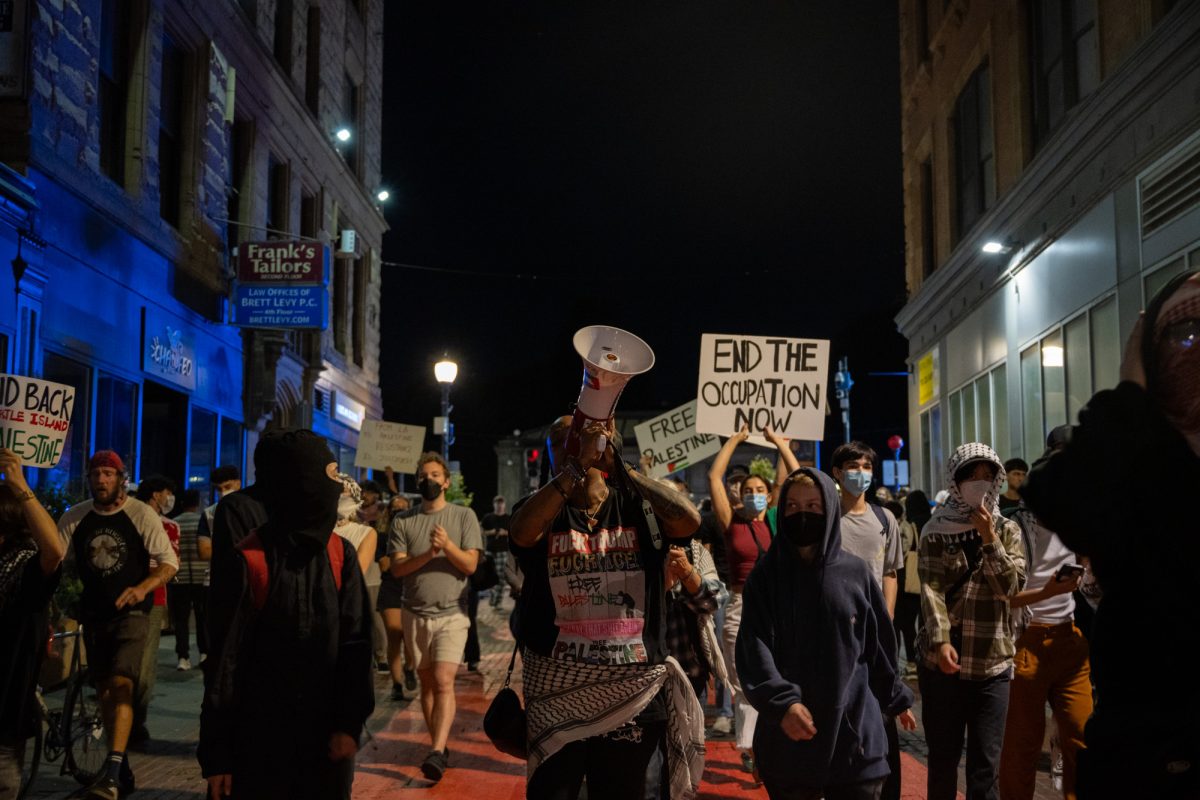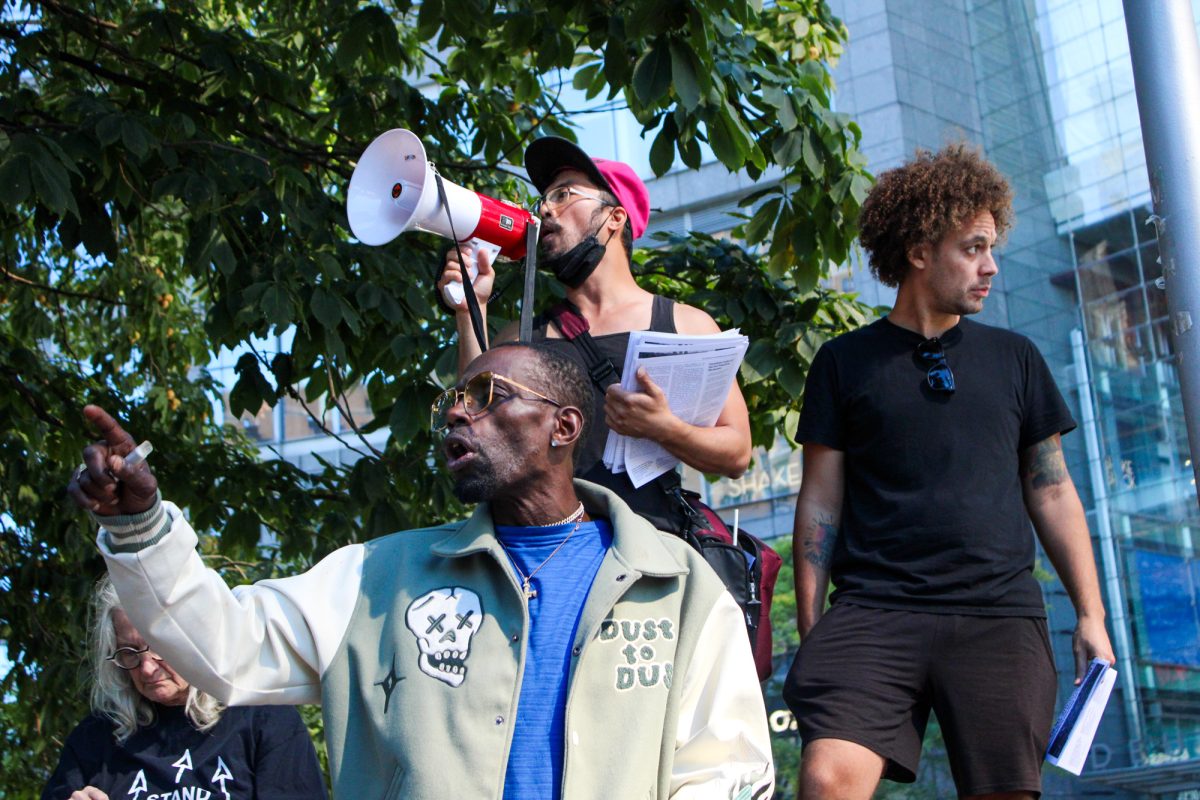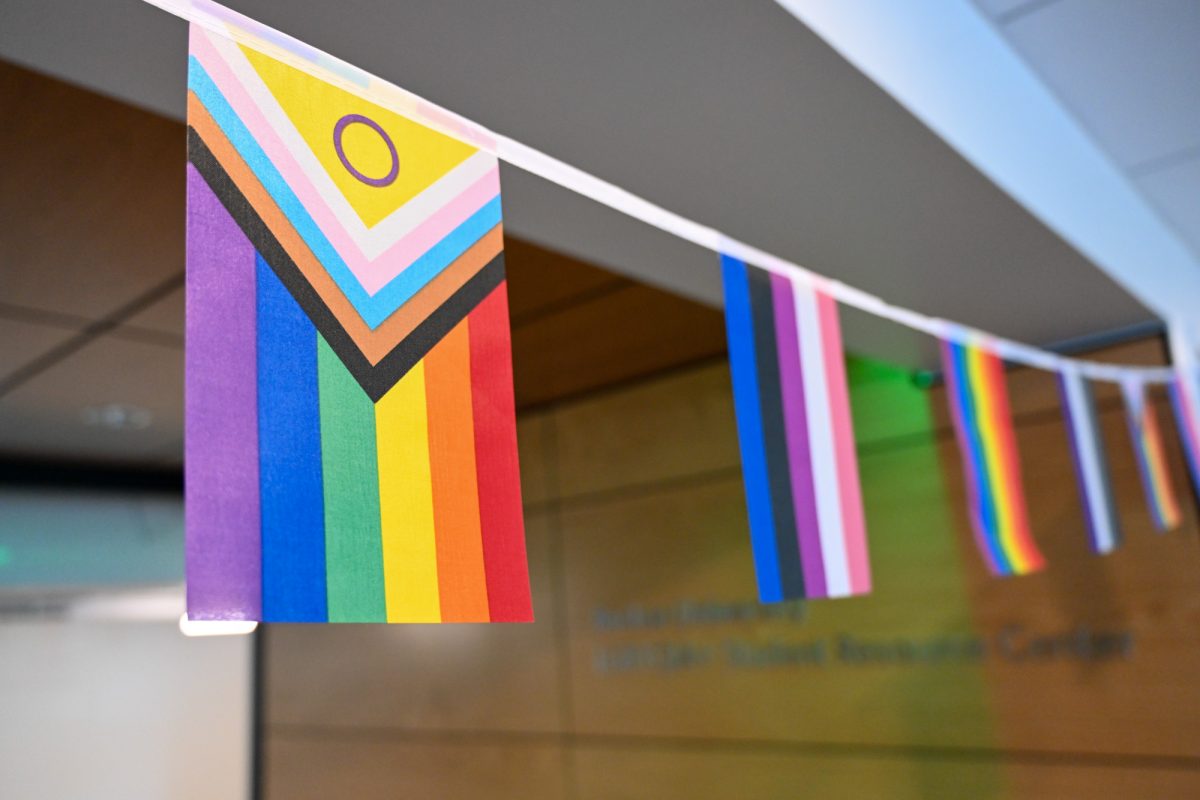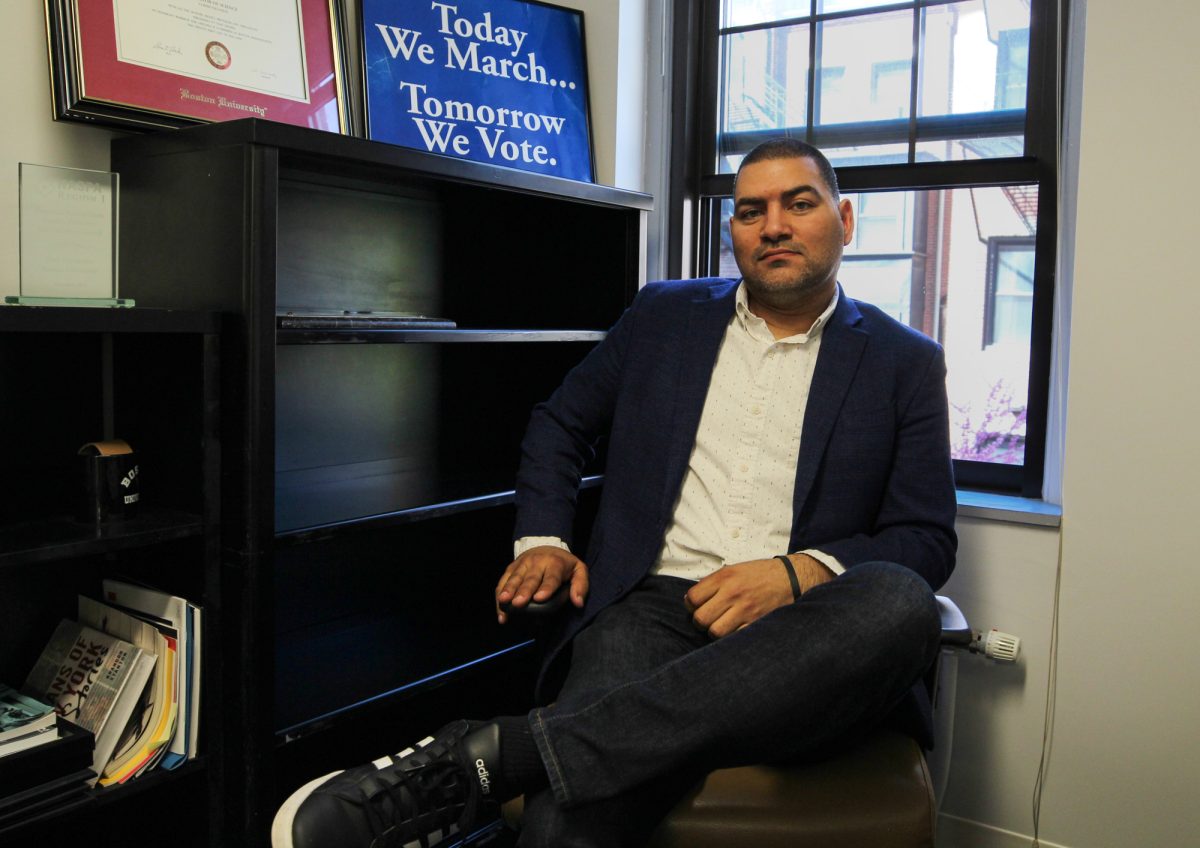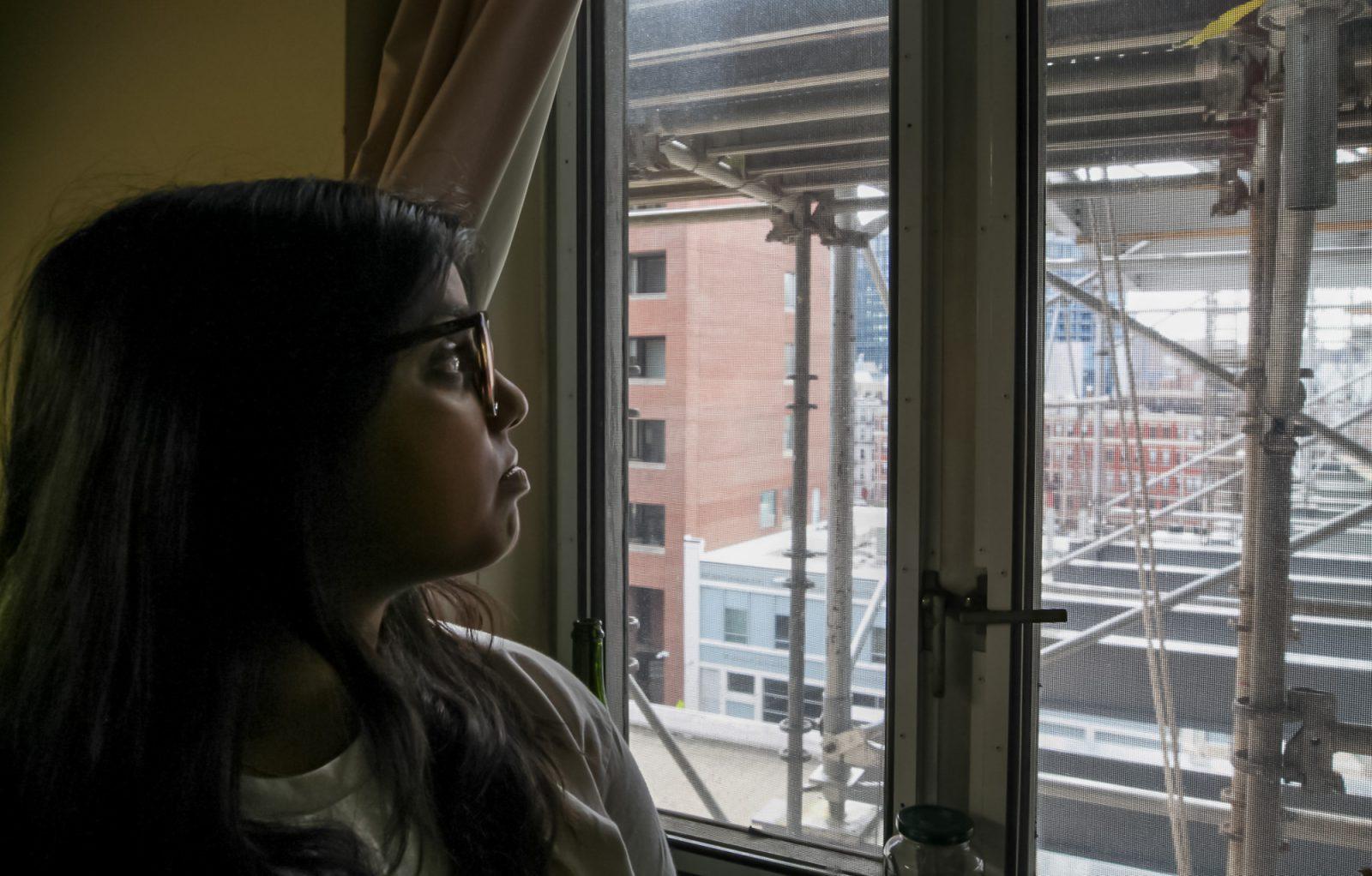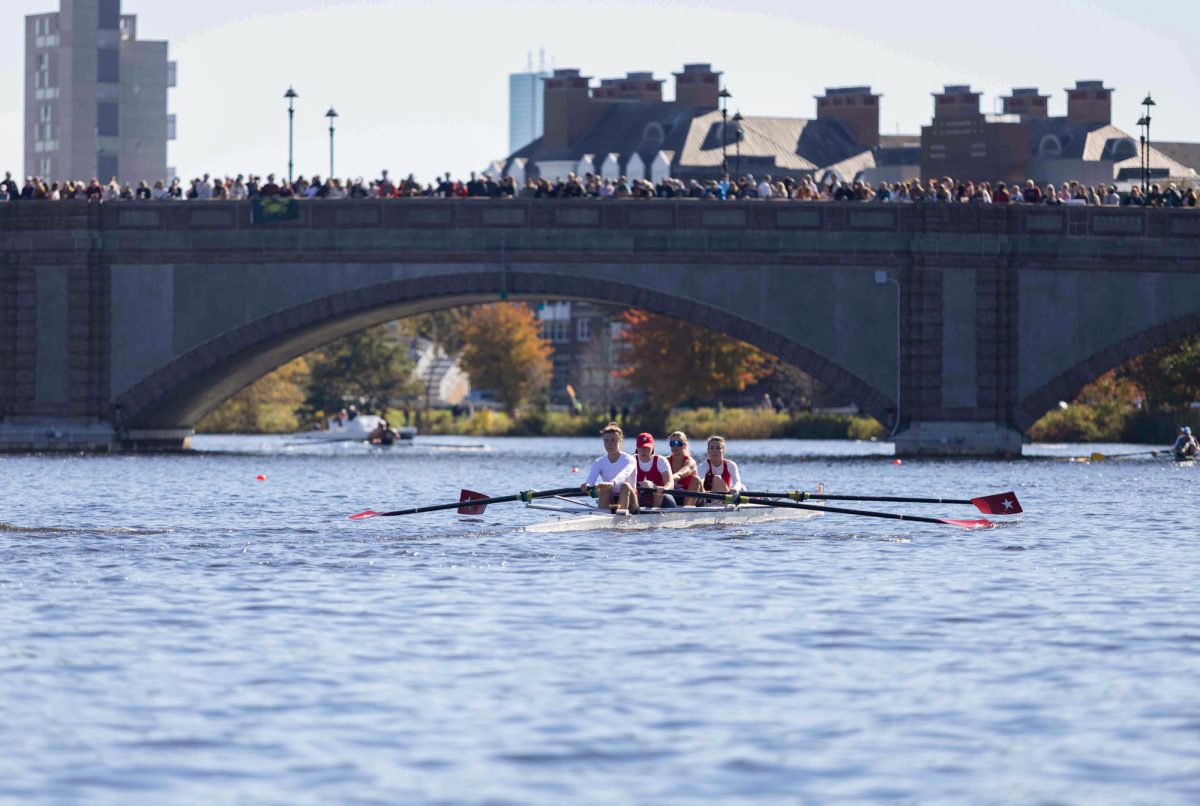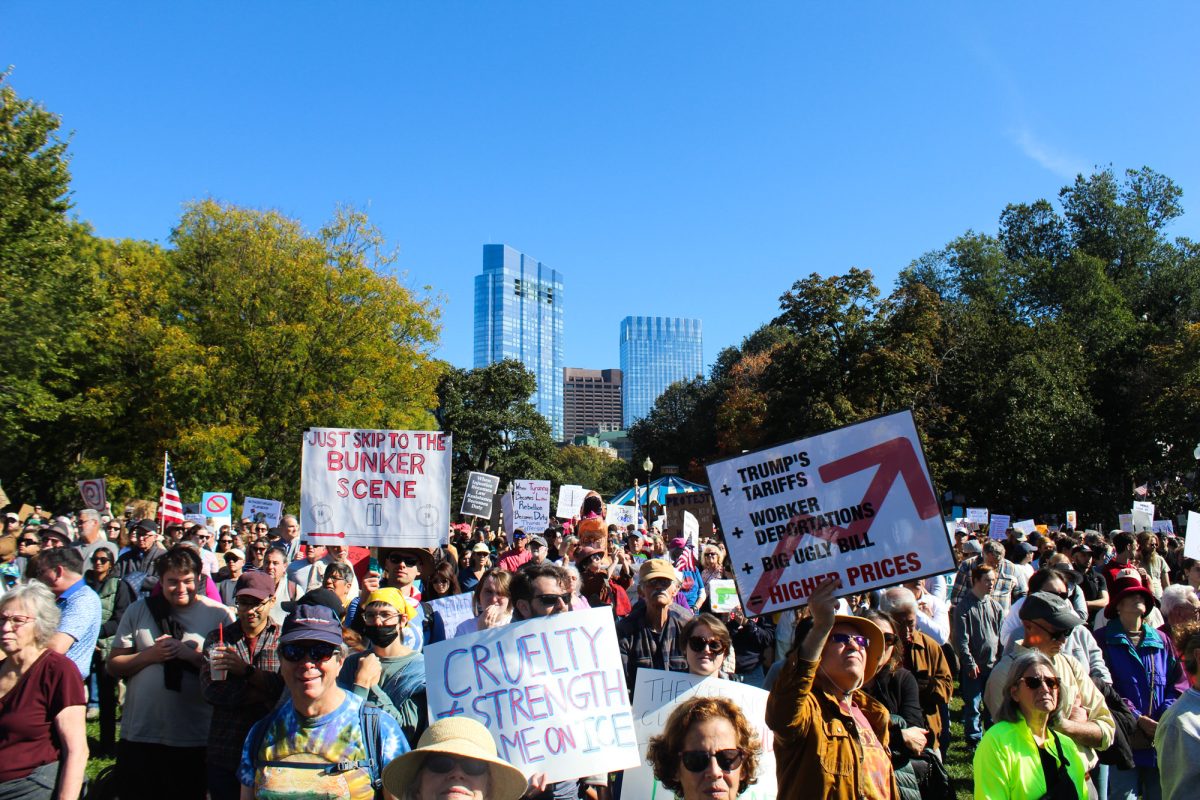Massachusetts distributed $2 million to local law enforcement, several state agencies and Northeastern University Jan. 31 in an effort to increase gun violence prevention initiatives.
The funds were awarded by the Department of Justice through its Byrne State Crisis Intervention Program, according to a press release from the Office of Grants and Research and Executive Office of Public Safety and Security.
The grants will support various programs, with a key focus on training law enforcement and other professionals to enhance their response to individuals in crisis and achieve better outcomes in those situations, said Renee Algarin, director of communications for the OGR.
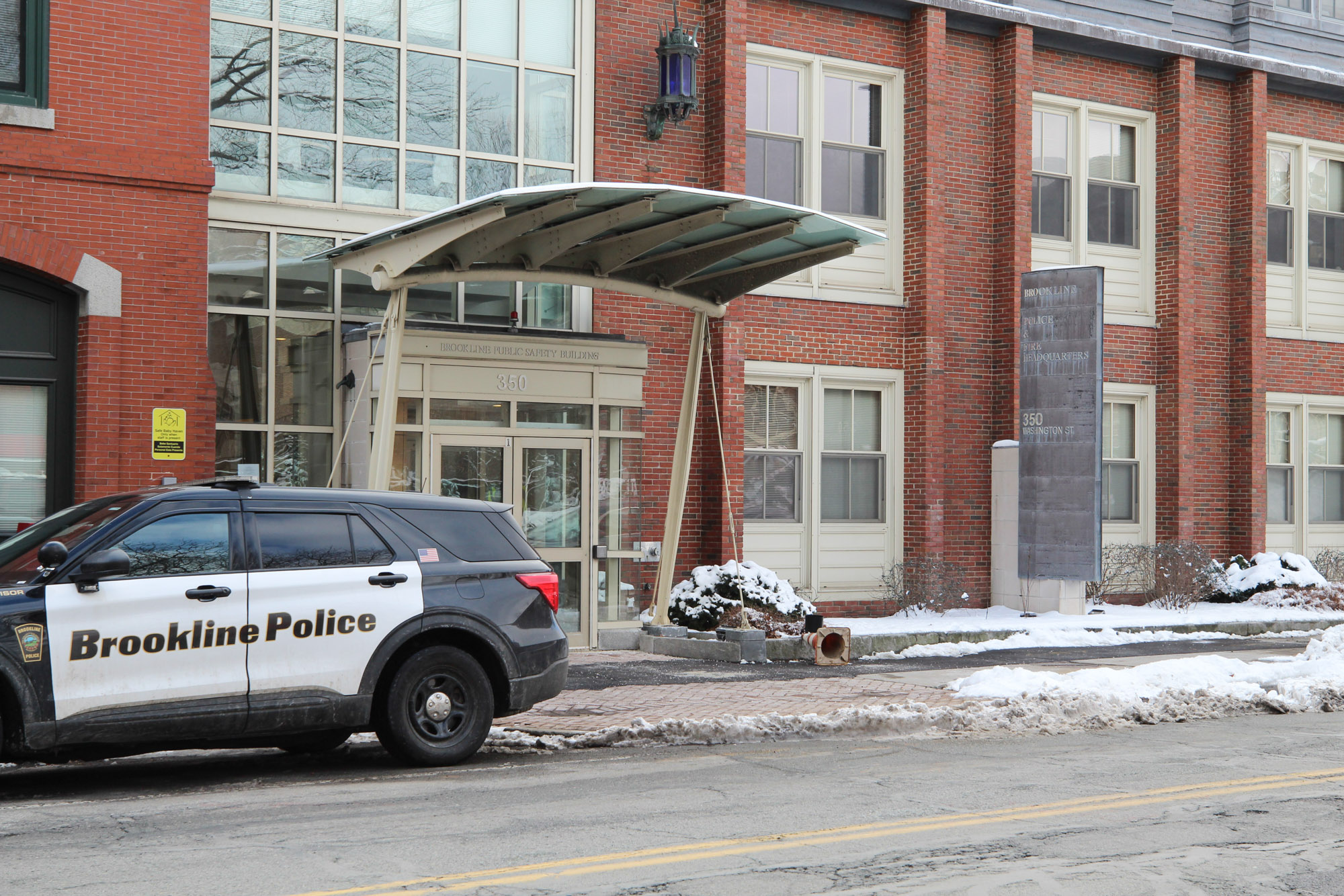
The funds will also support outreach regarding Extreme Risk Protection Orders, which suspends a person’s license to possess or carry a gun, and evidence-based youth violence prevention programs, according to the press release.
“This is the first time that we’ve awarded these grant funds,” Algarin said. “We’re really grateful for the opportunity to be able to to work with partners in law enforcement and state agencies to to bring these resources to the state.”
Ruth Zakarin, executive director of the Massachusetts Coalition to Prevent Gun Violence, said investing in law enforcement training “has always been a priority” for the state.
Mass. had the 2nd second lowest U.S. gun death rate in 2022, according to the CDC, and currently has some of the strongest gun laws in the country, according to Everytown Research.
Zakarin said the state’s partnership with local police departments around gun violence prevention and education is important.
“I’d love to see training funds across the board, whether it’s law enforcement or folks in the community, youth service workers, hospitals, faith communities and schools,” Zakarin said.
On the other hand, Jim Wallace, executive director of the Gun Owners’ Action League, an organization aiming to protect Second Amendment rights, said these funds are not being properly used.
“Sadly, I think it’s a complete misuse of money,” Wallace said. “I don’t see anything in there that’s going to actually talk about or reduce gun violence in Massachusetts or violence in general.”
Wallace said the state’s approach to gun violence is flawed and will not be effective in reducing violence.
“It’s one of these things where they hand out money to make things look good, but they’re actually not accomplishing anything,” Wallace said.
Jonathan Jay, an assistant professor at the BU School of Public Health, said there is more than one strategy in gun violence prevention.
“There’s no single solution for all forms of firearm injury,” Jay said. “Extreme Risk Protection Orders are part of the picture.”
Still, Jay said funding towards police training is important.
“It is necessary for local law enforcement to have training, because they play a key role in the implementation of ERPOs,” Jay said.
Despite low gun violence rates in Massachusetts compared to other states, Jay said gun violence is still an issue, particularly among communities of color.
“Although gun violence overall in the state, or gun injuries, gun deaths are relatively low in Massachusetts, Massachusetts has very large racial disparities in gun homicide deaths,” Jay said. “There is still a lot to work on in gun violence prevention in Massachusetts.”
According to a Johns Hopkins report for Massachusetts in 2022, Latino males aged 15-34 years old were 11 times more likely to die by gun homicide than those who are white. Black people were 23 times more likely.
“I’m really hoping to see more work in municipalities and more municipal leaders making a commitment to addressing gun violence,” Zakarin said. “I’m hoping to see the state continue to fund community violence intervention programs robustly.”

